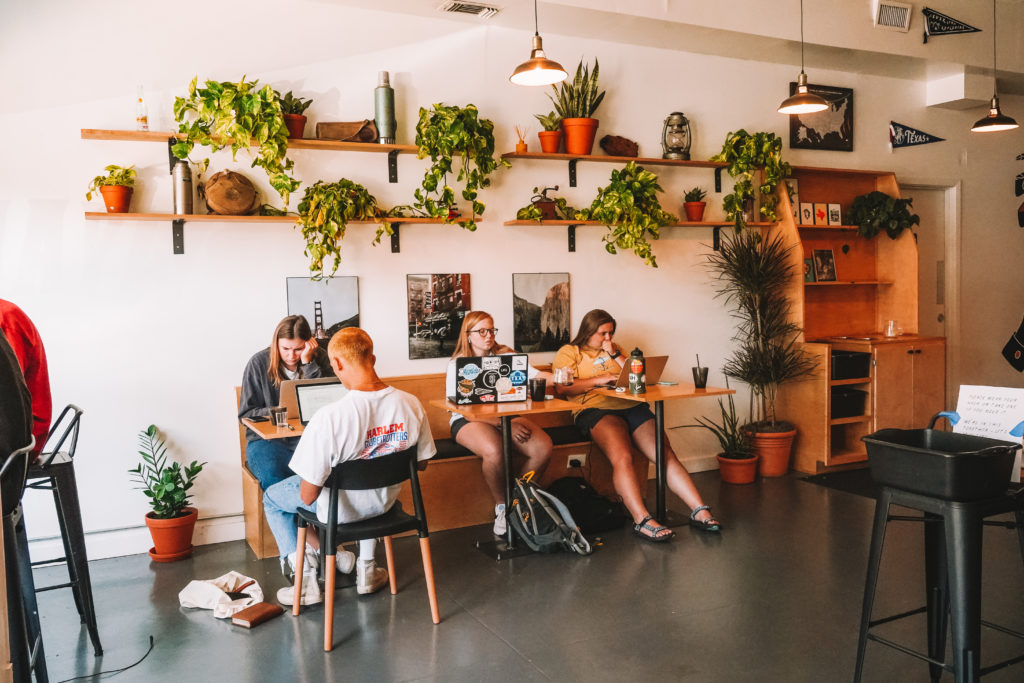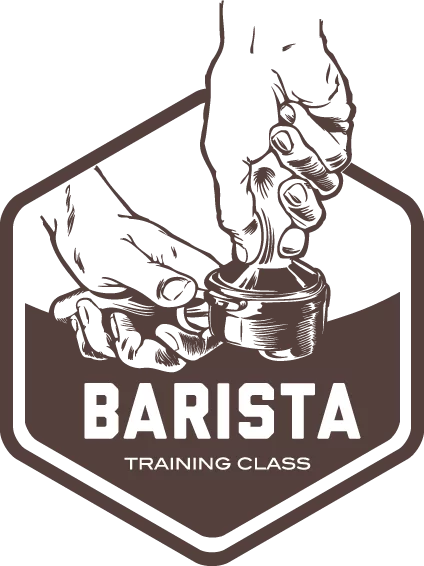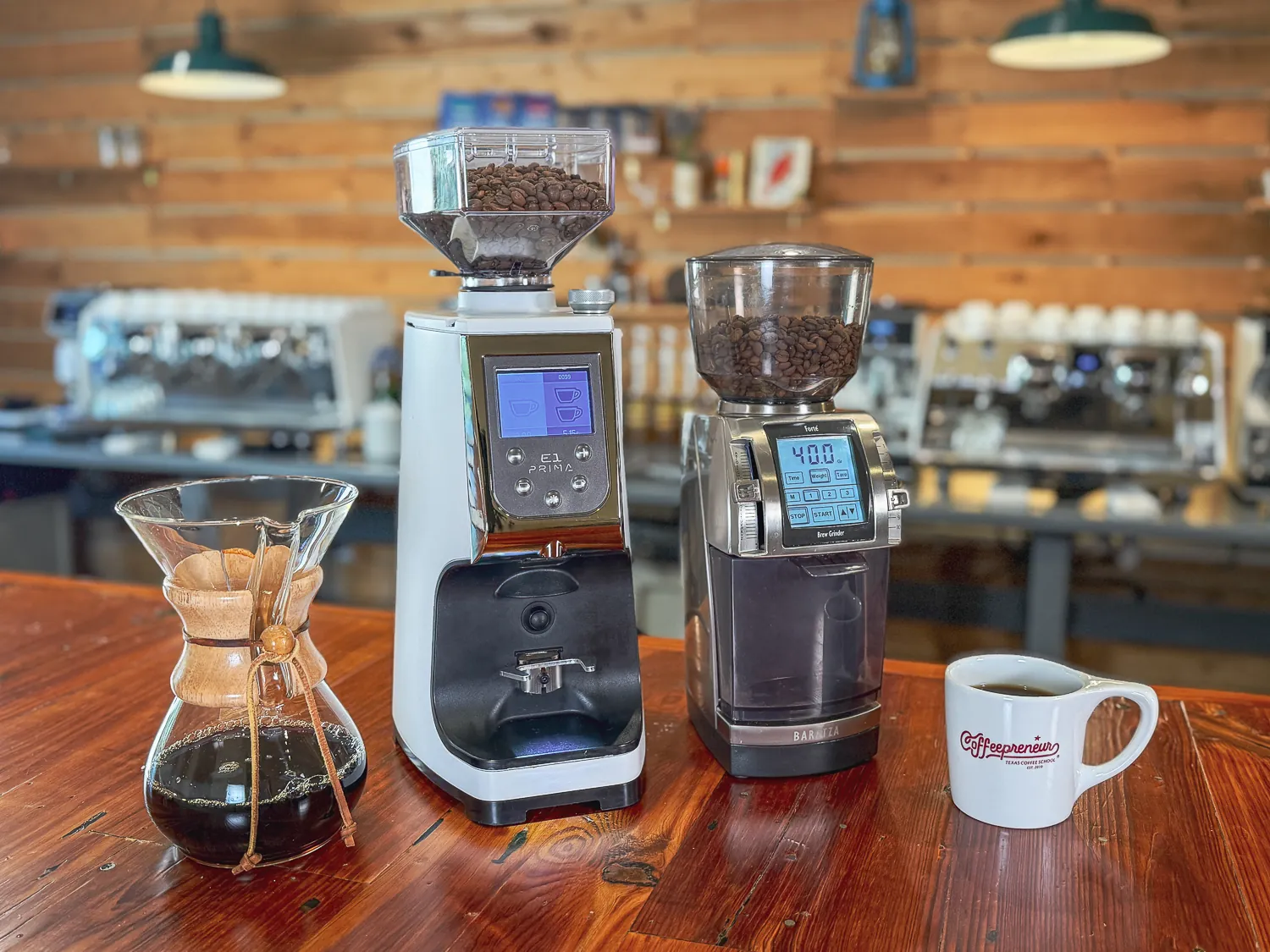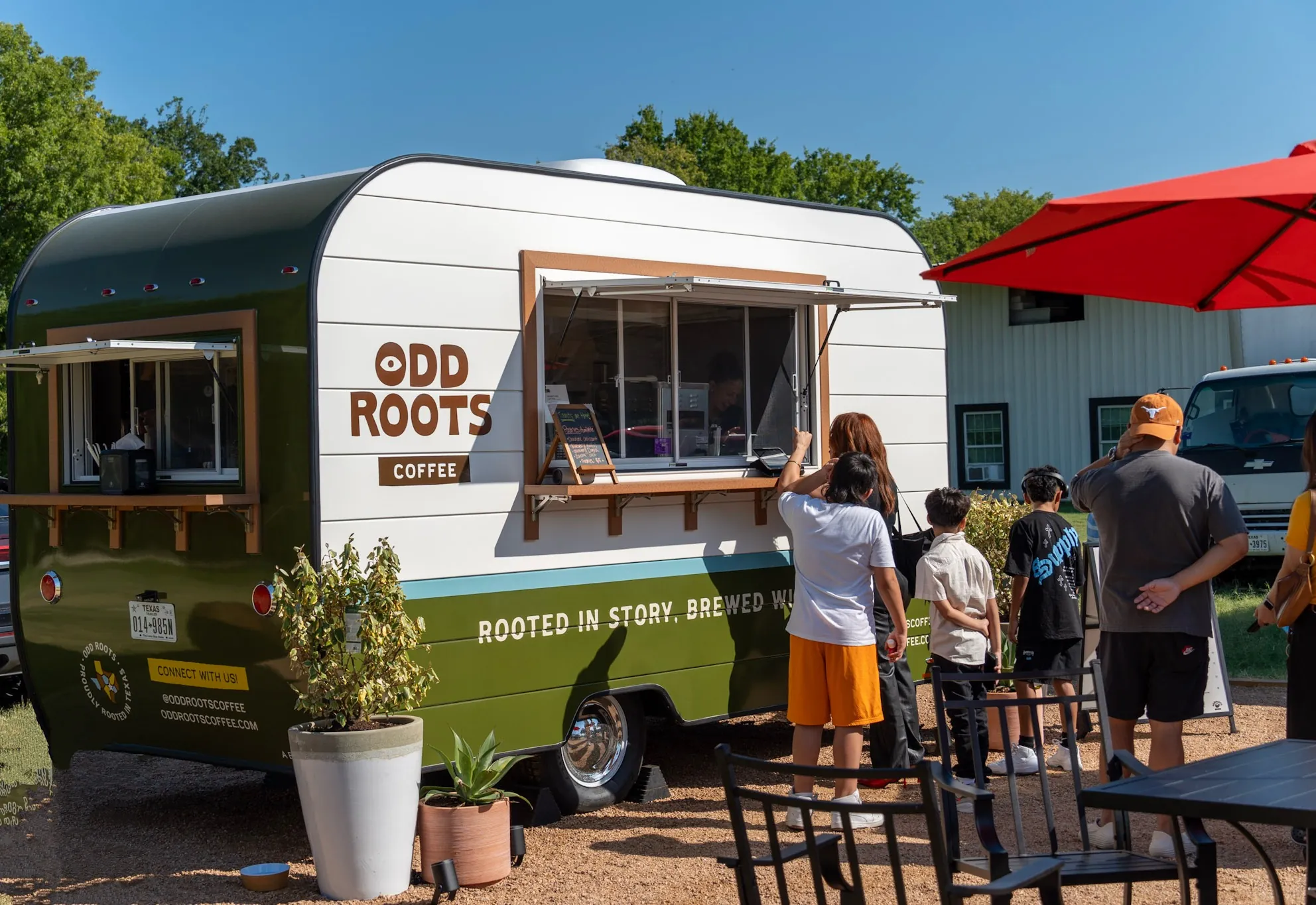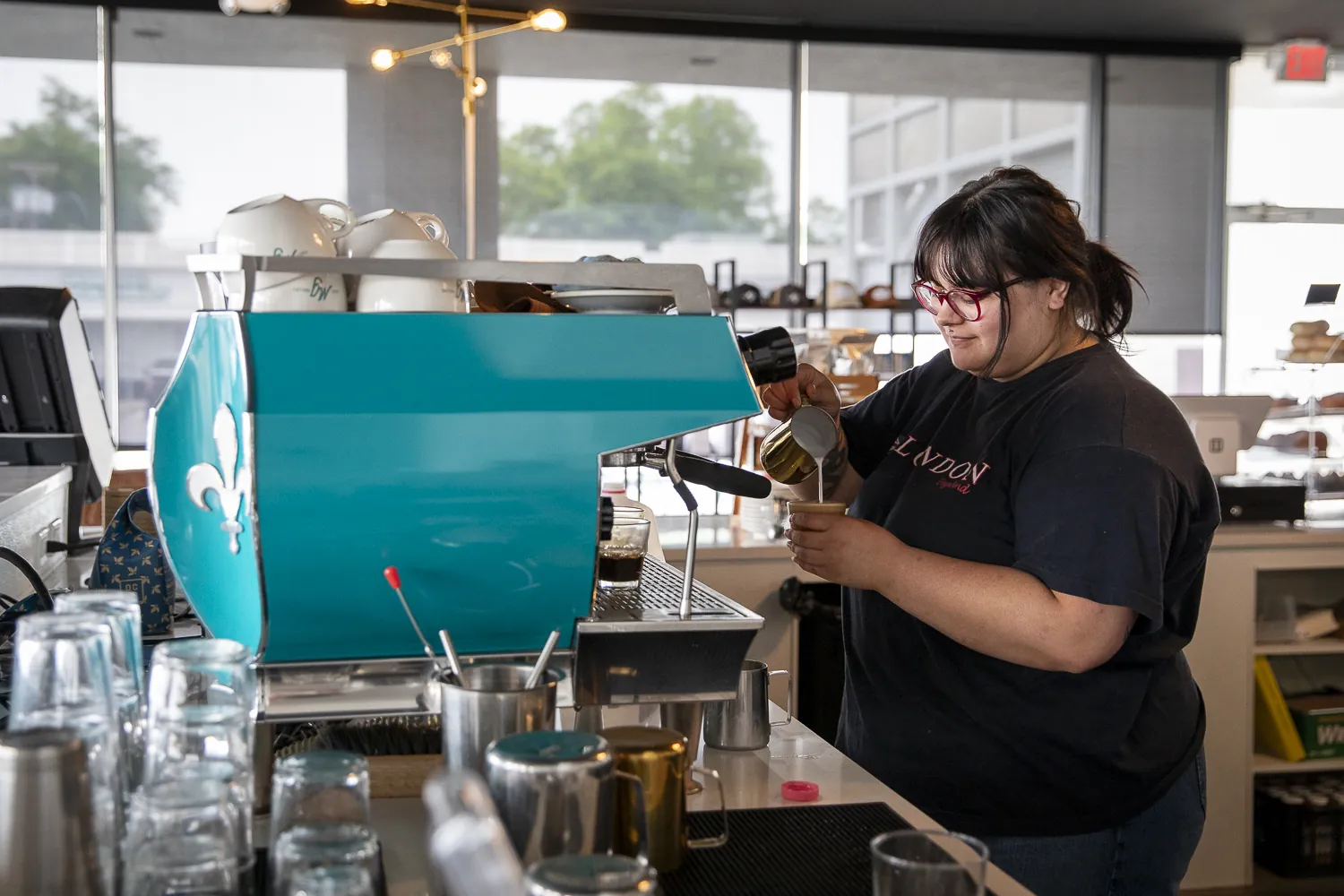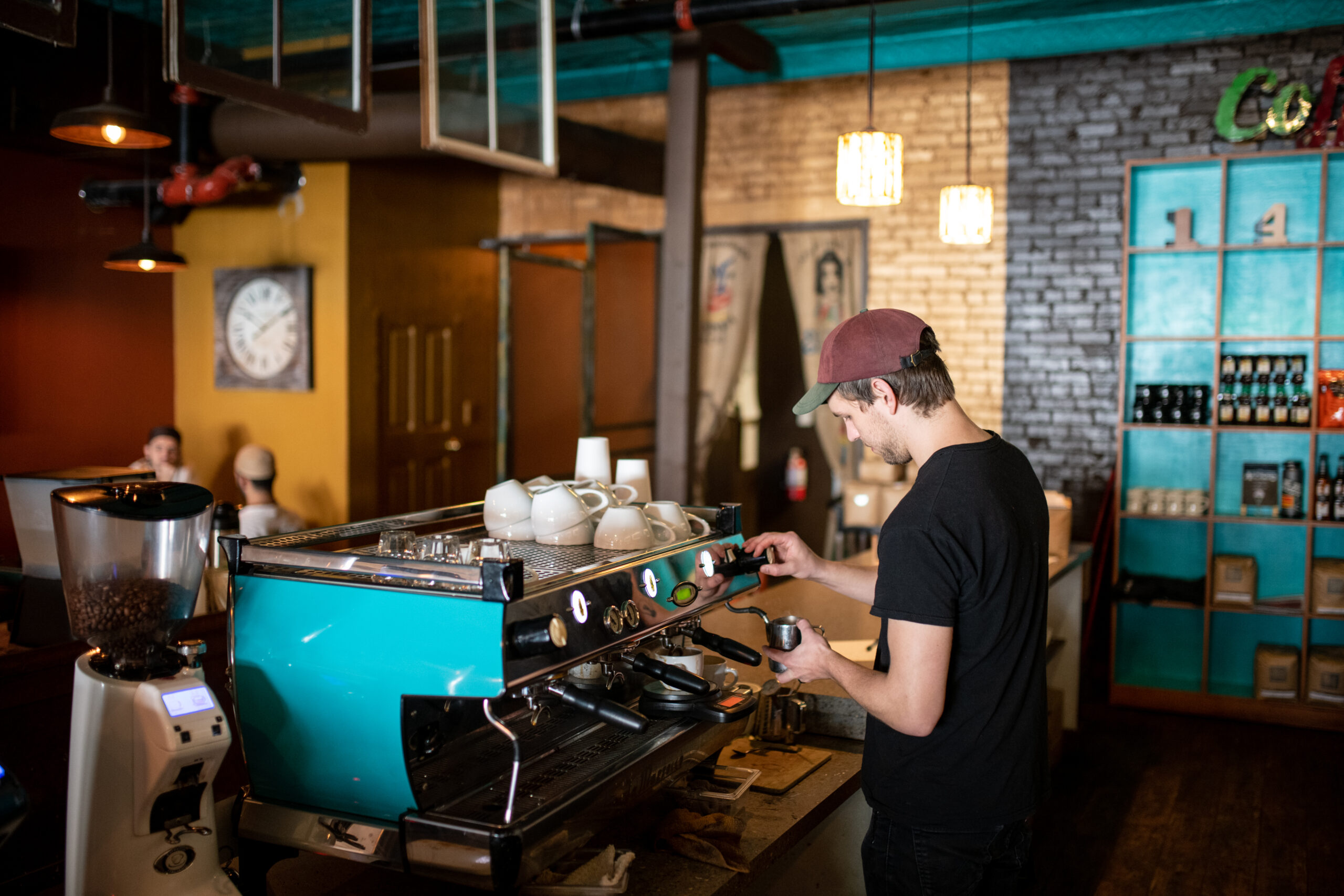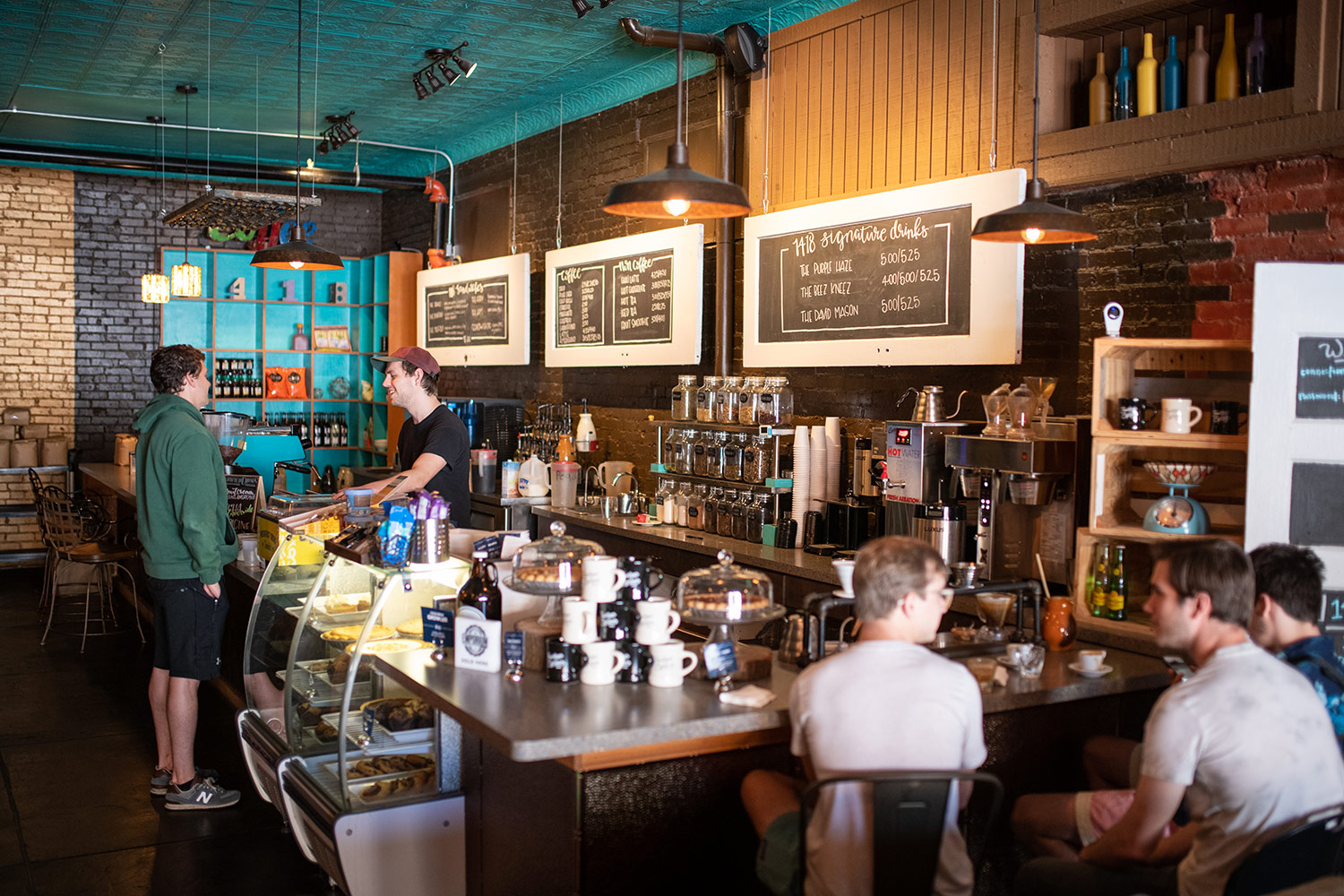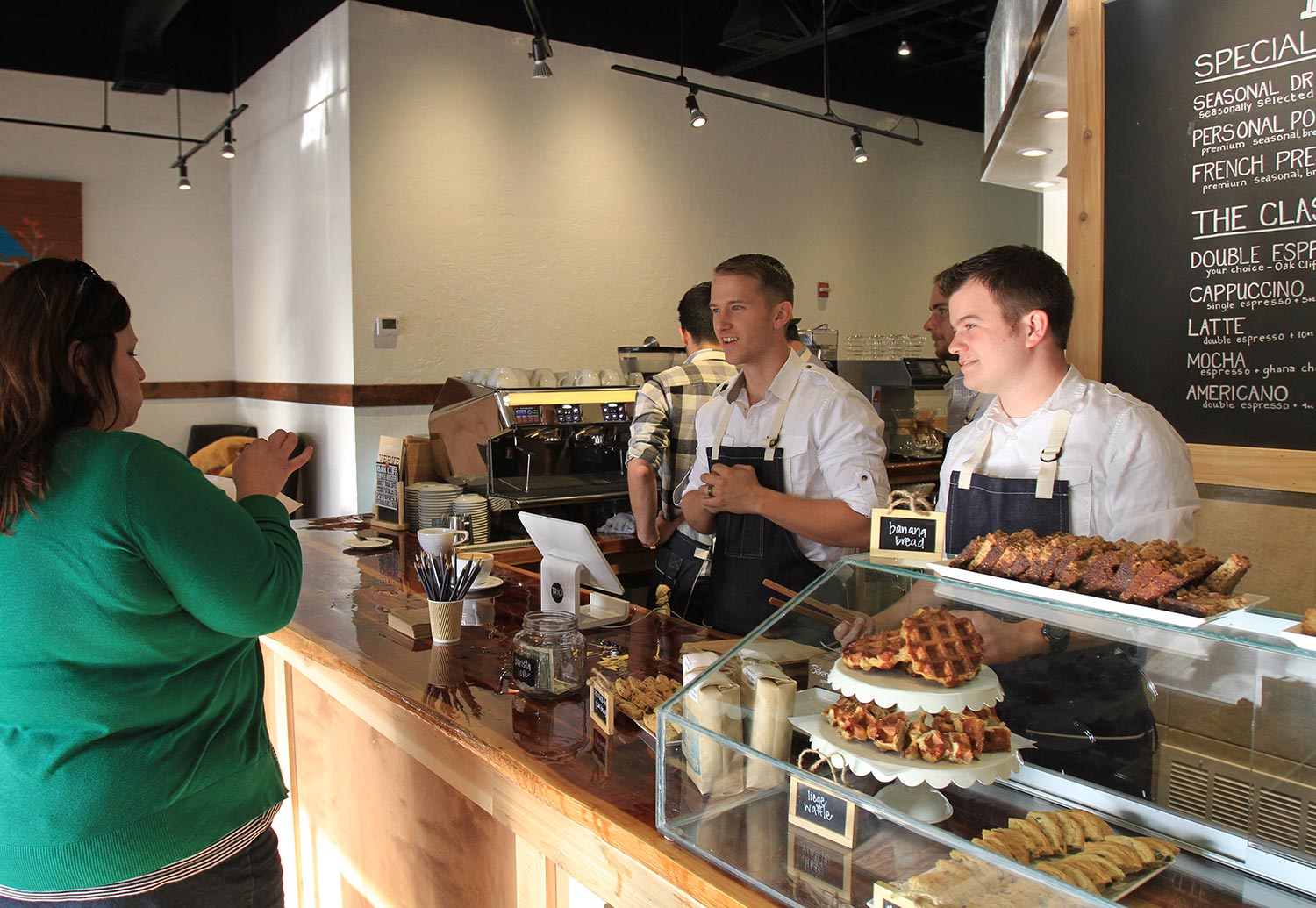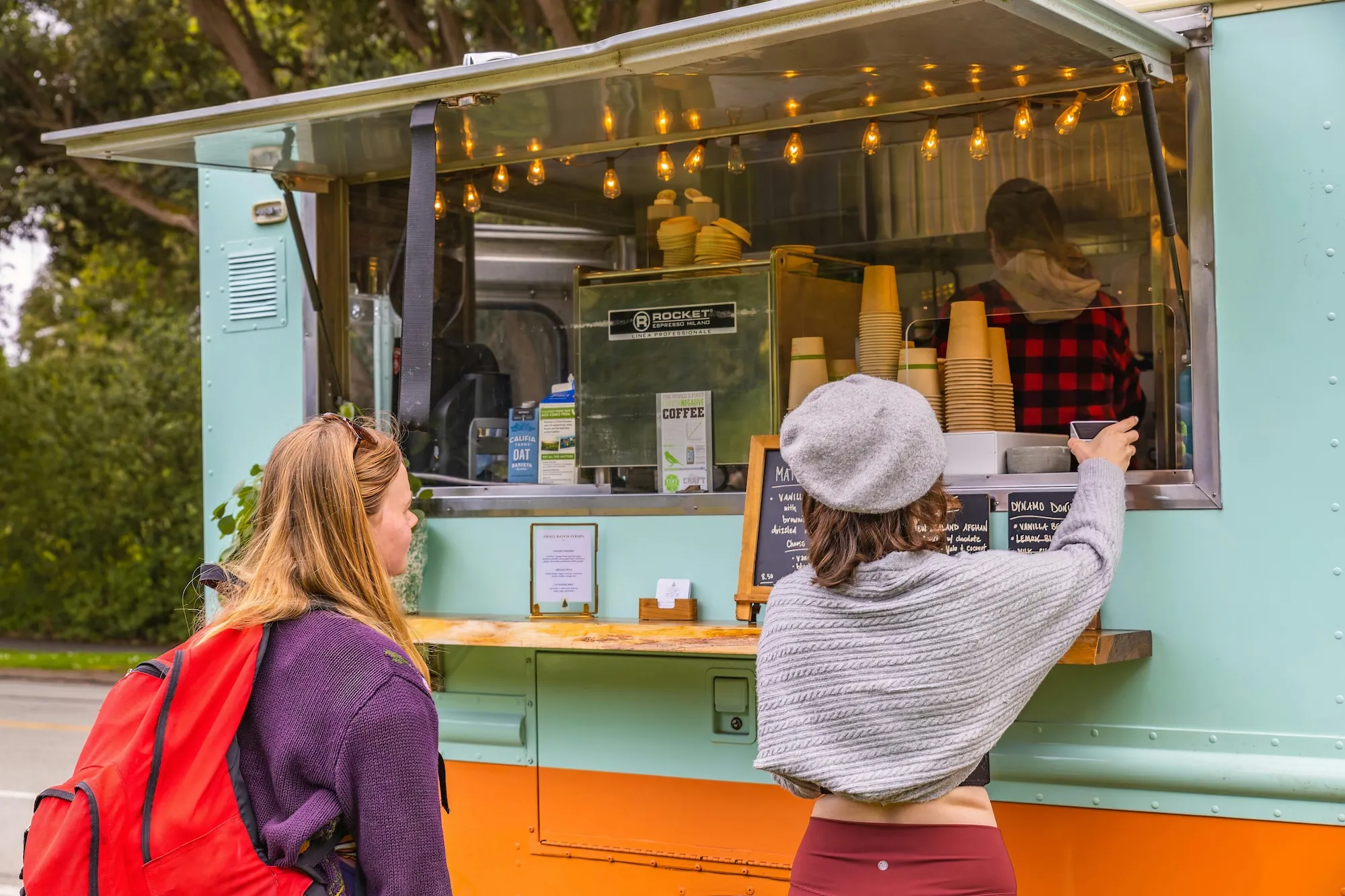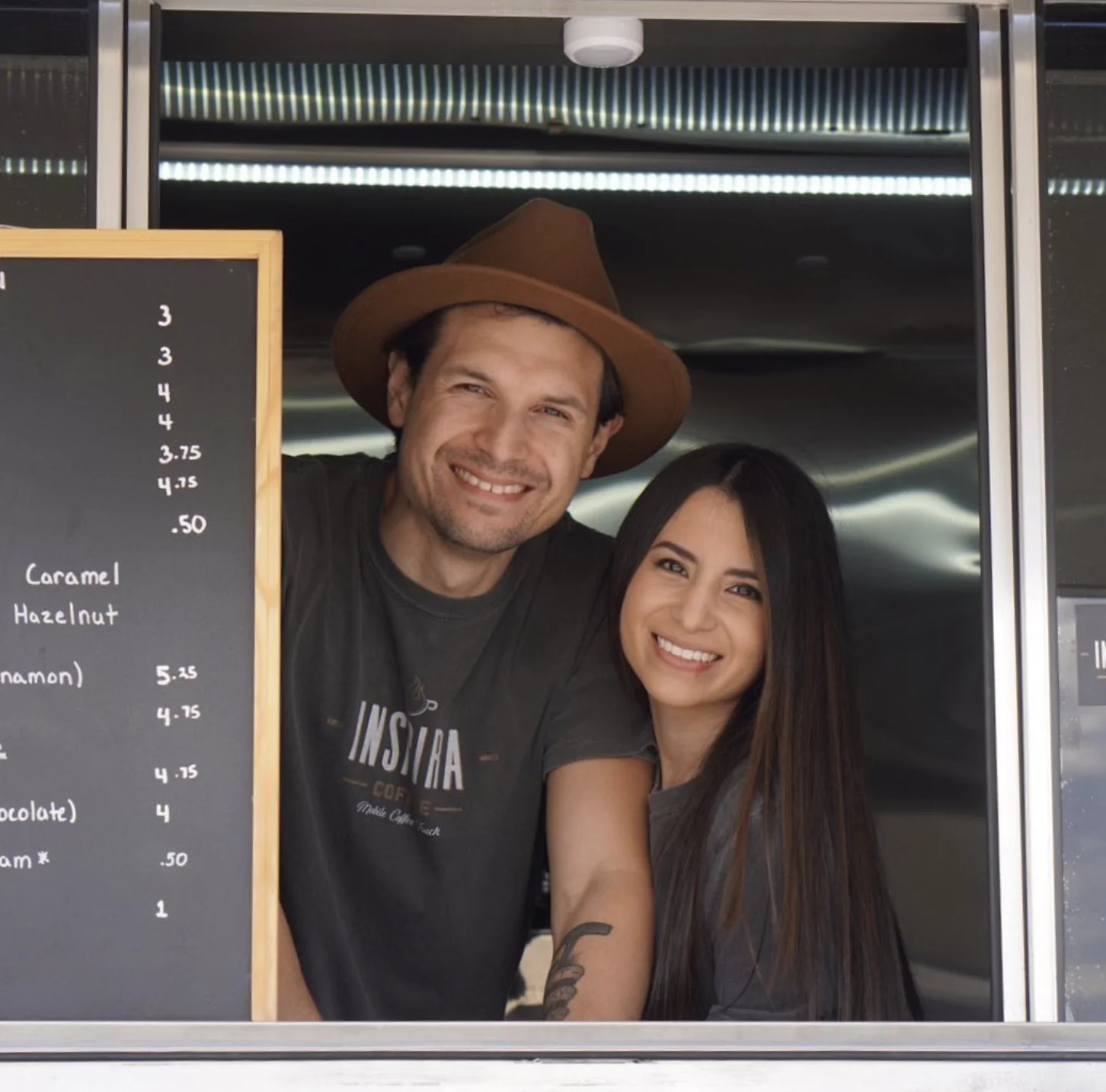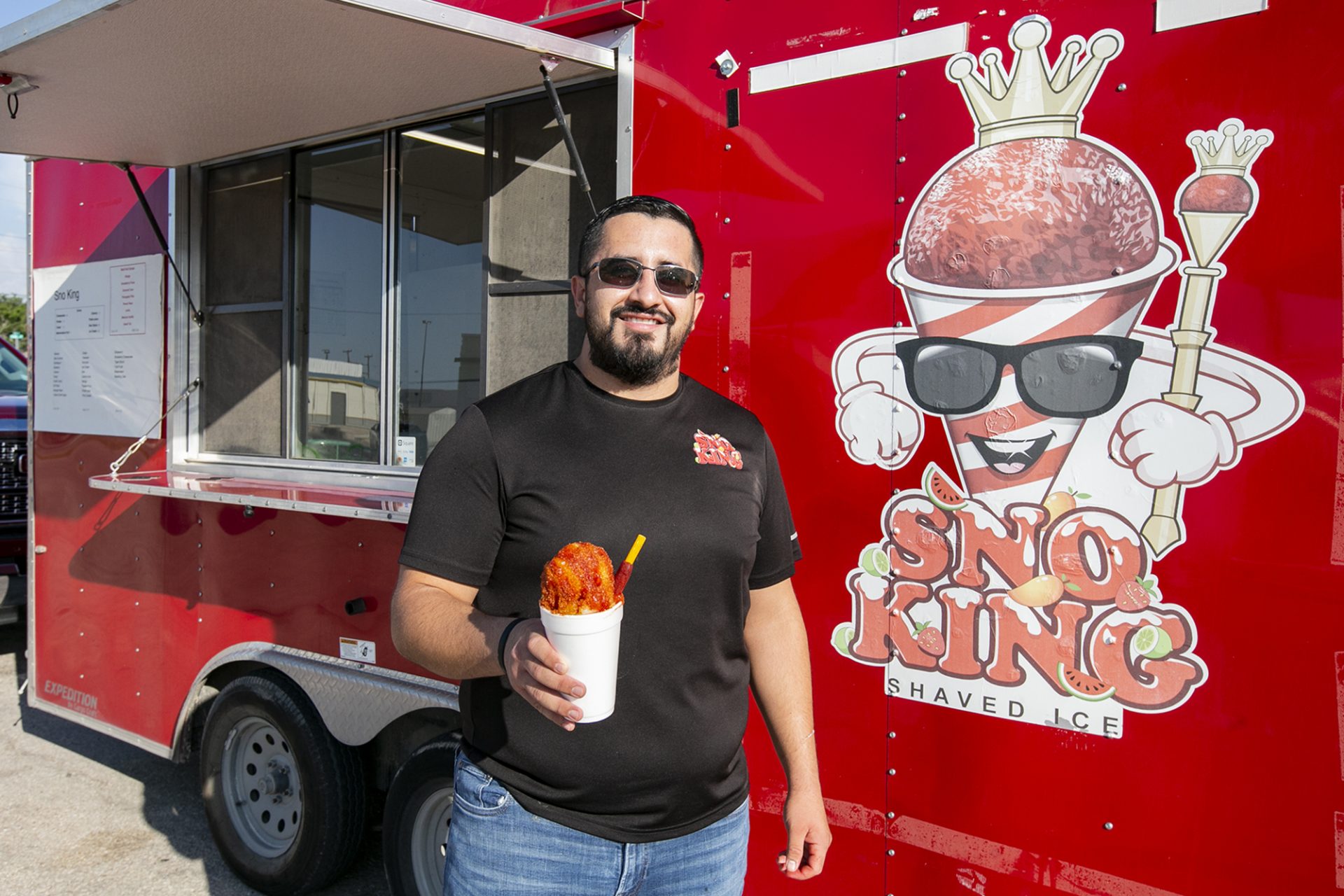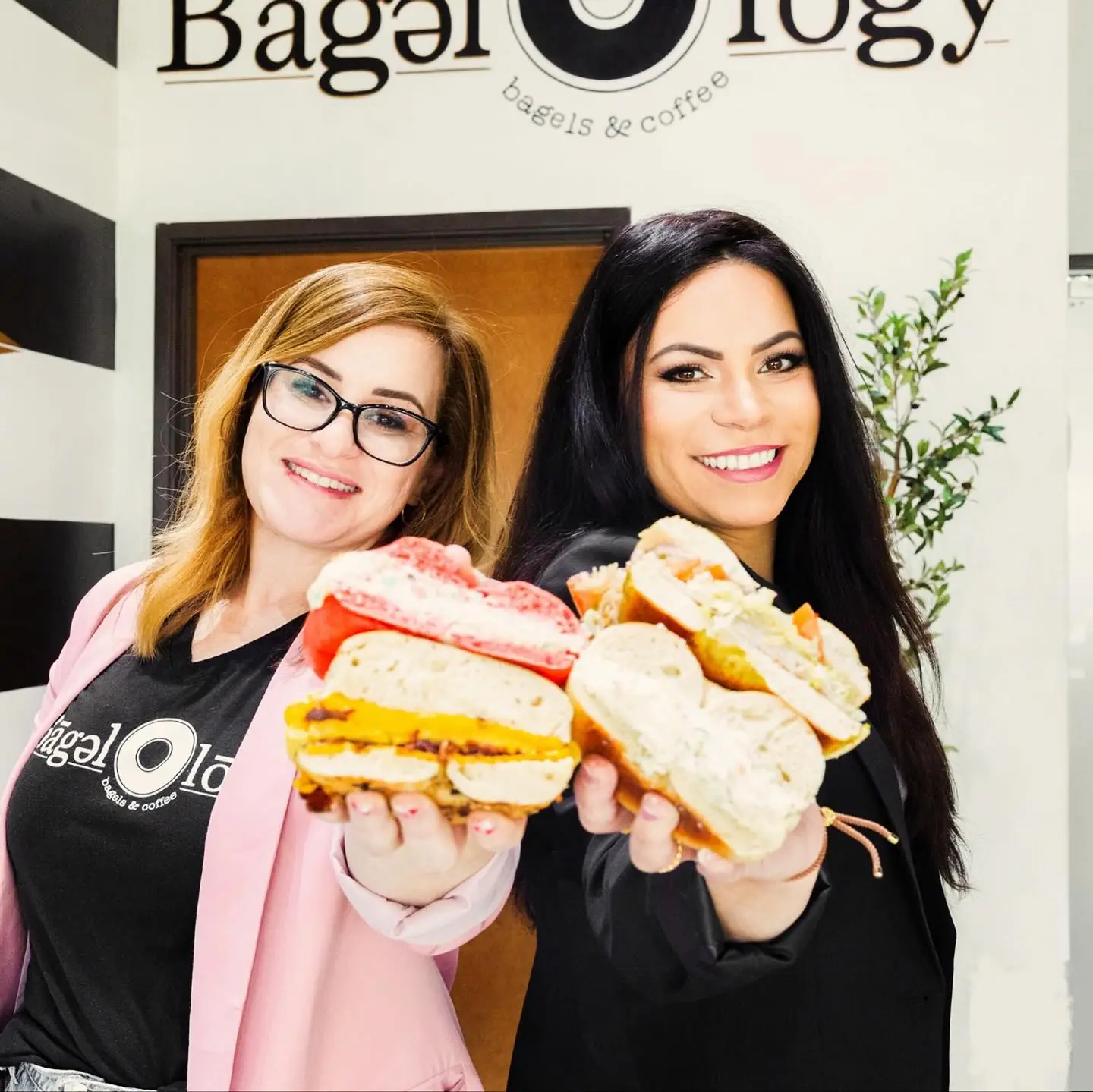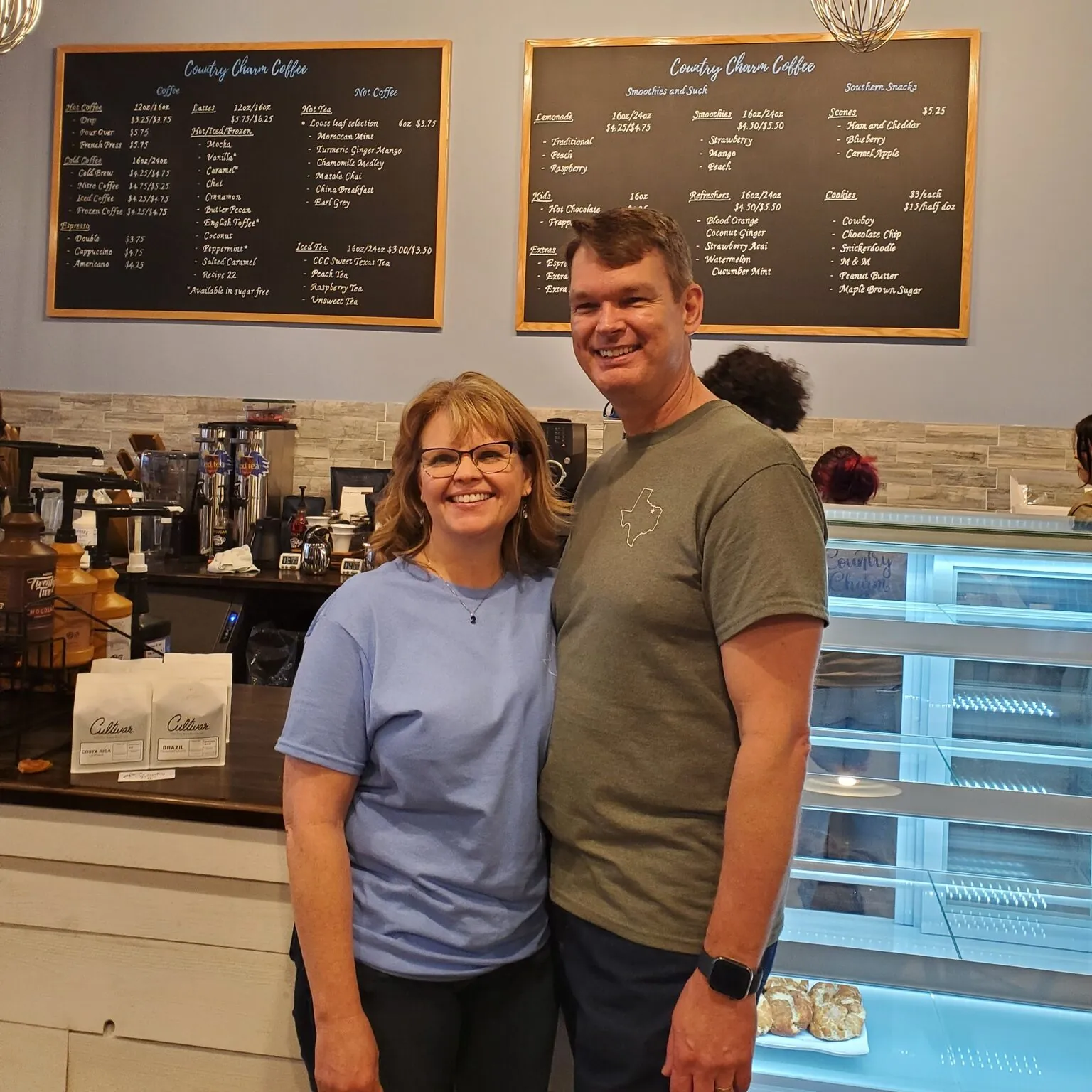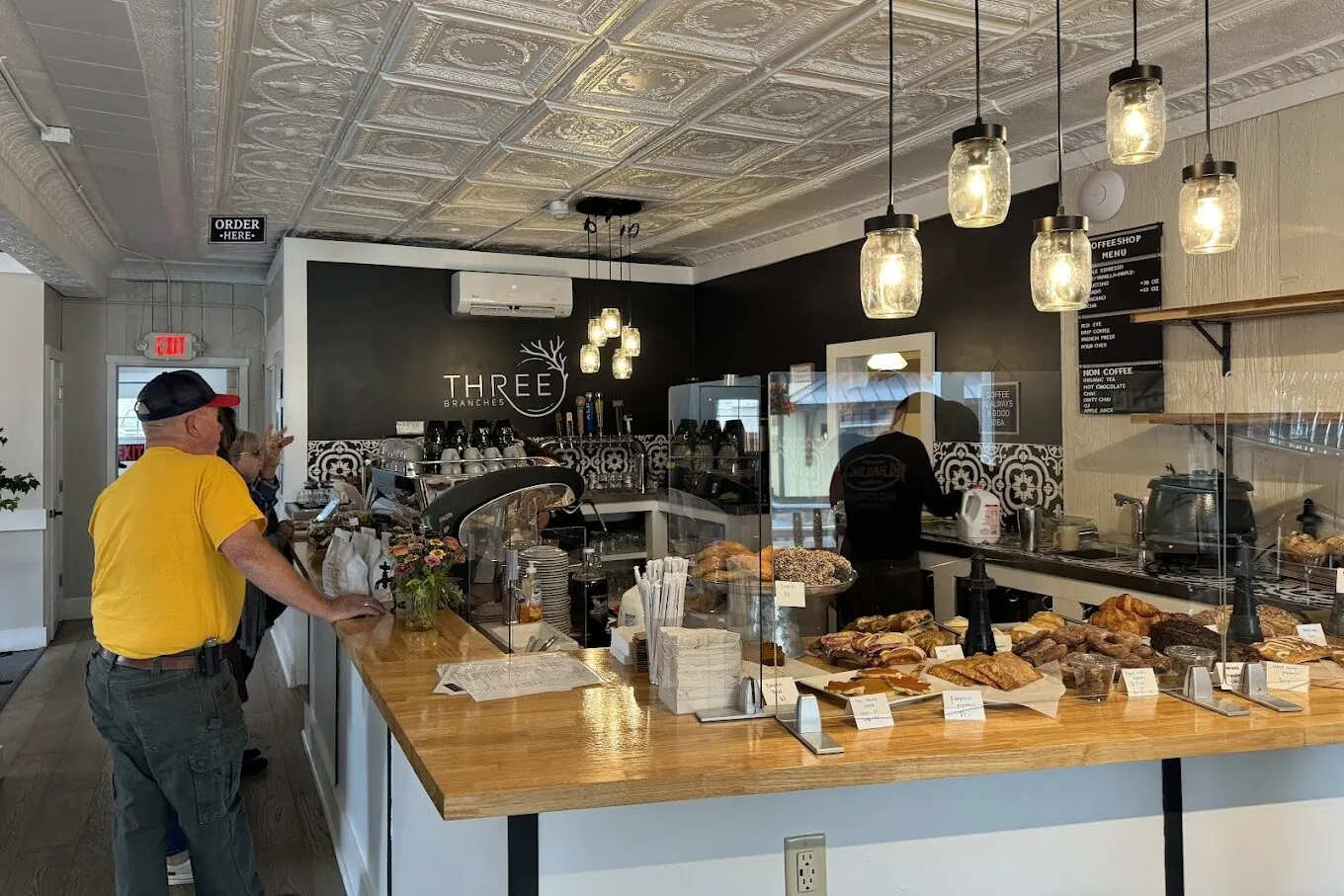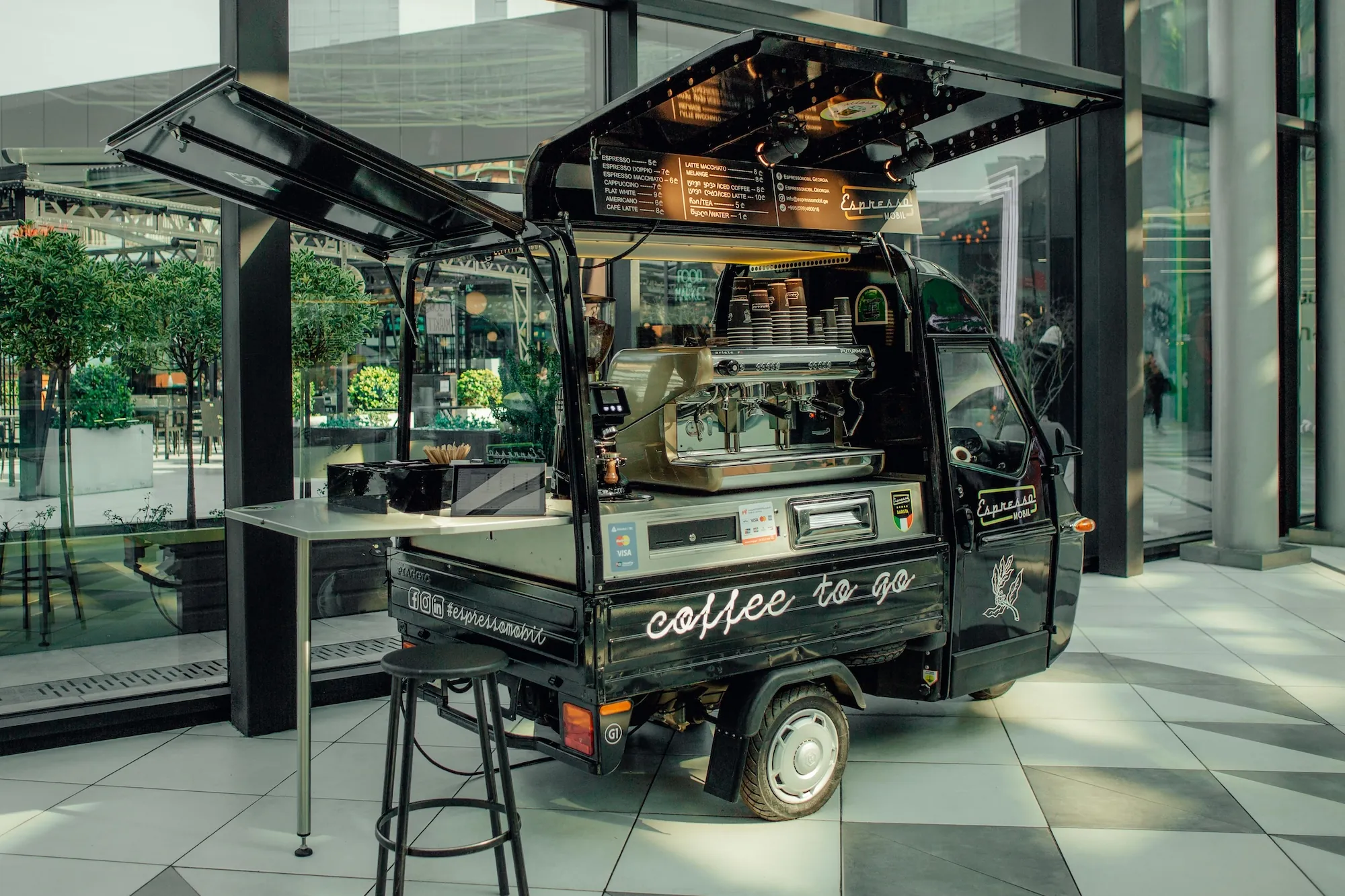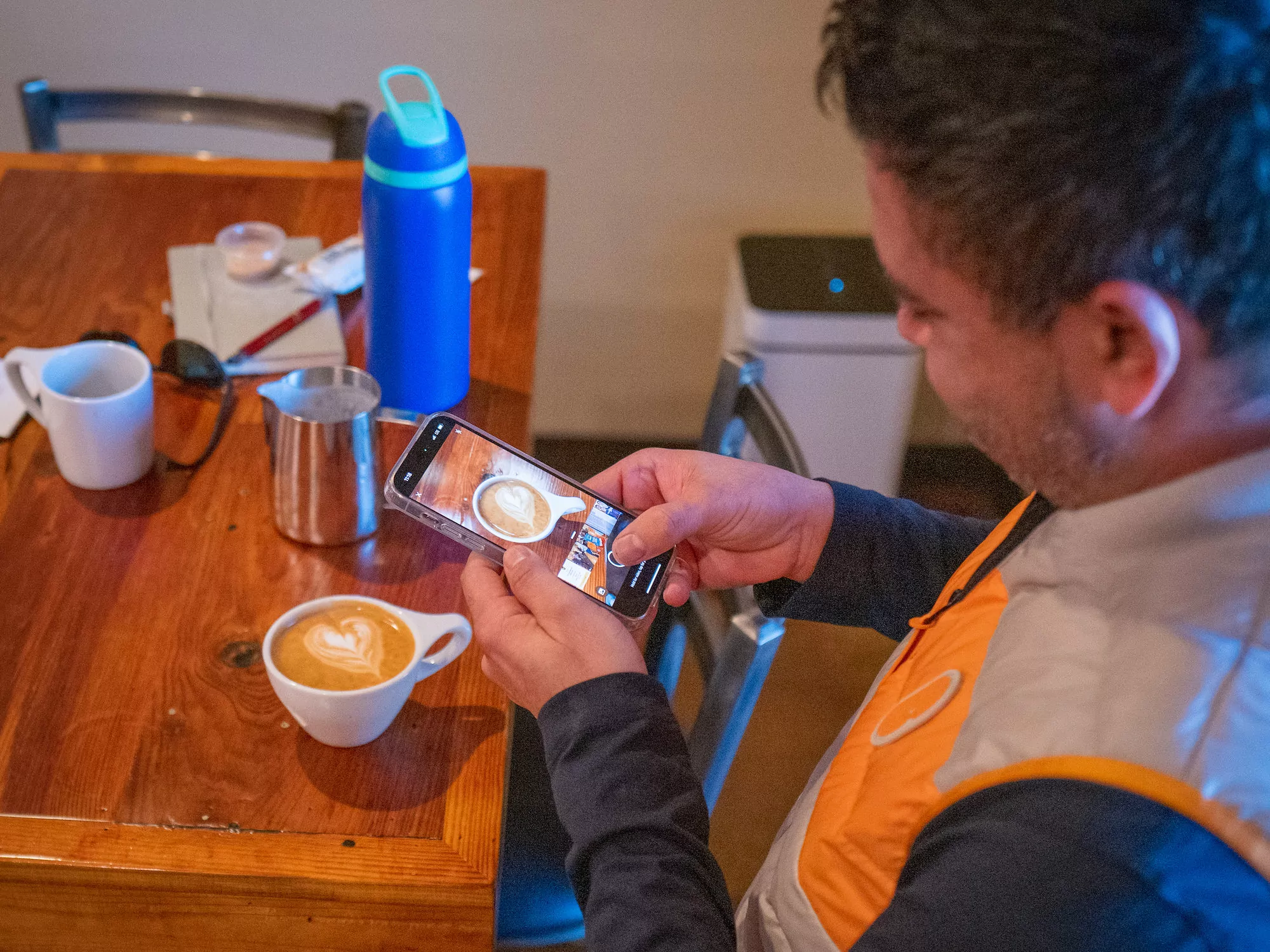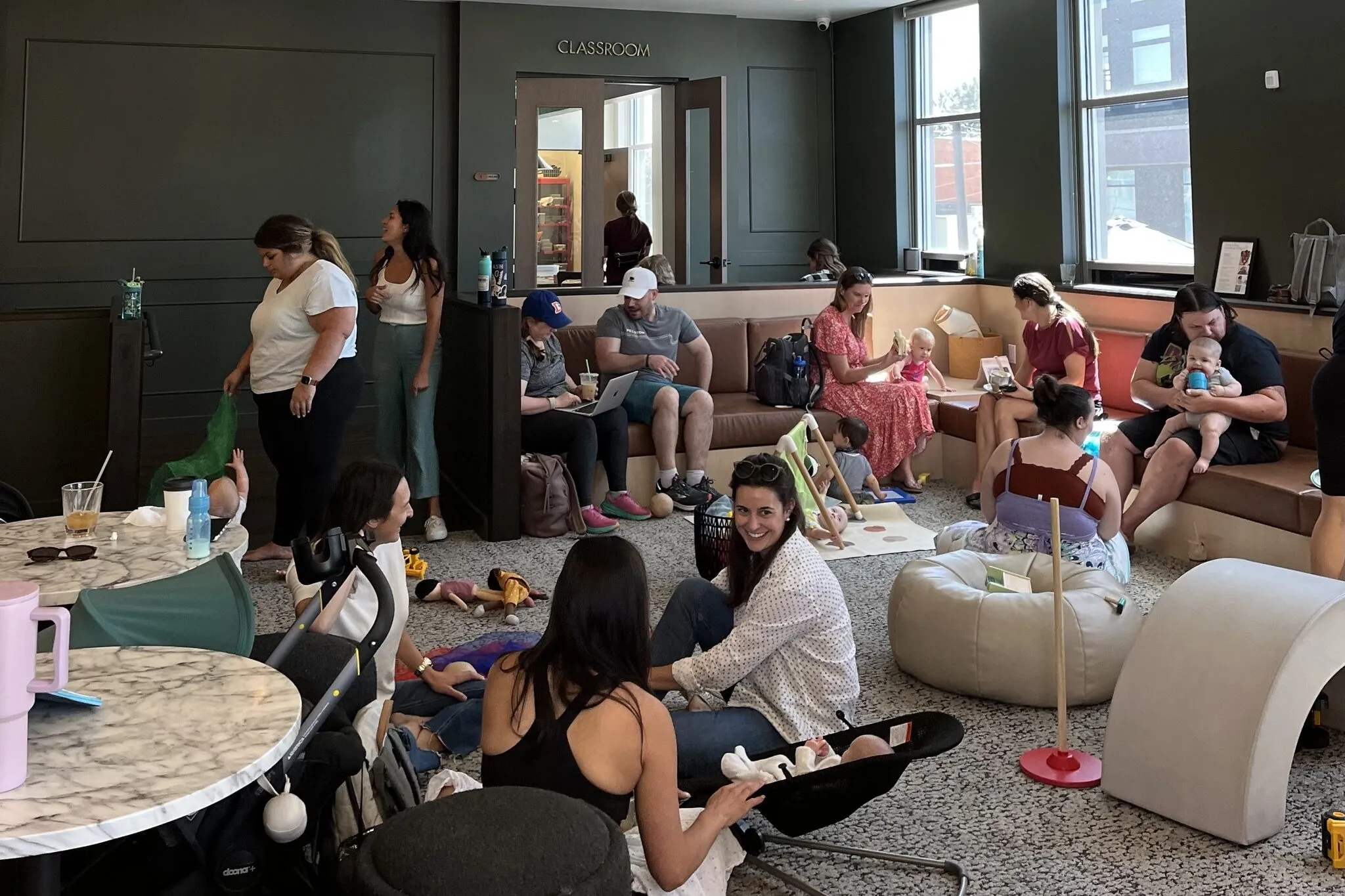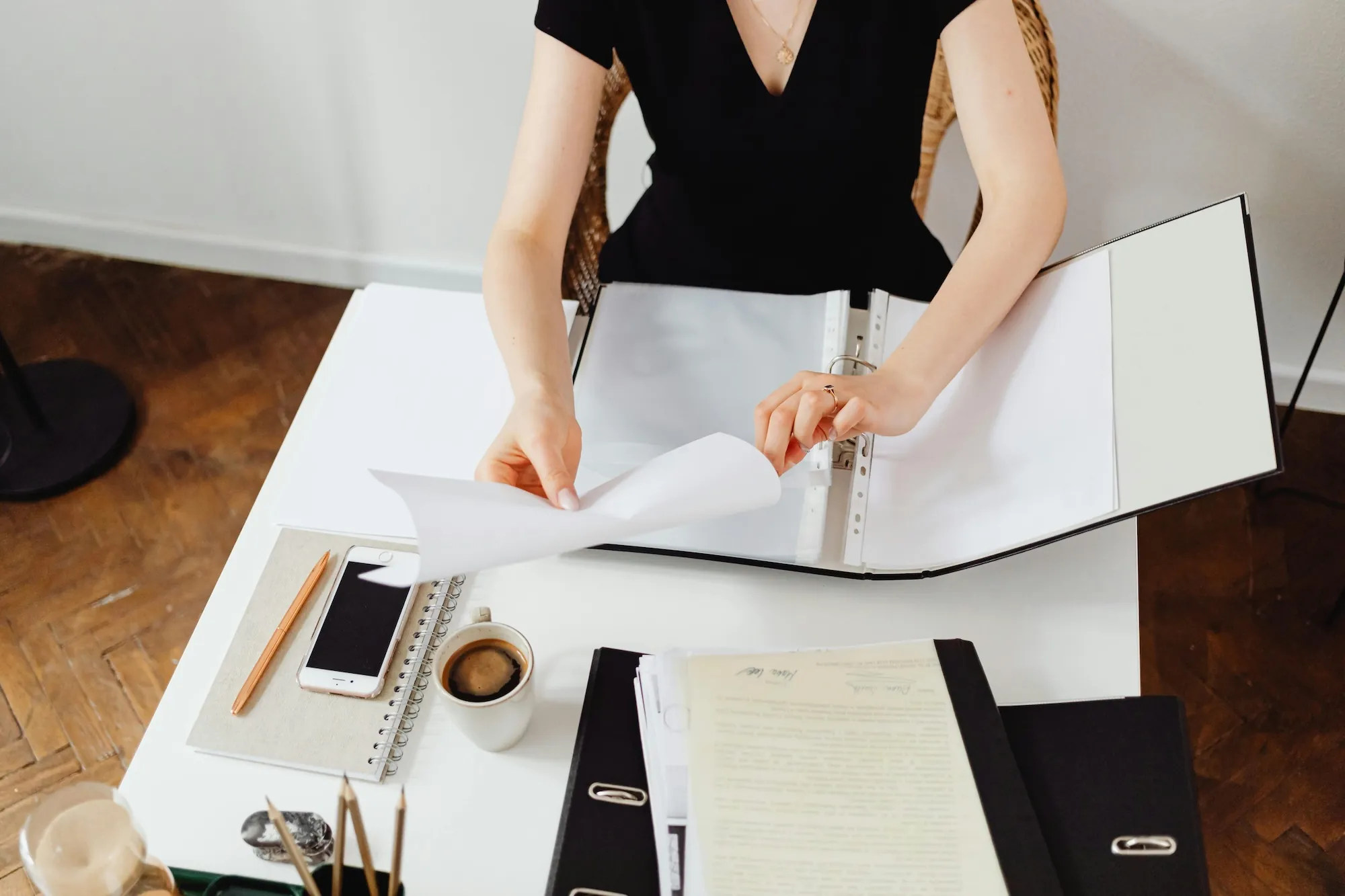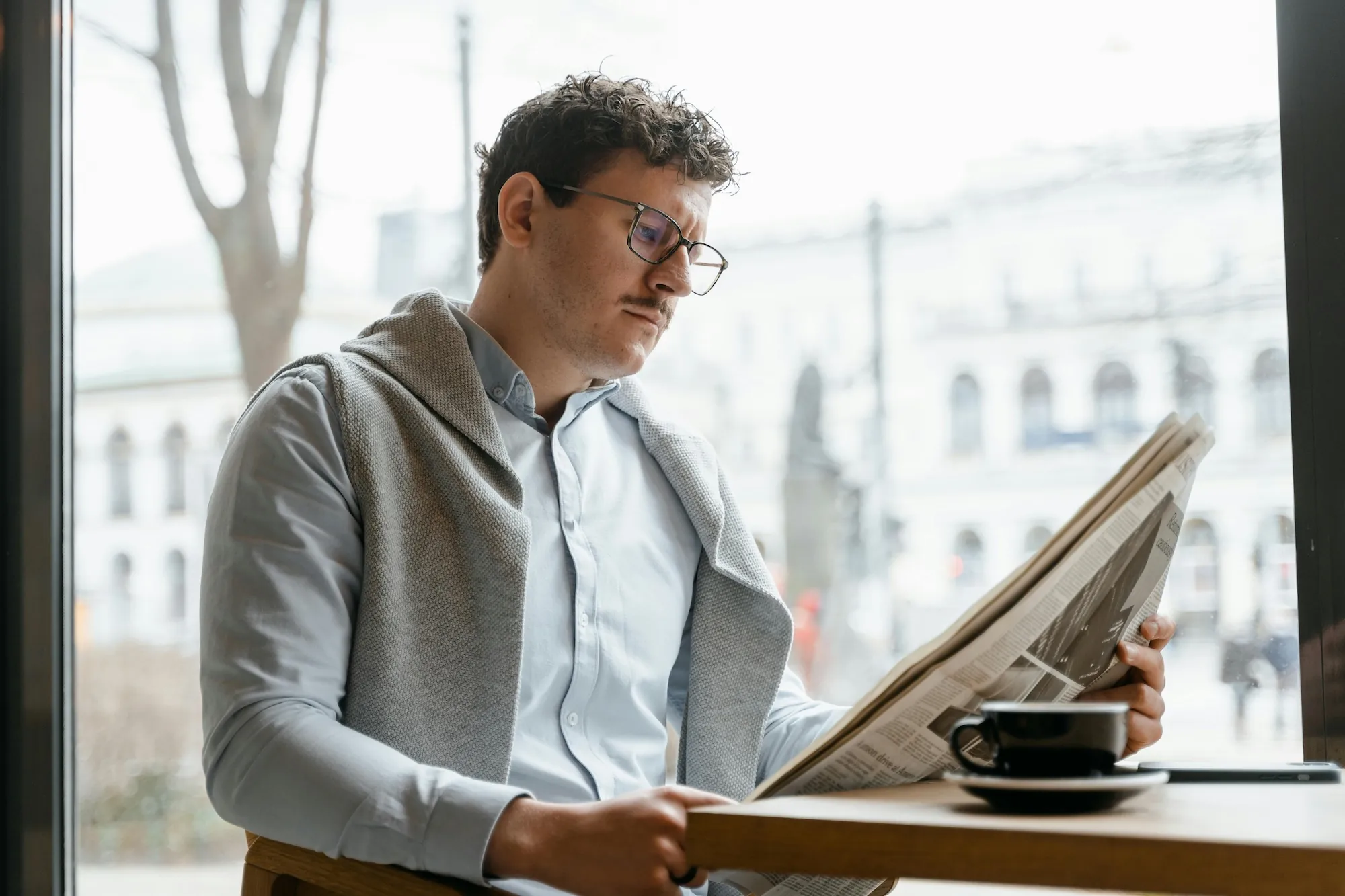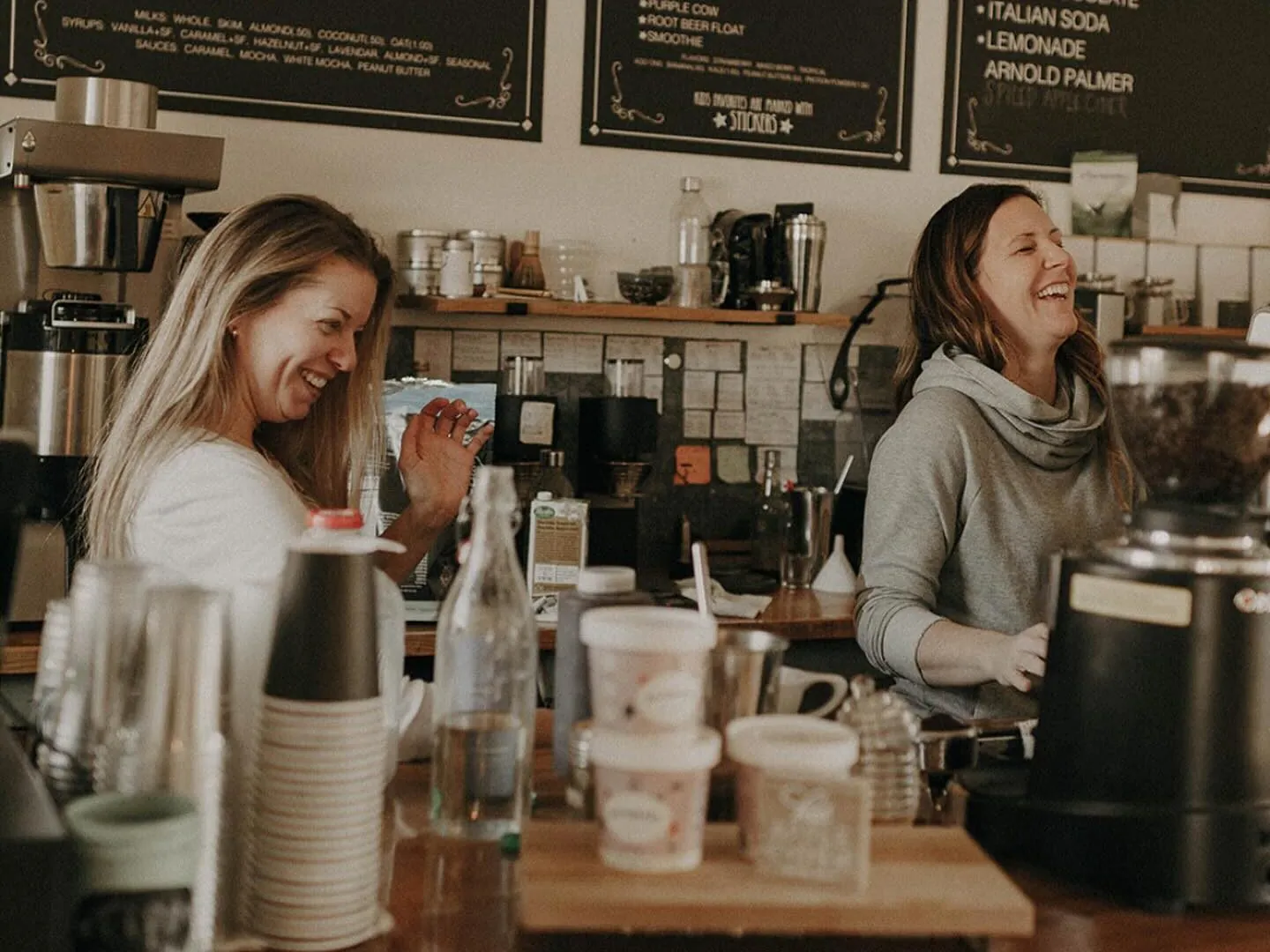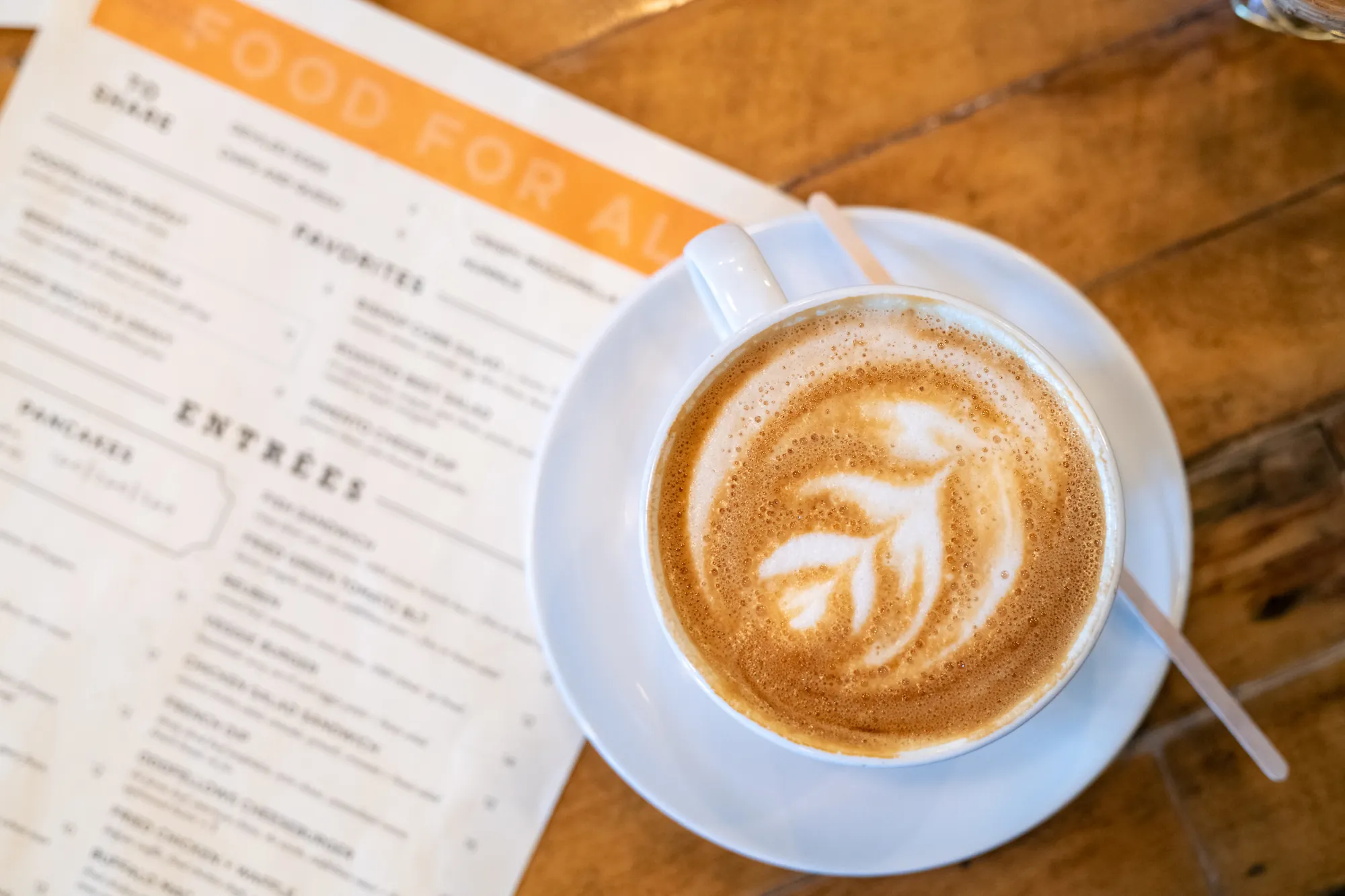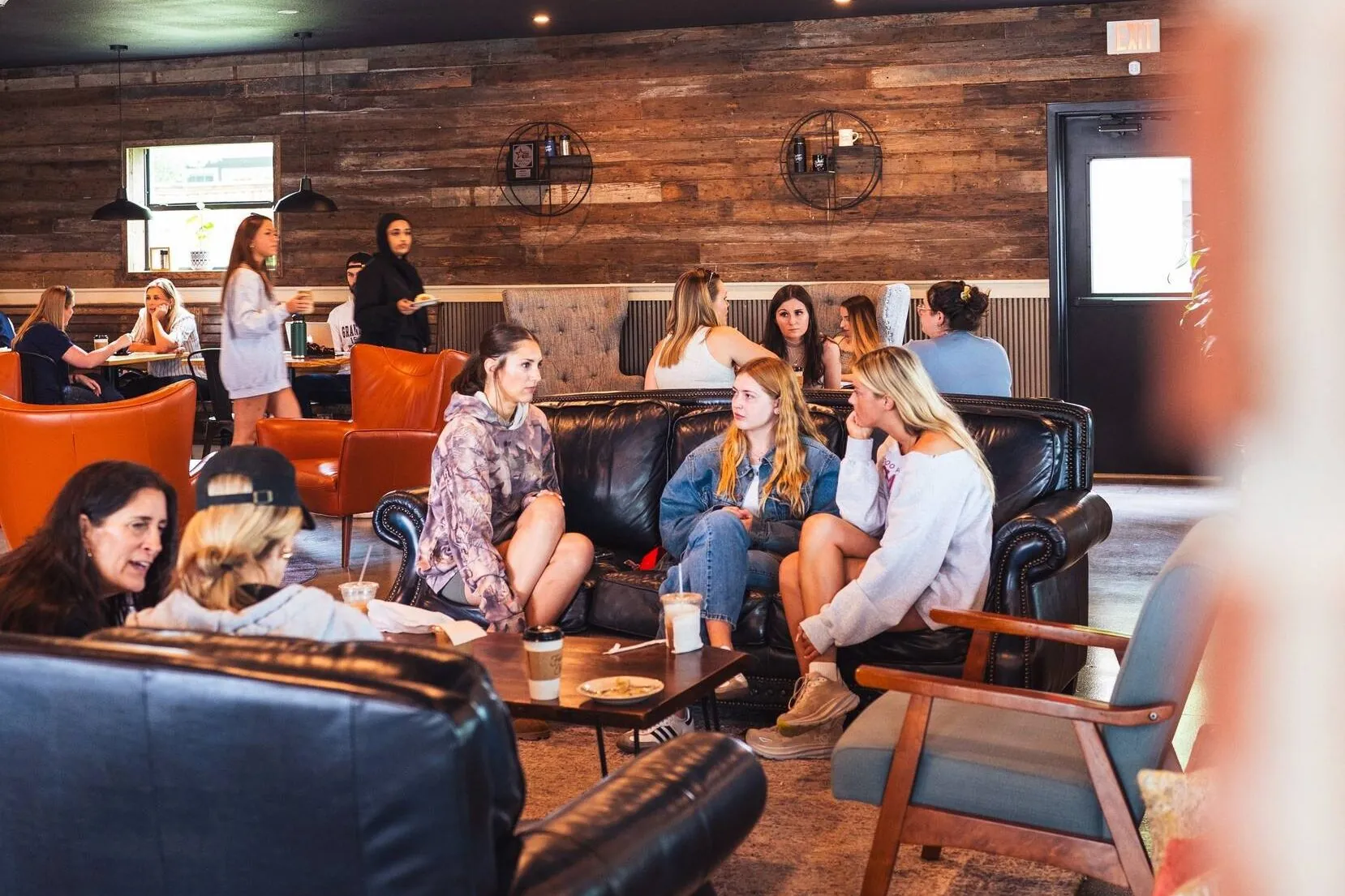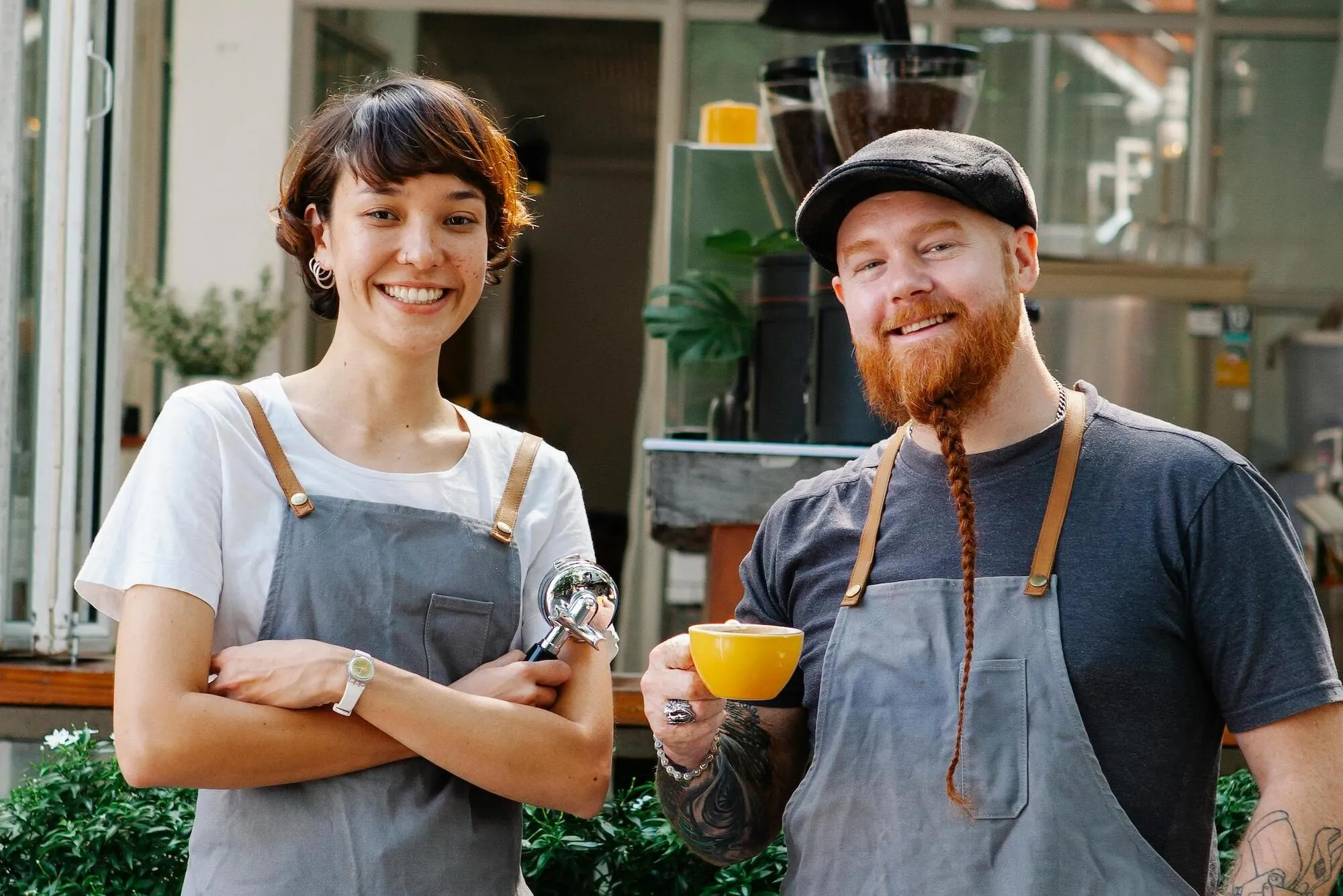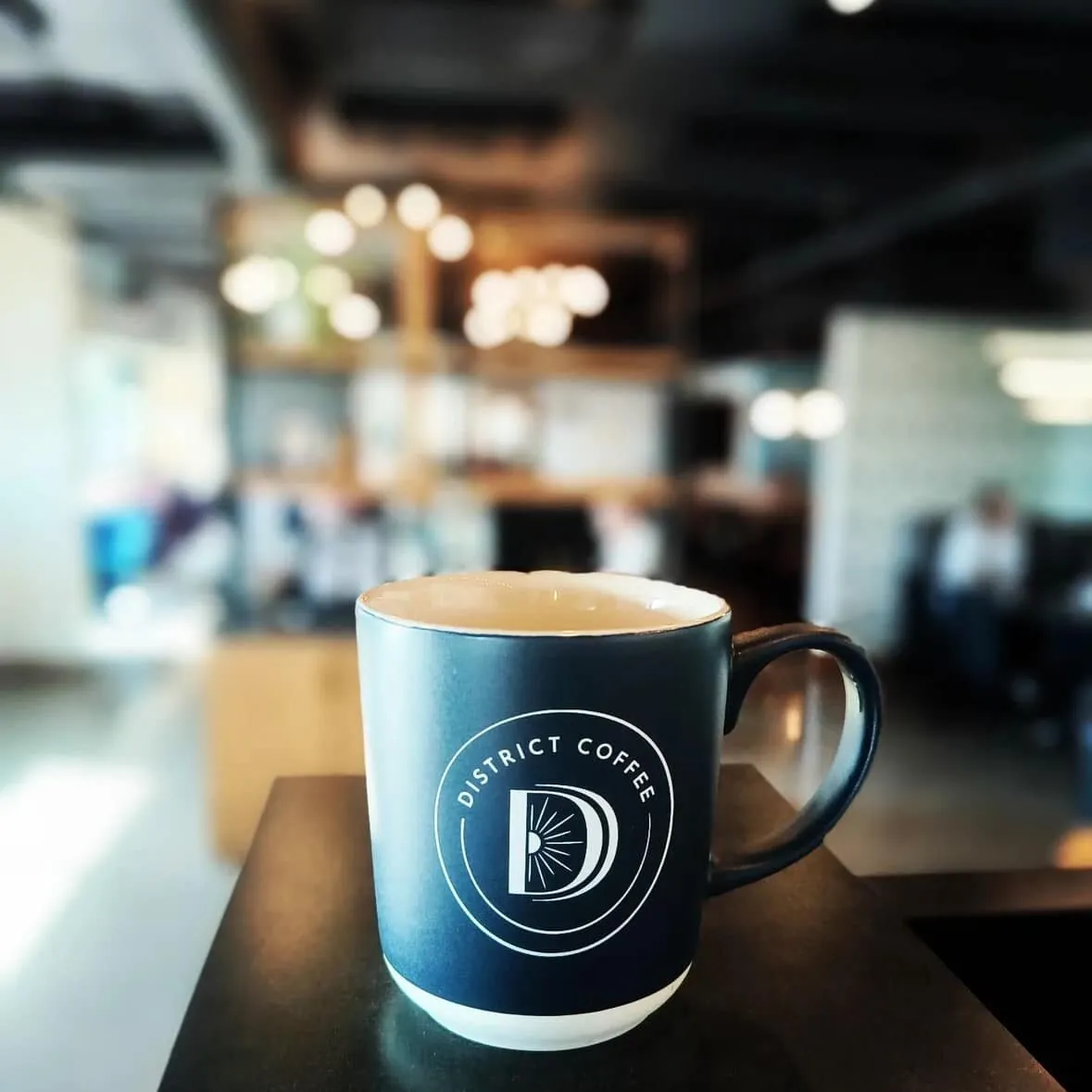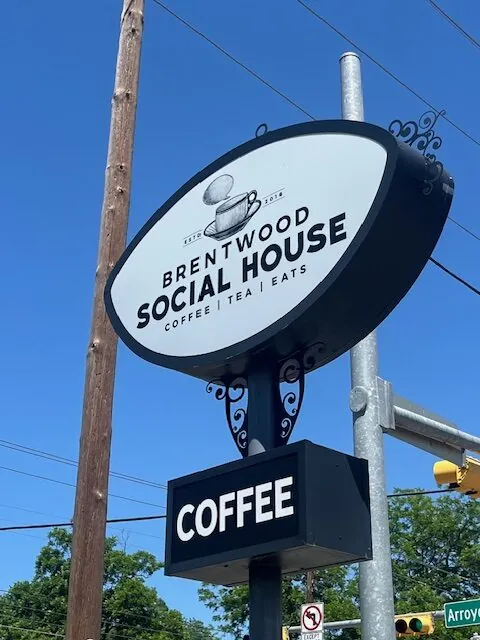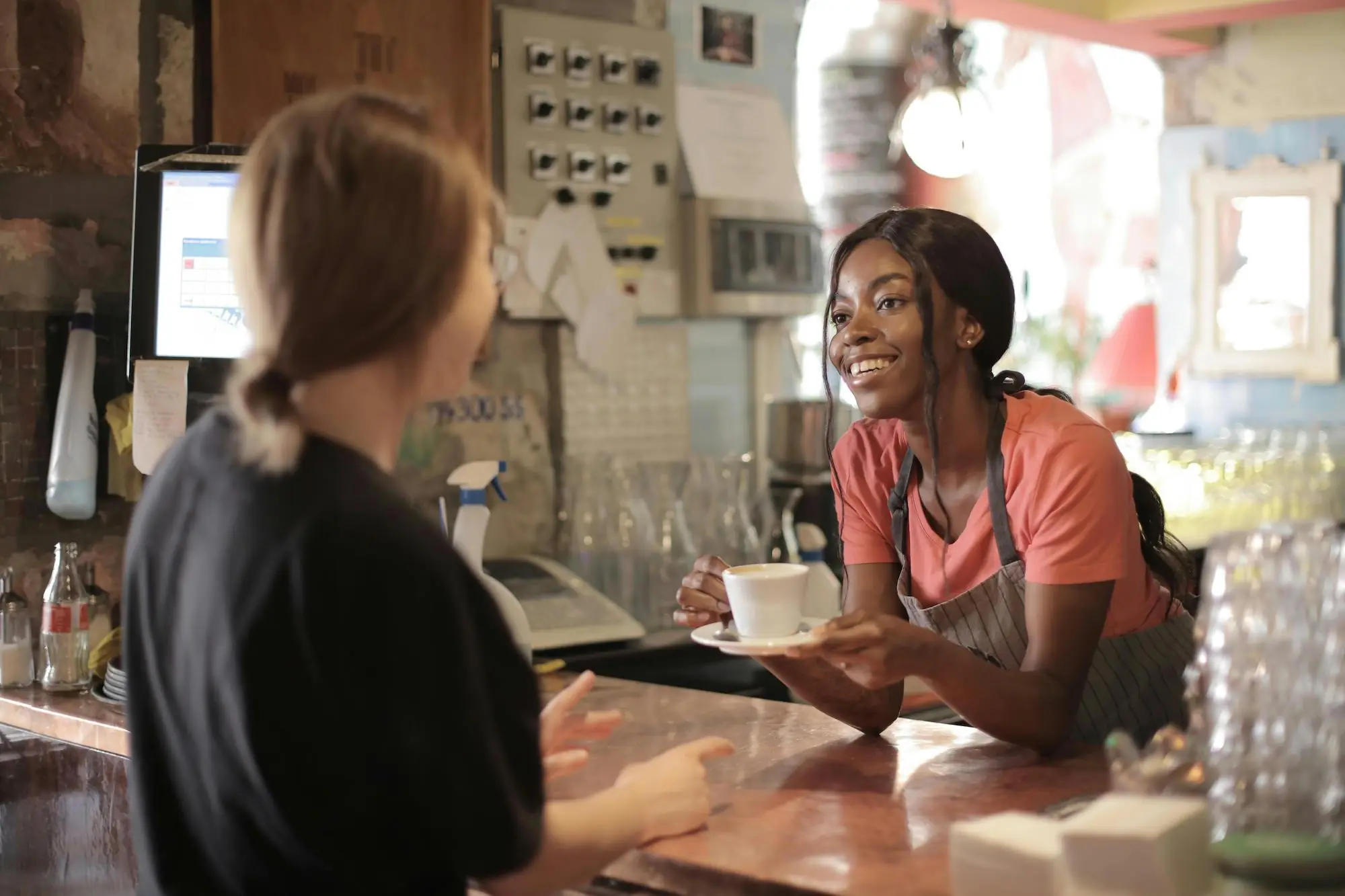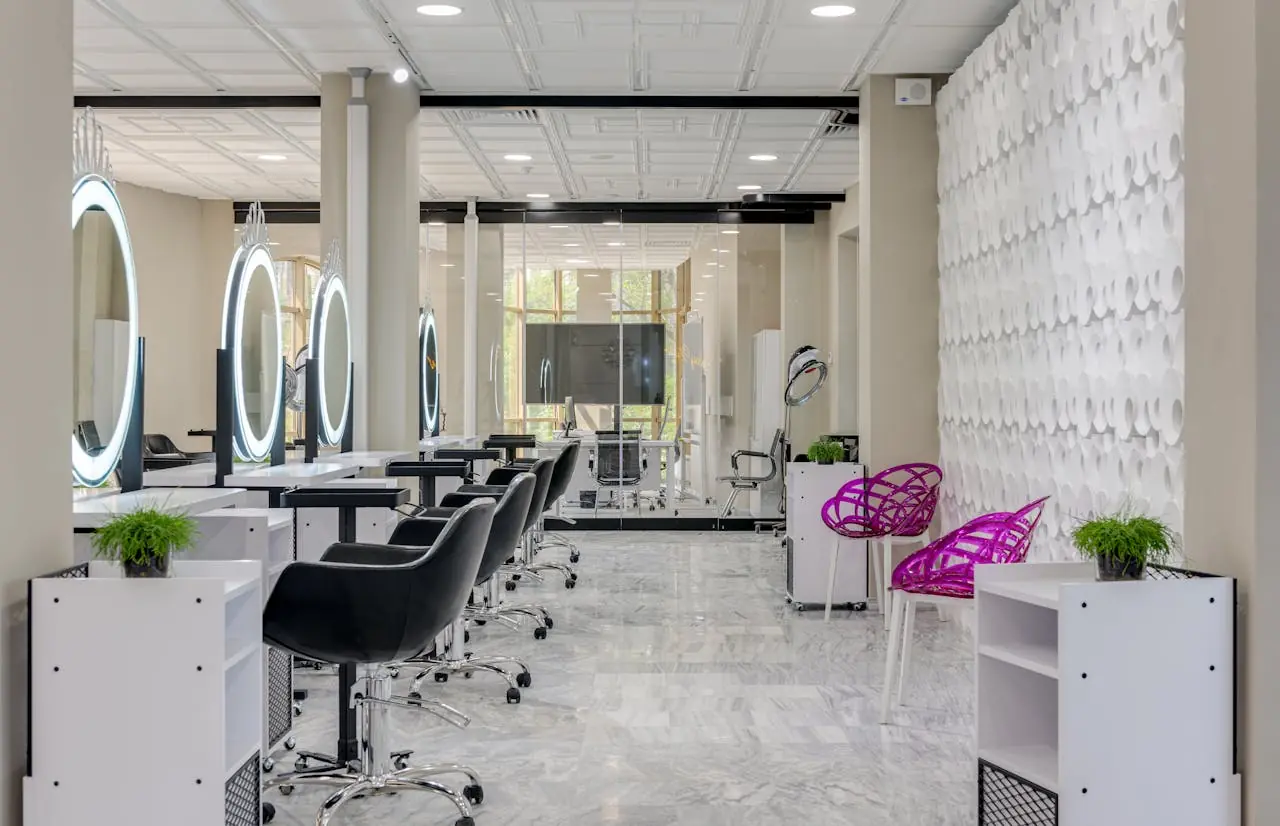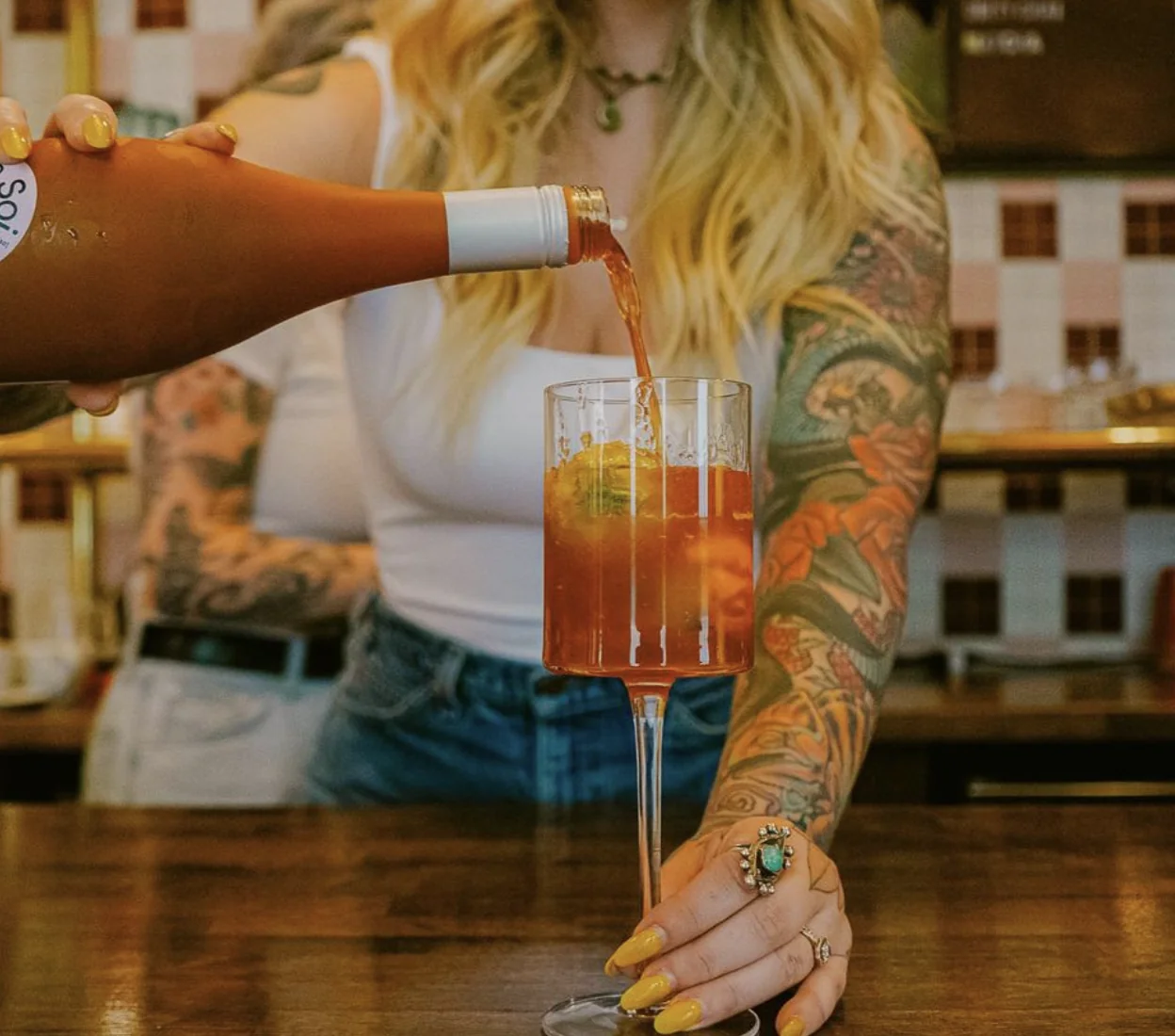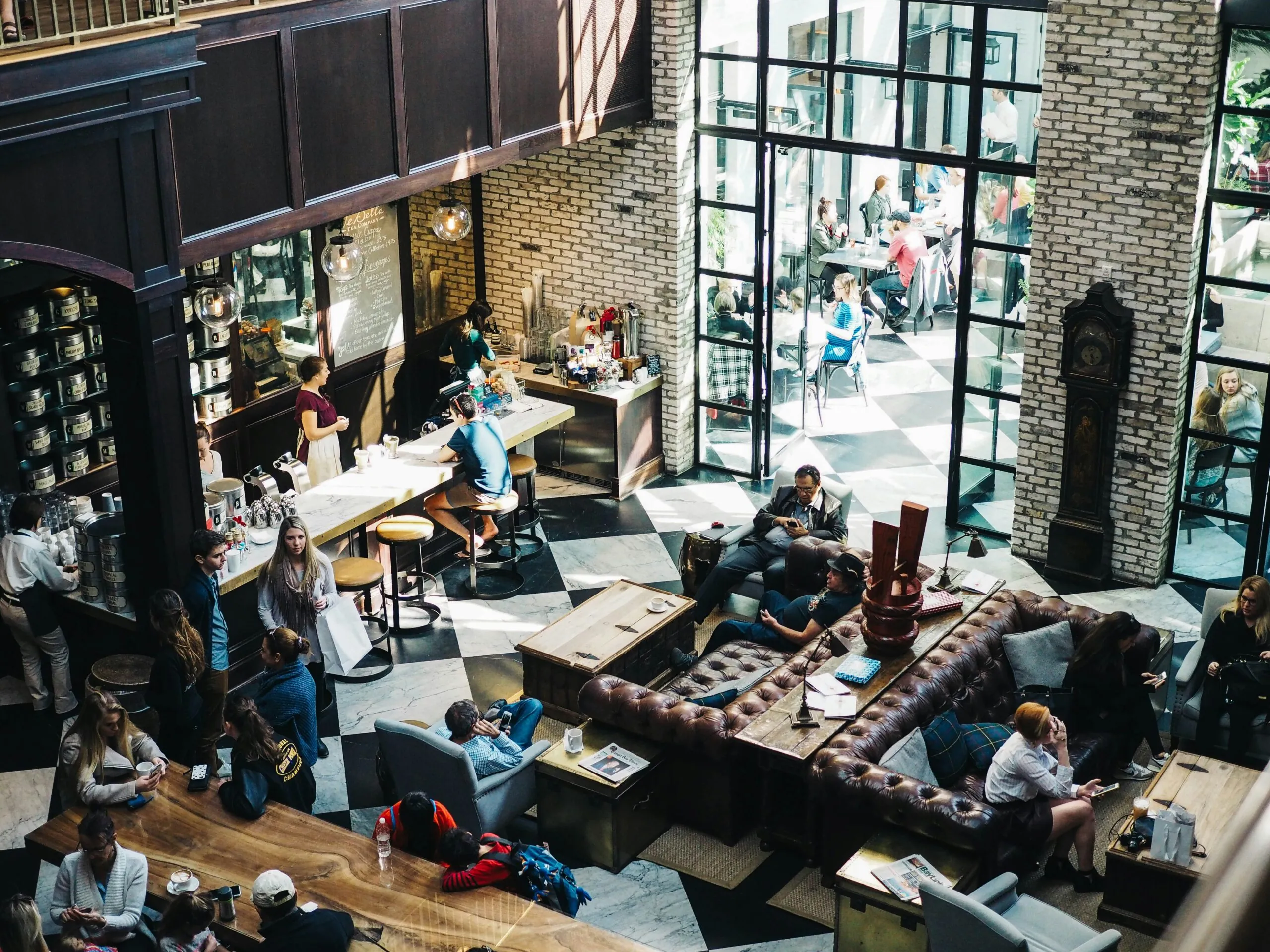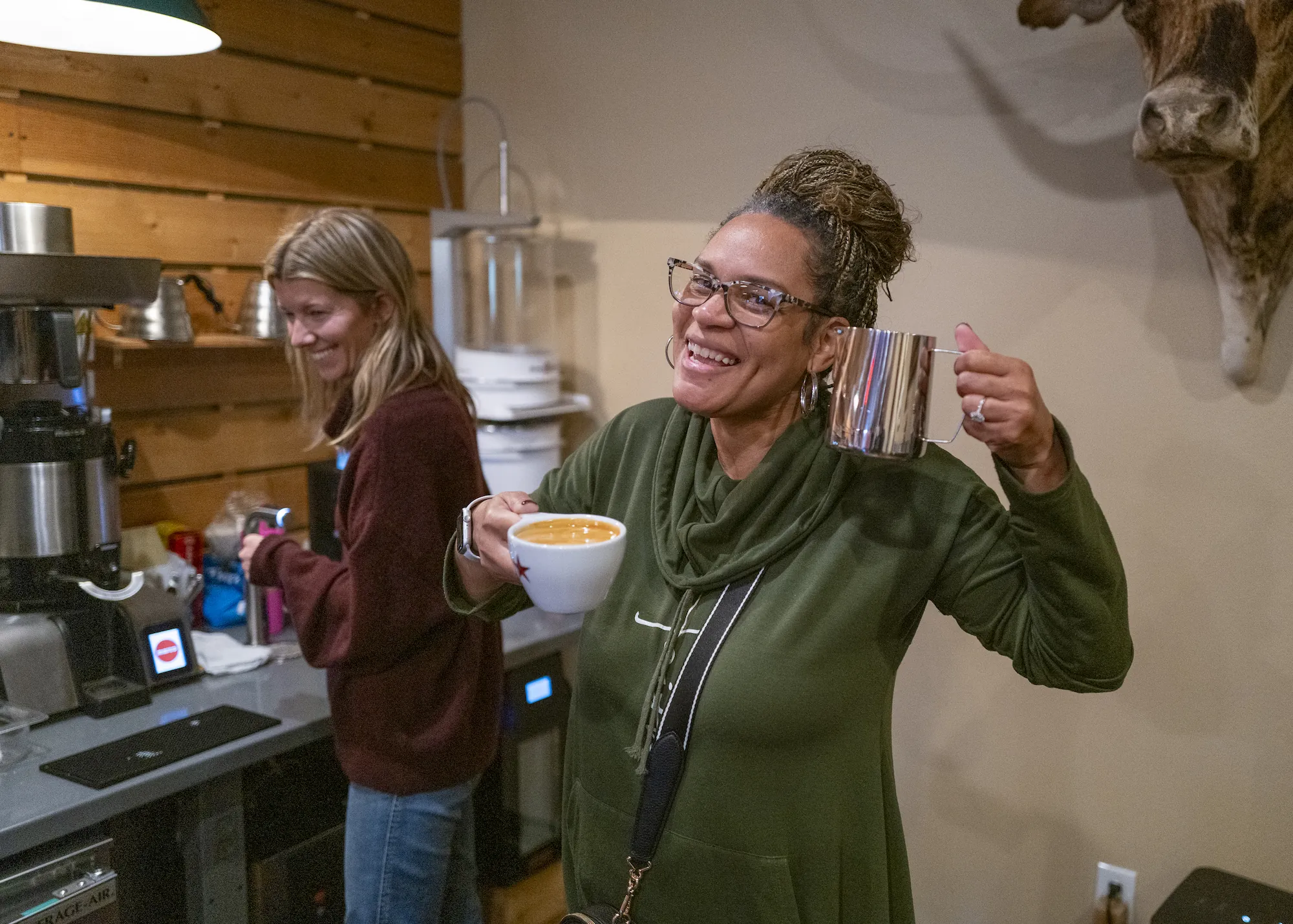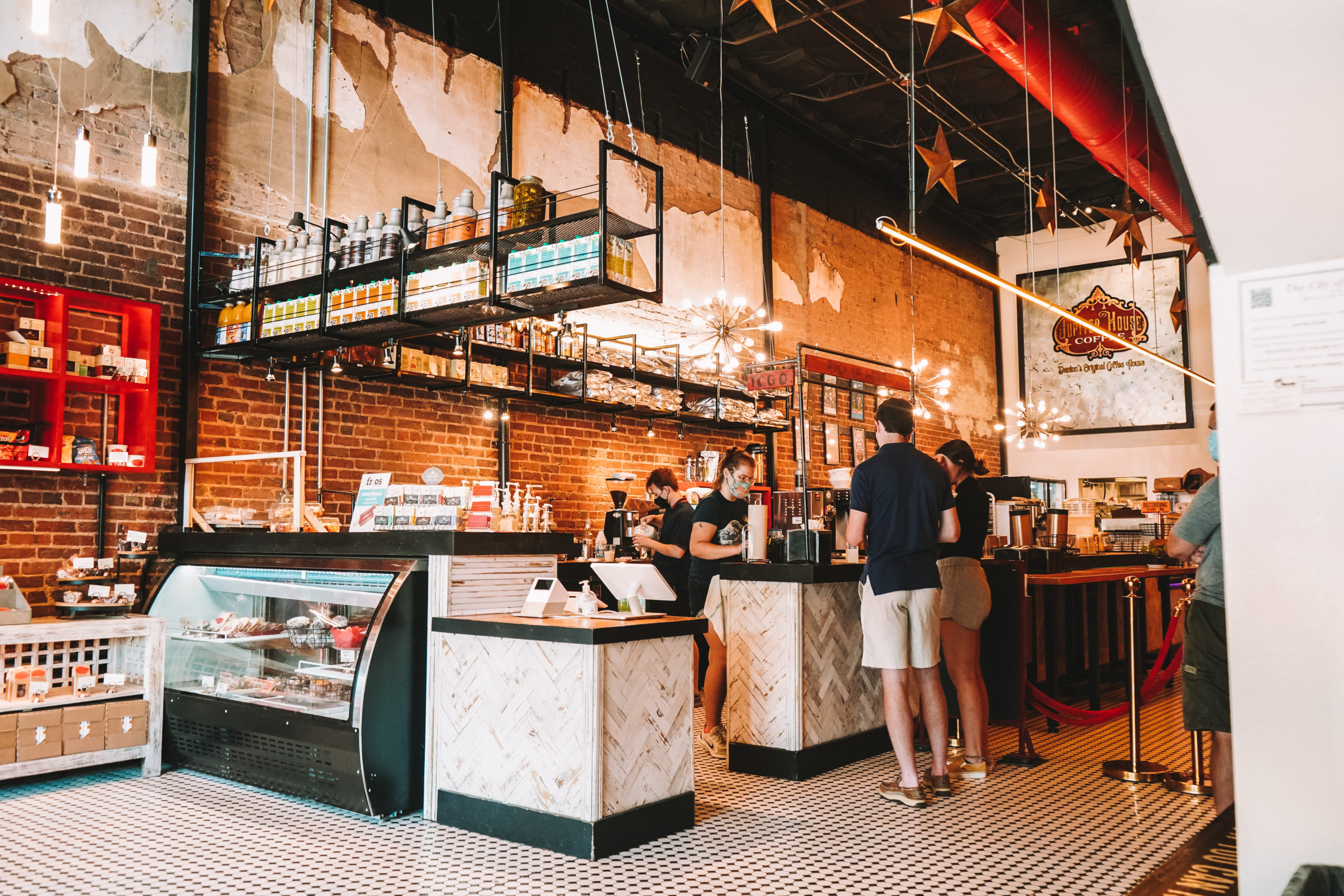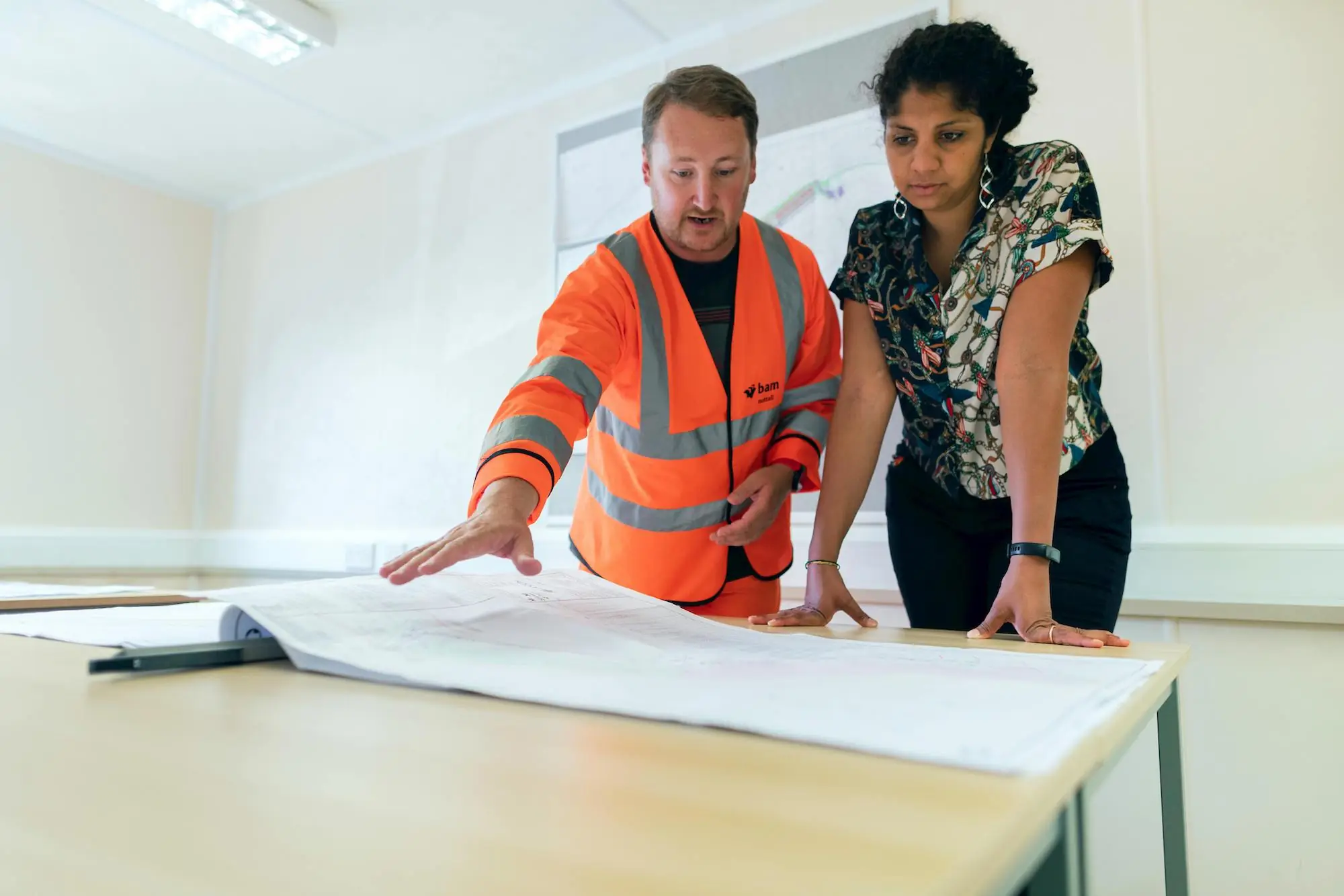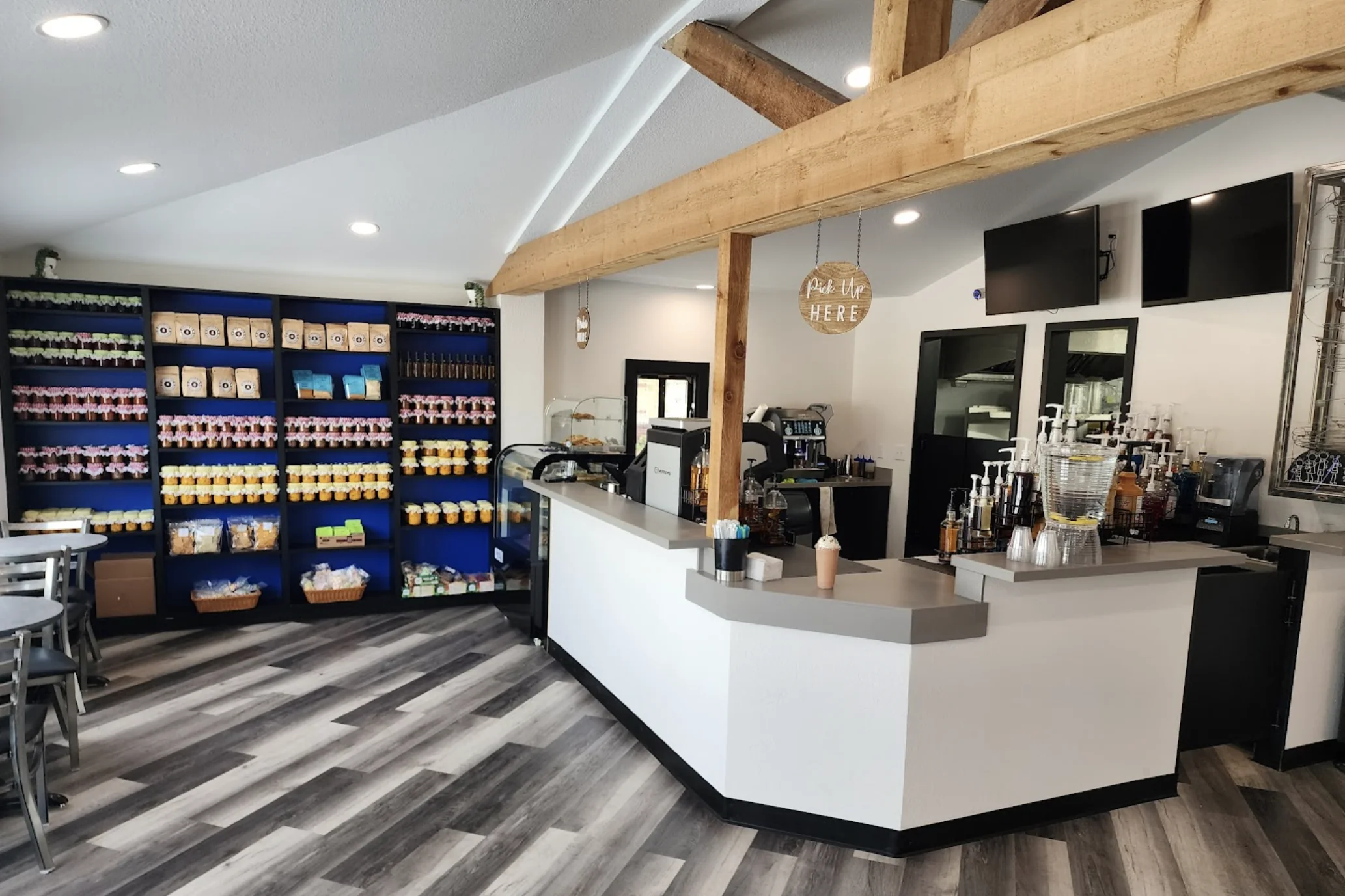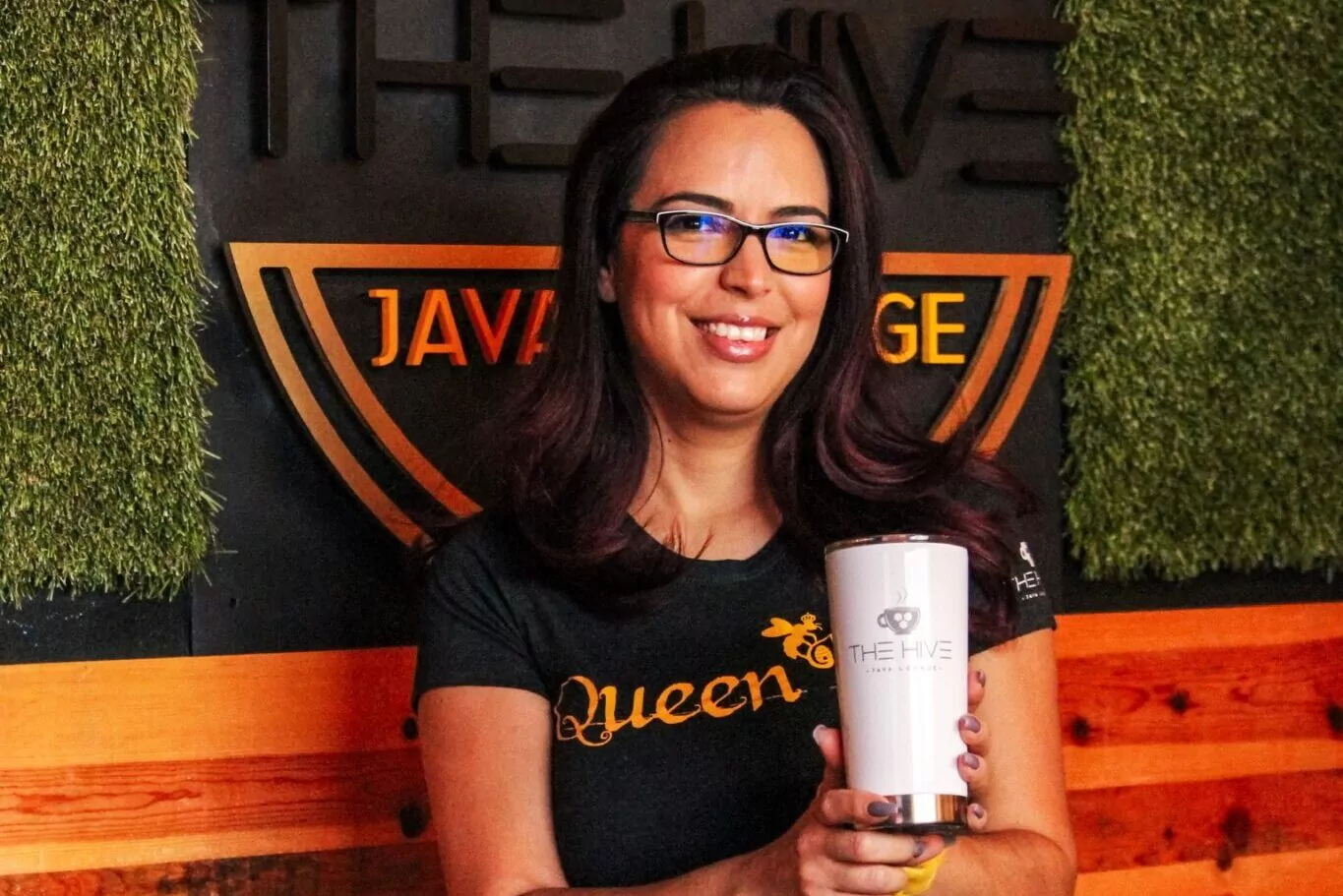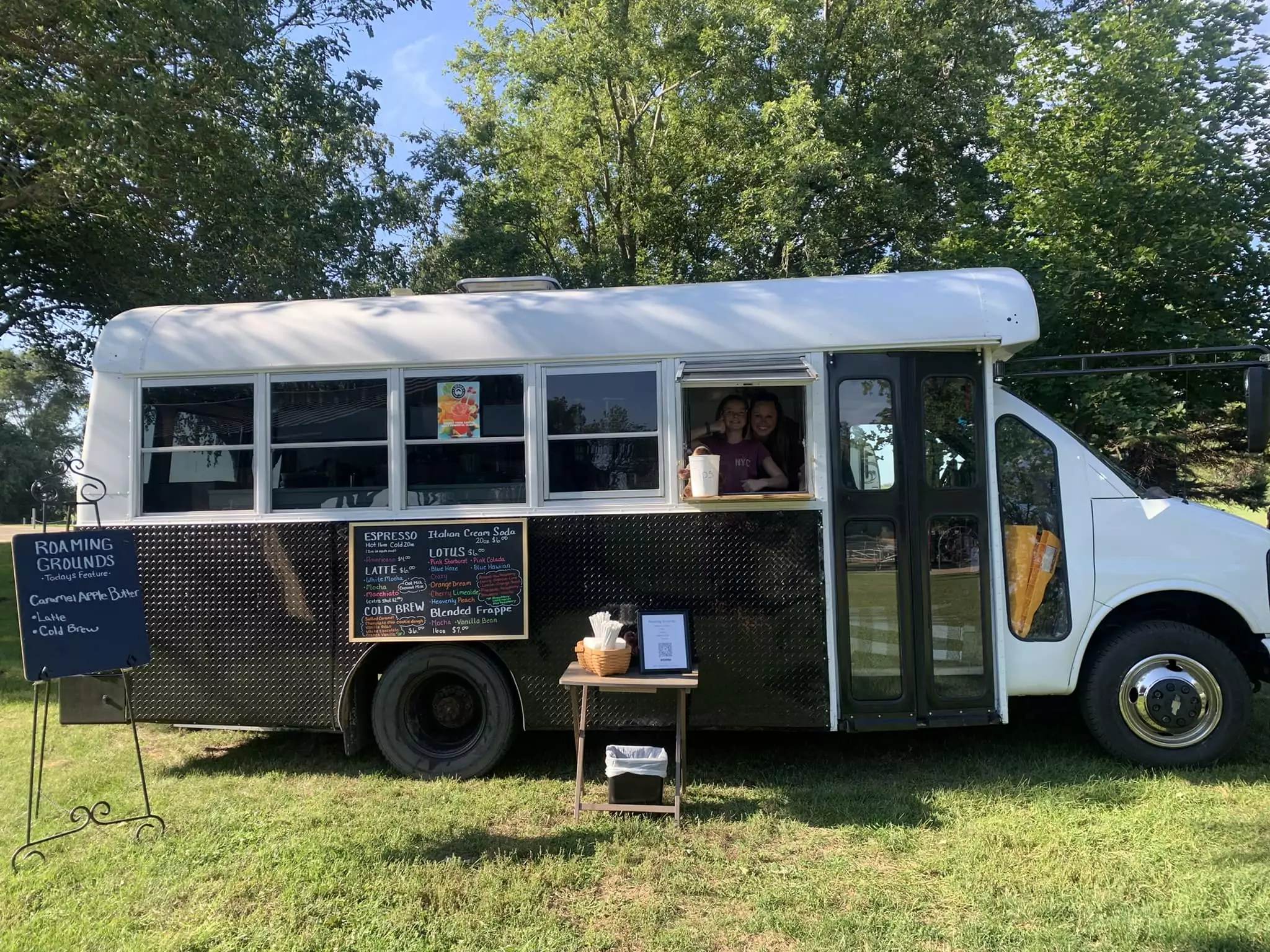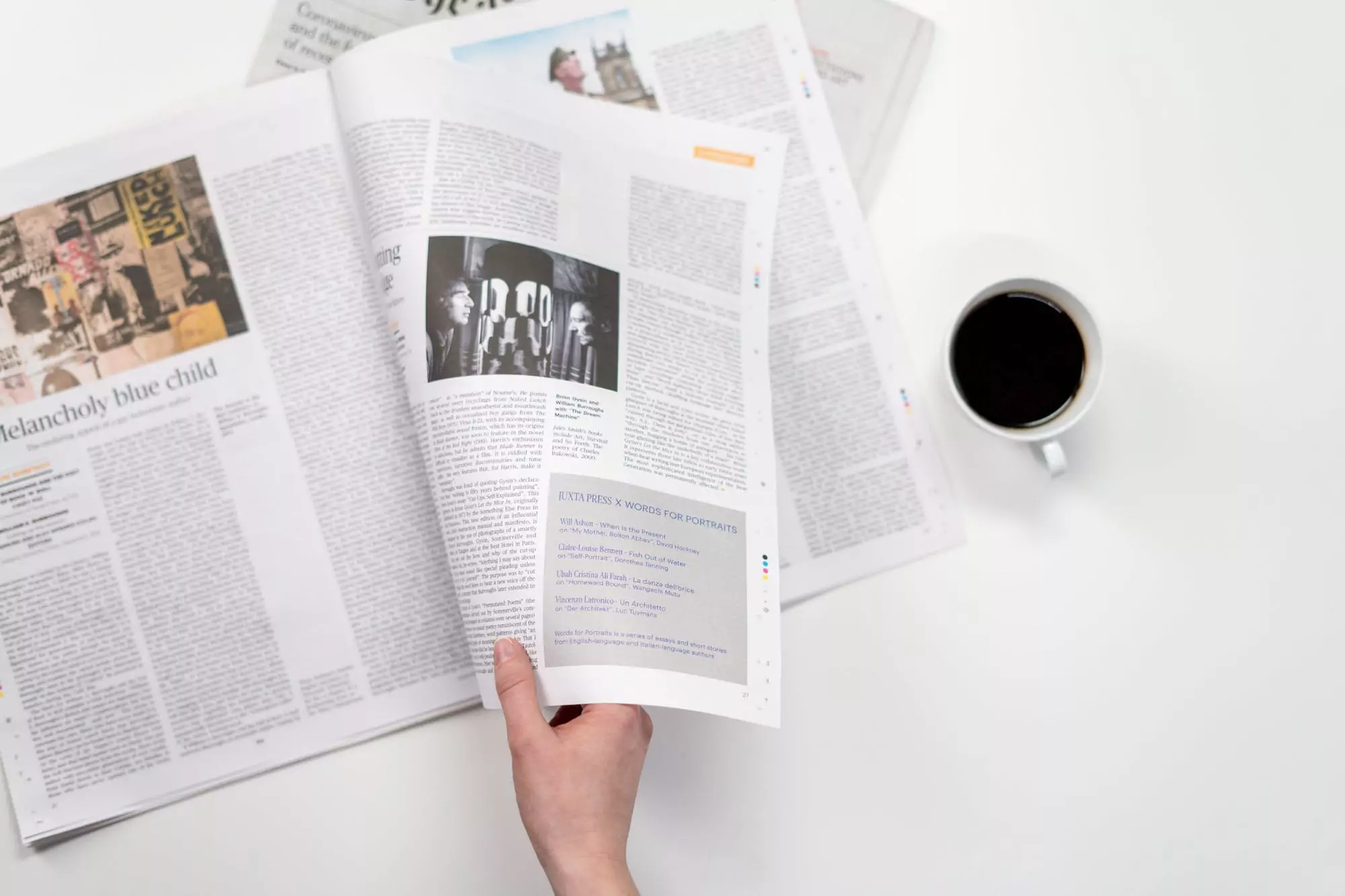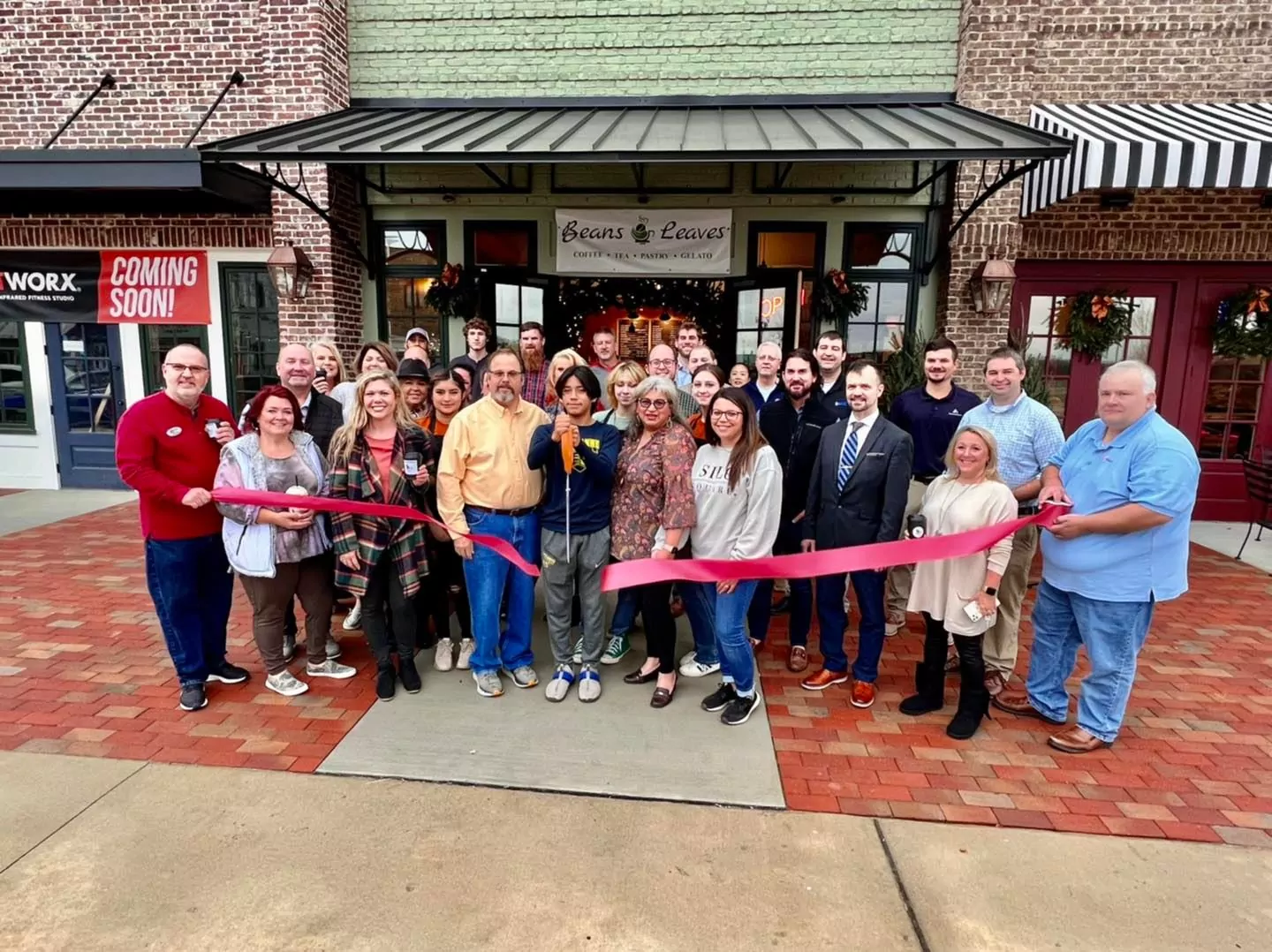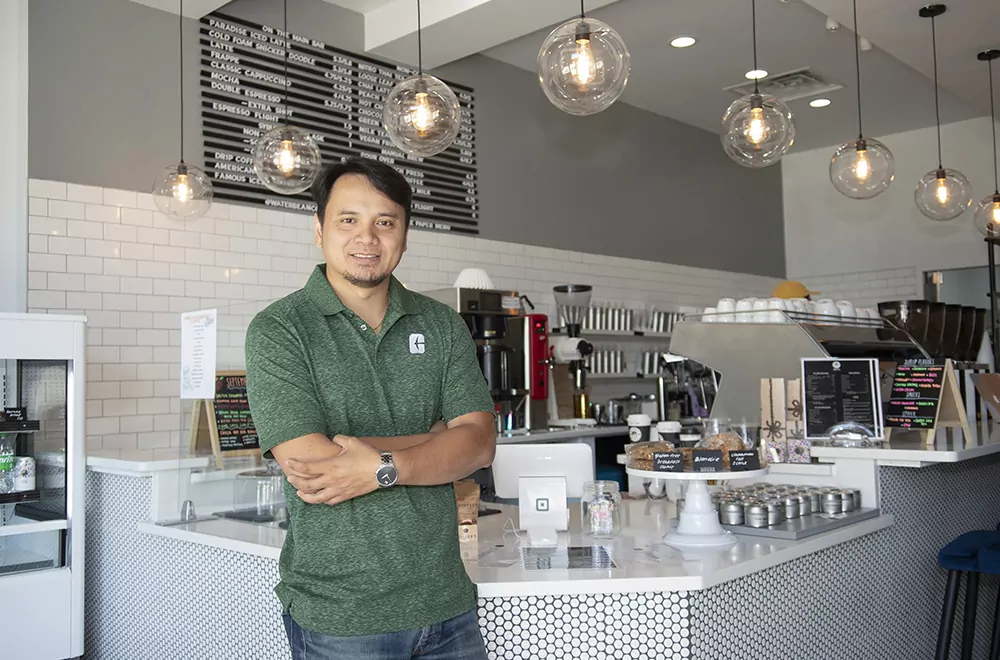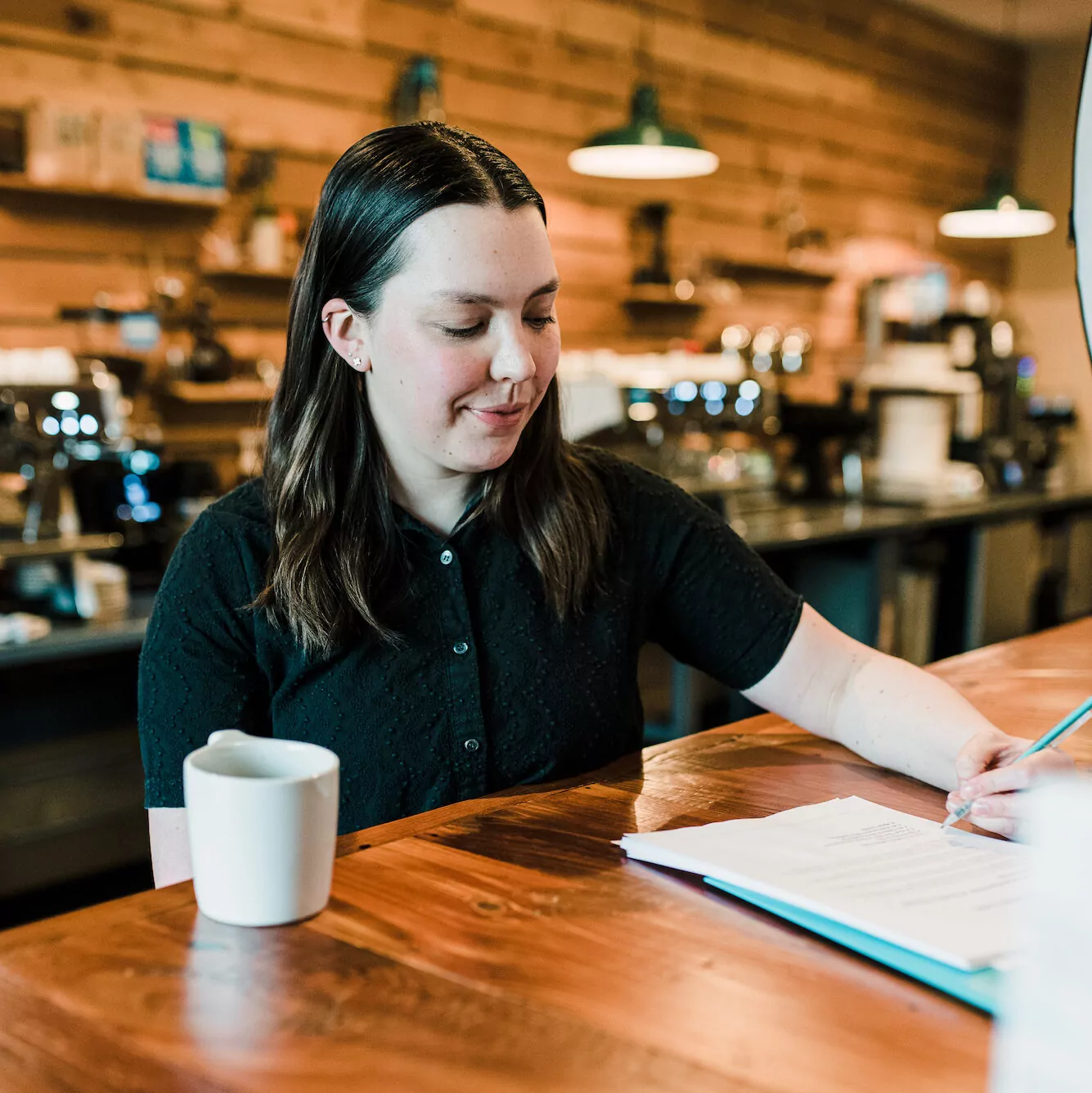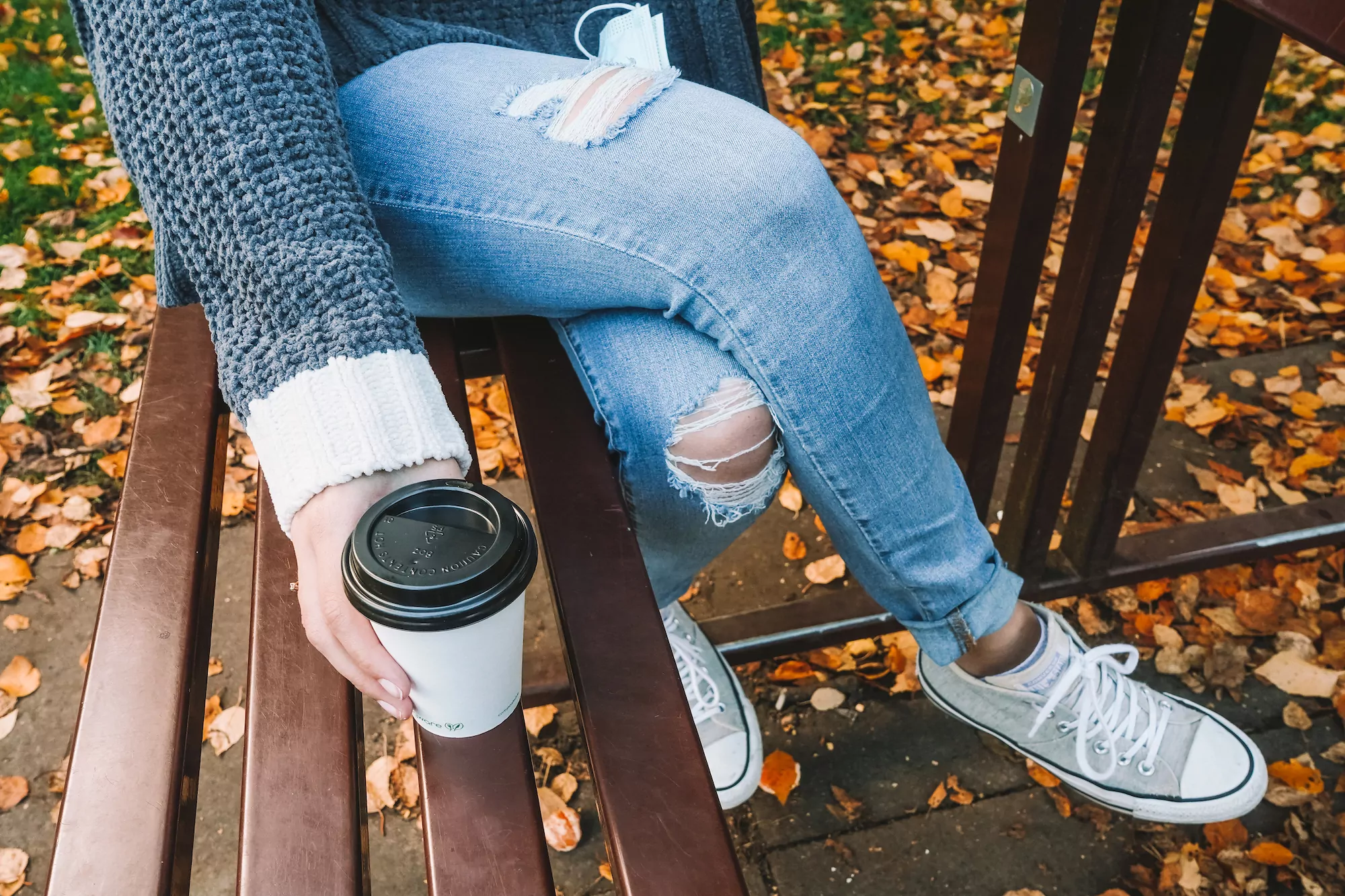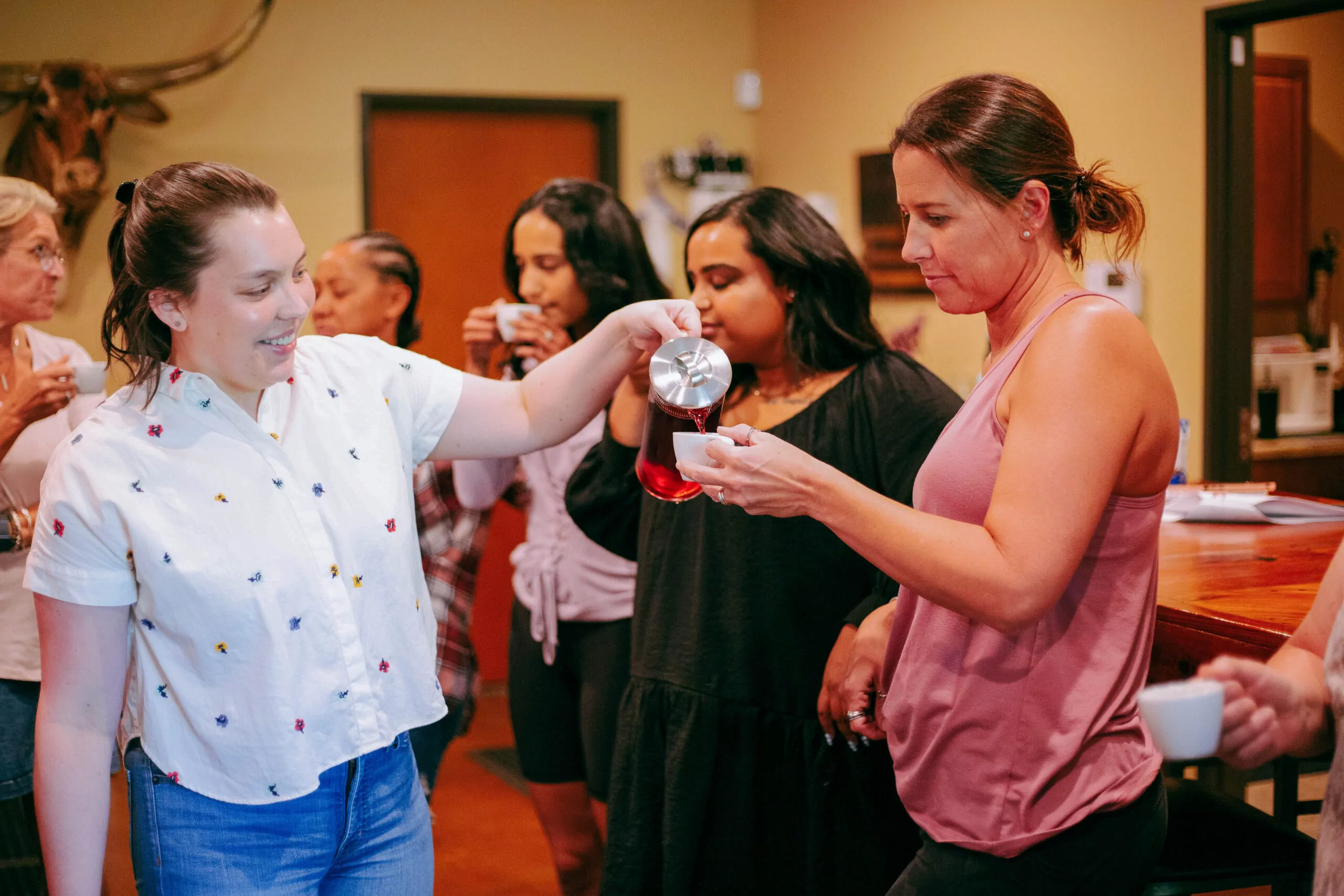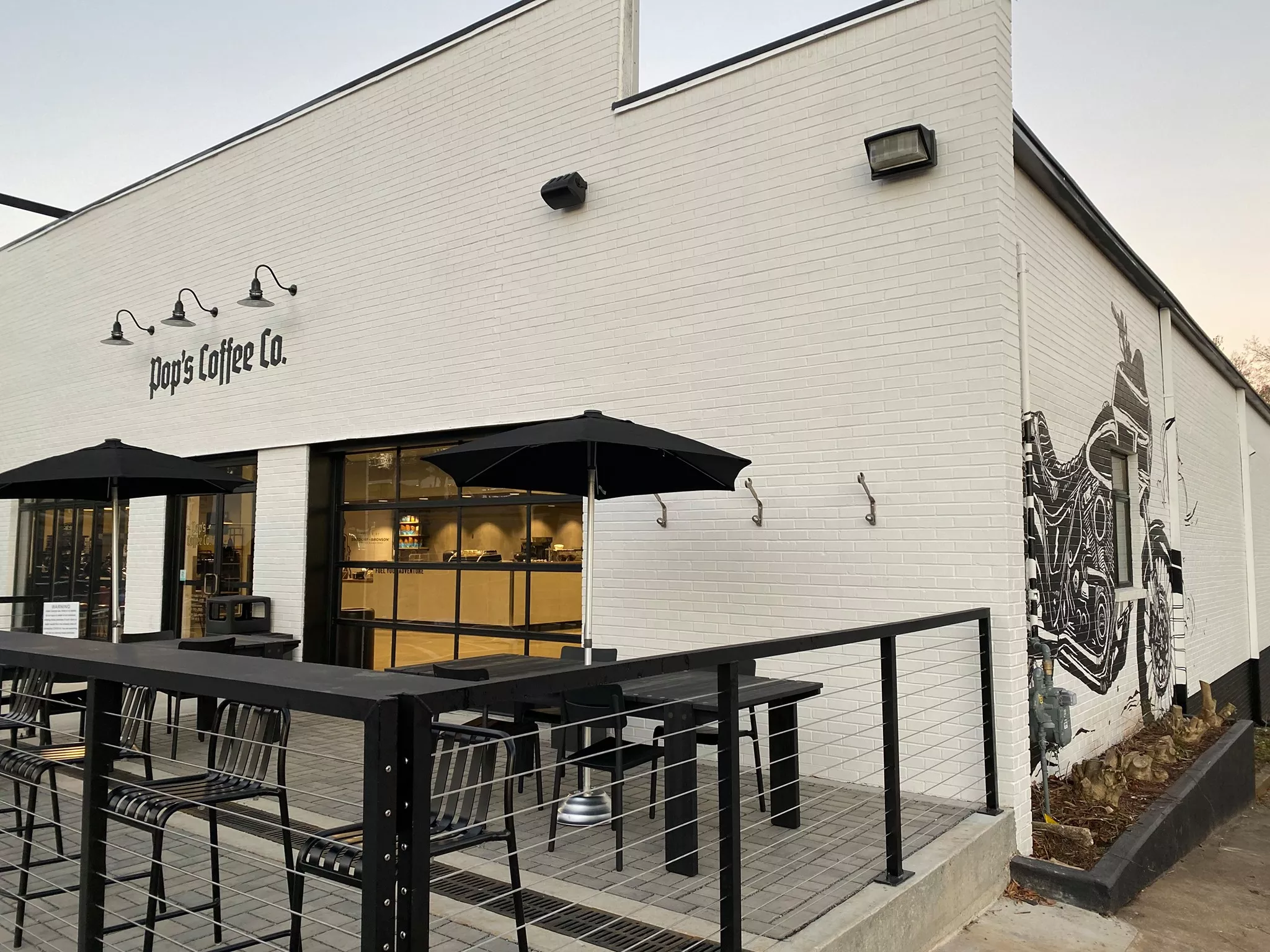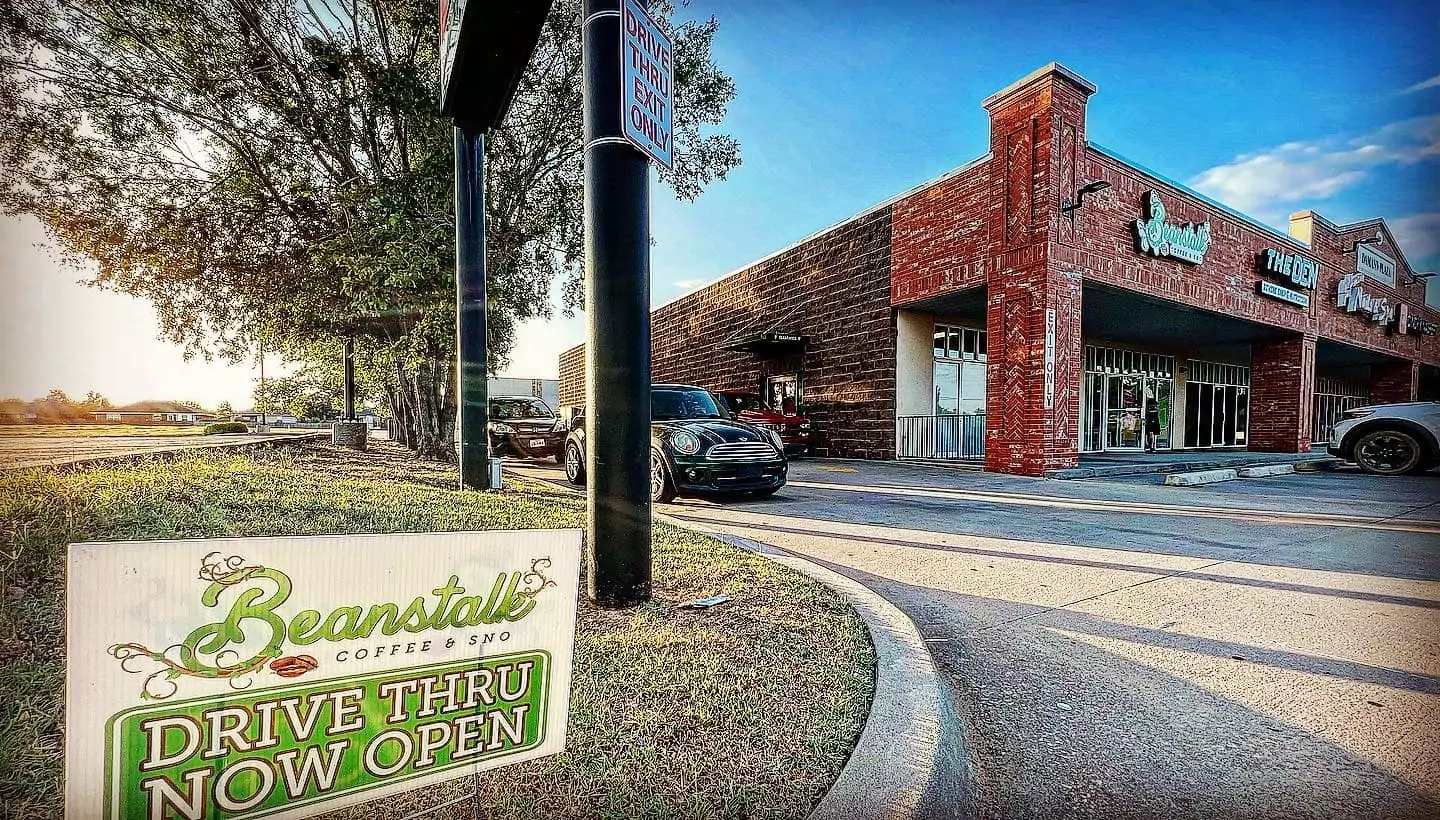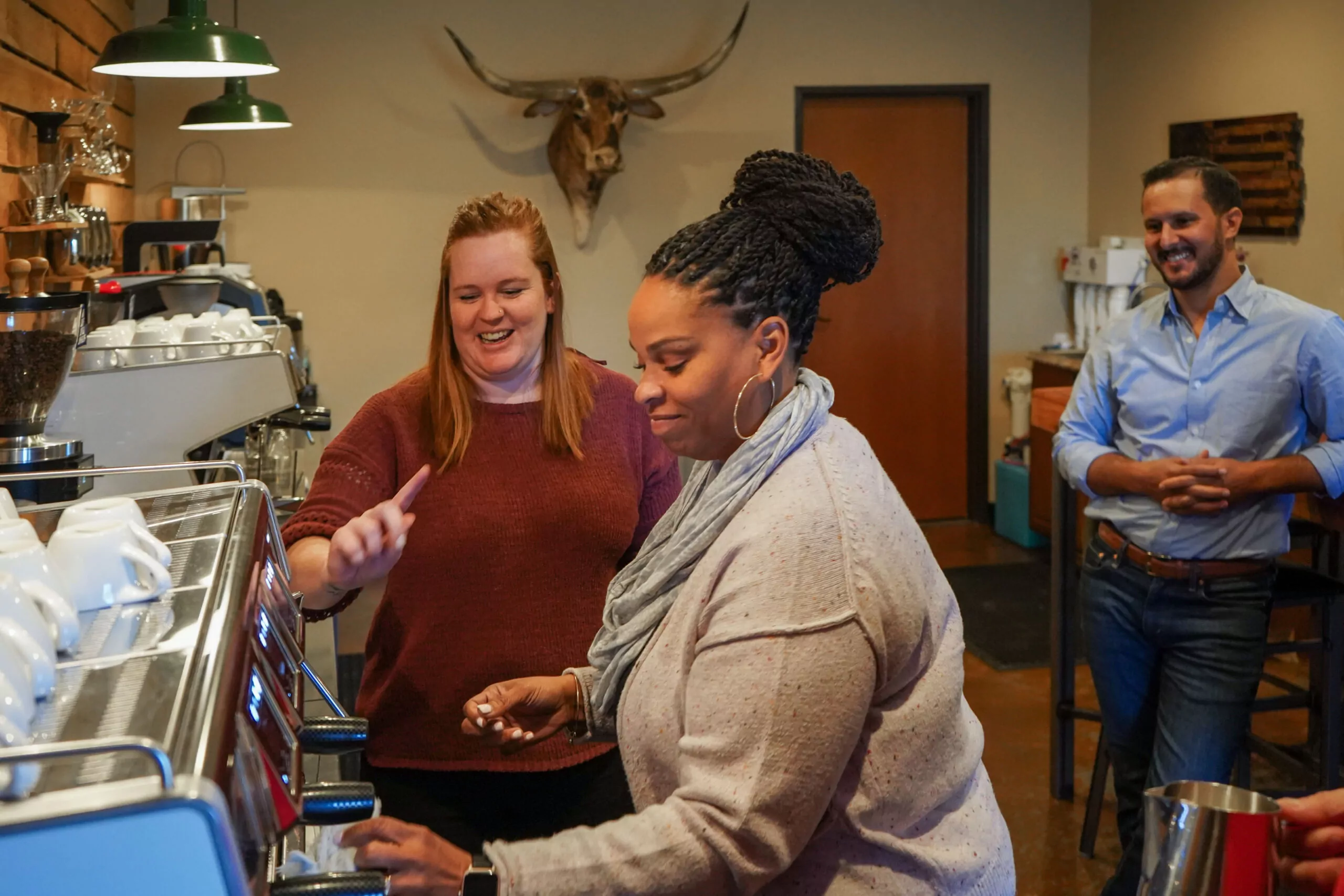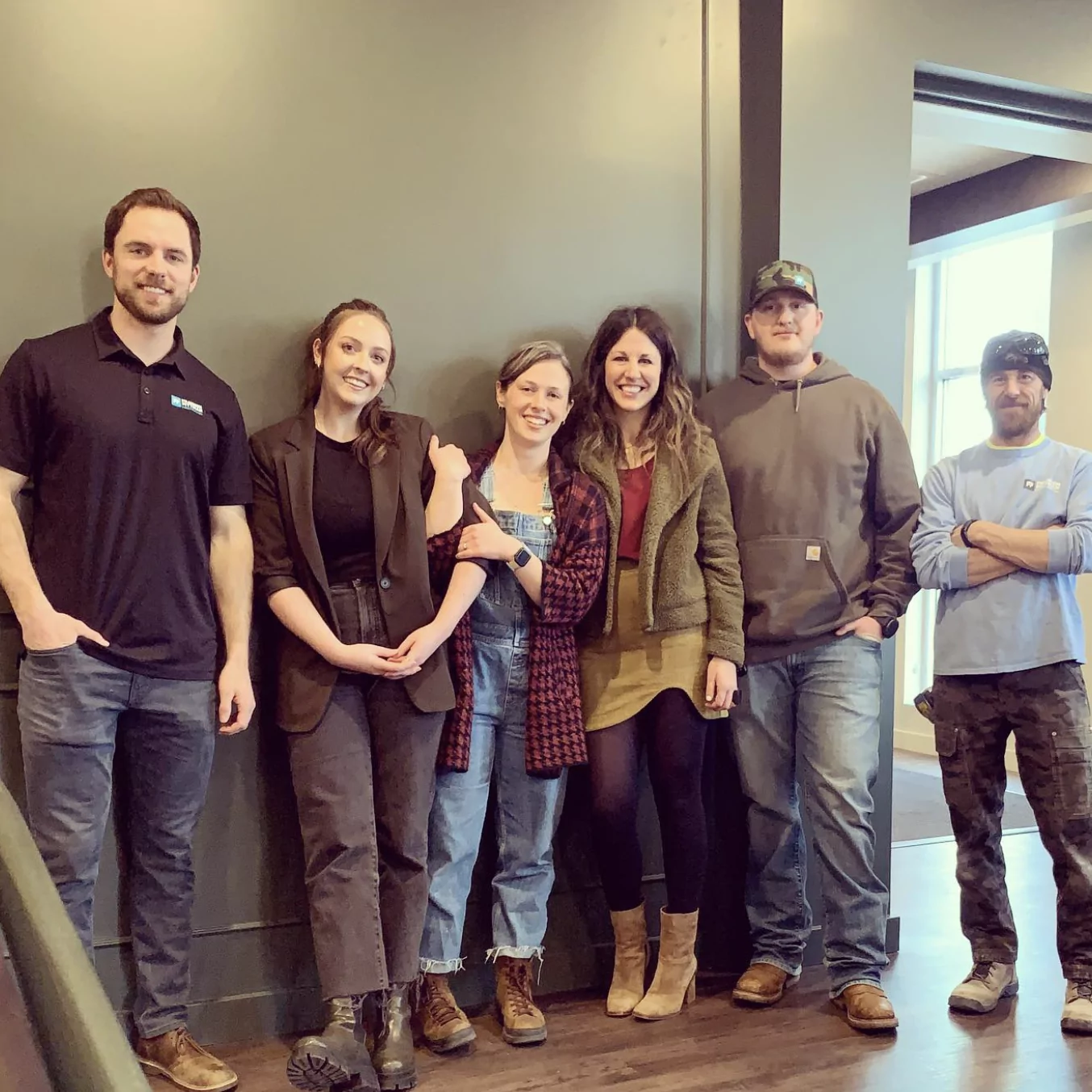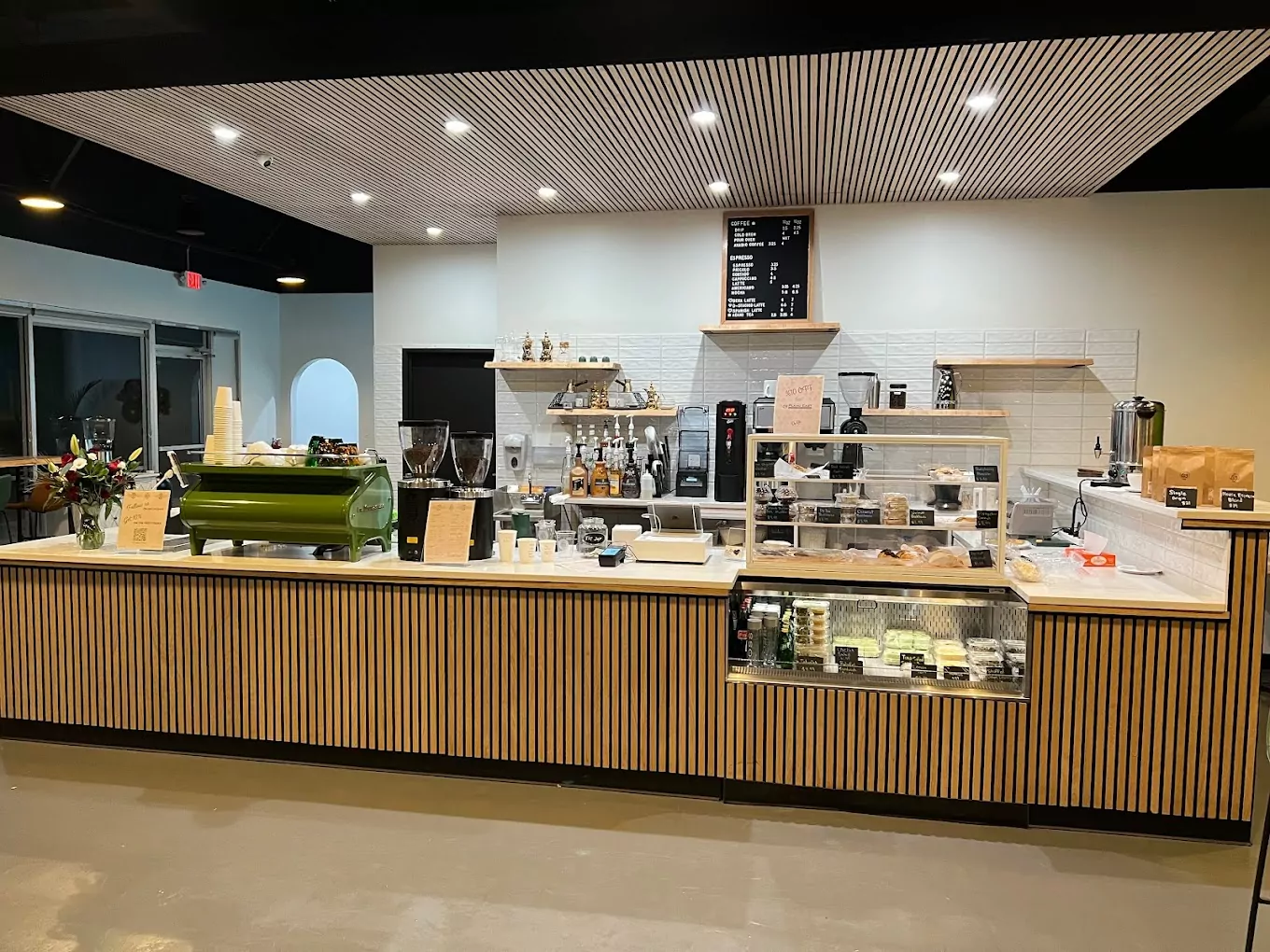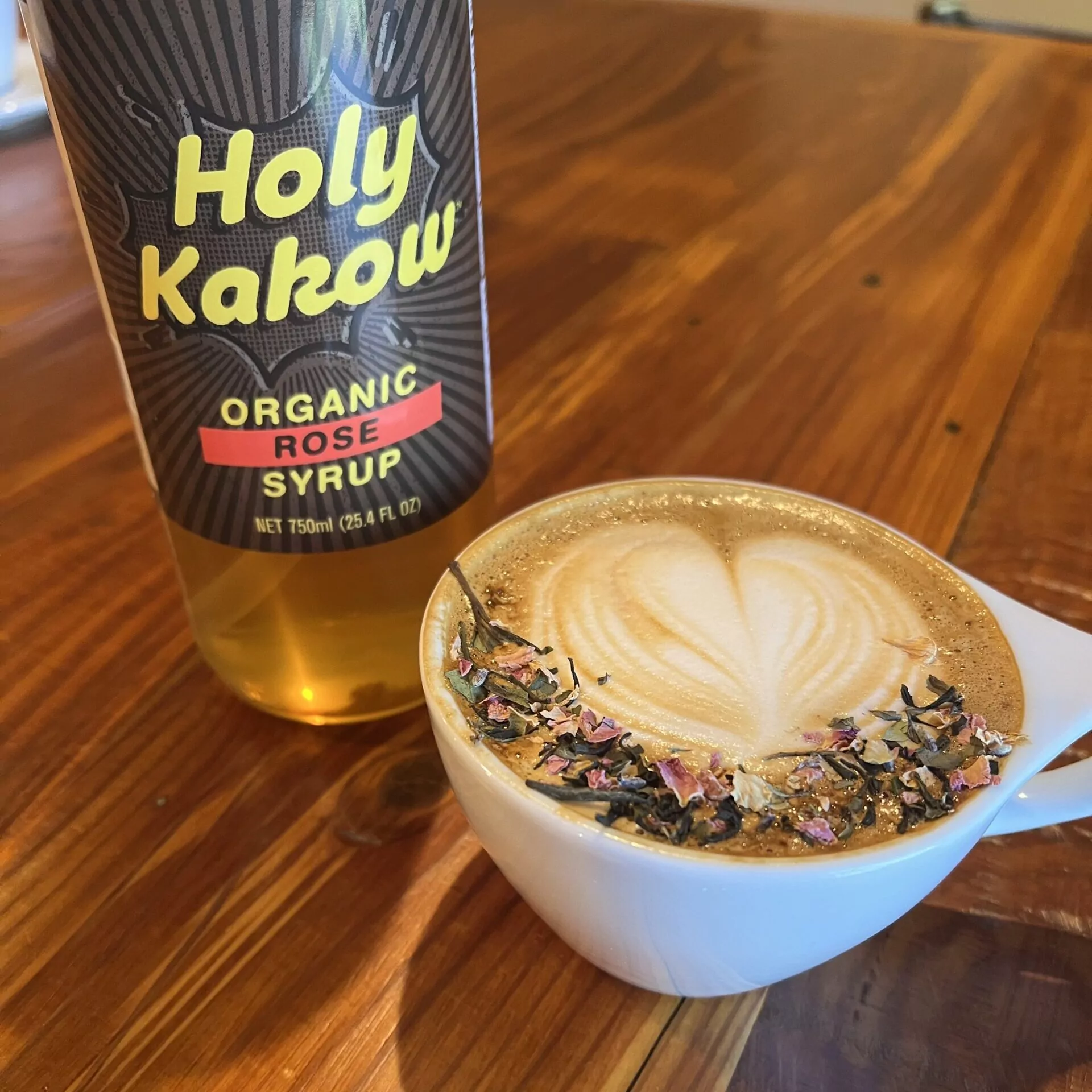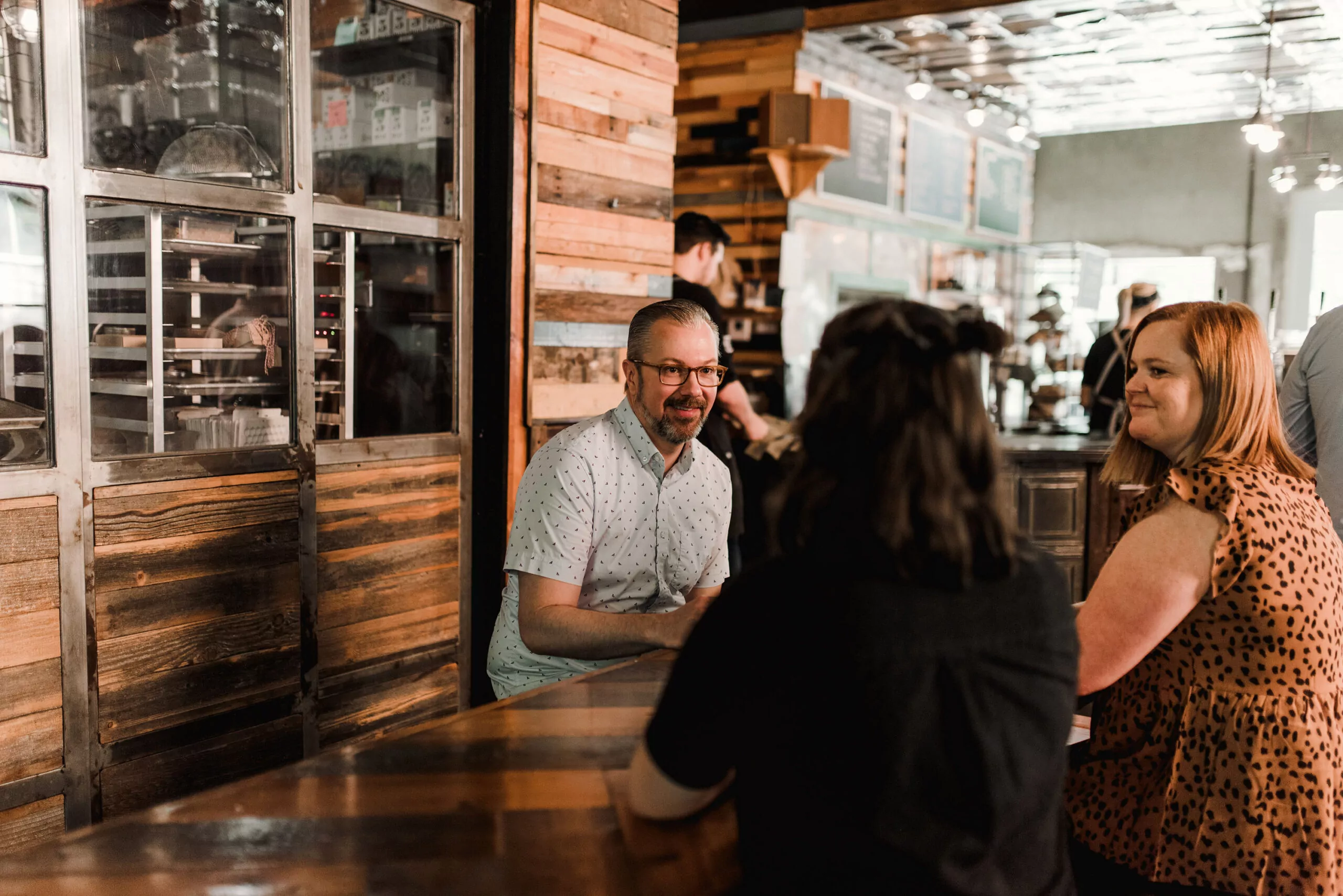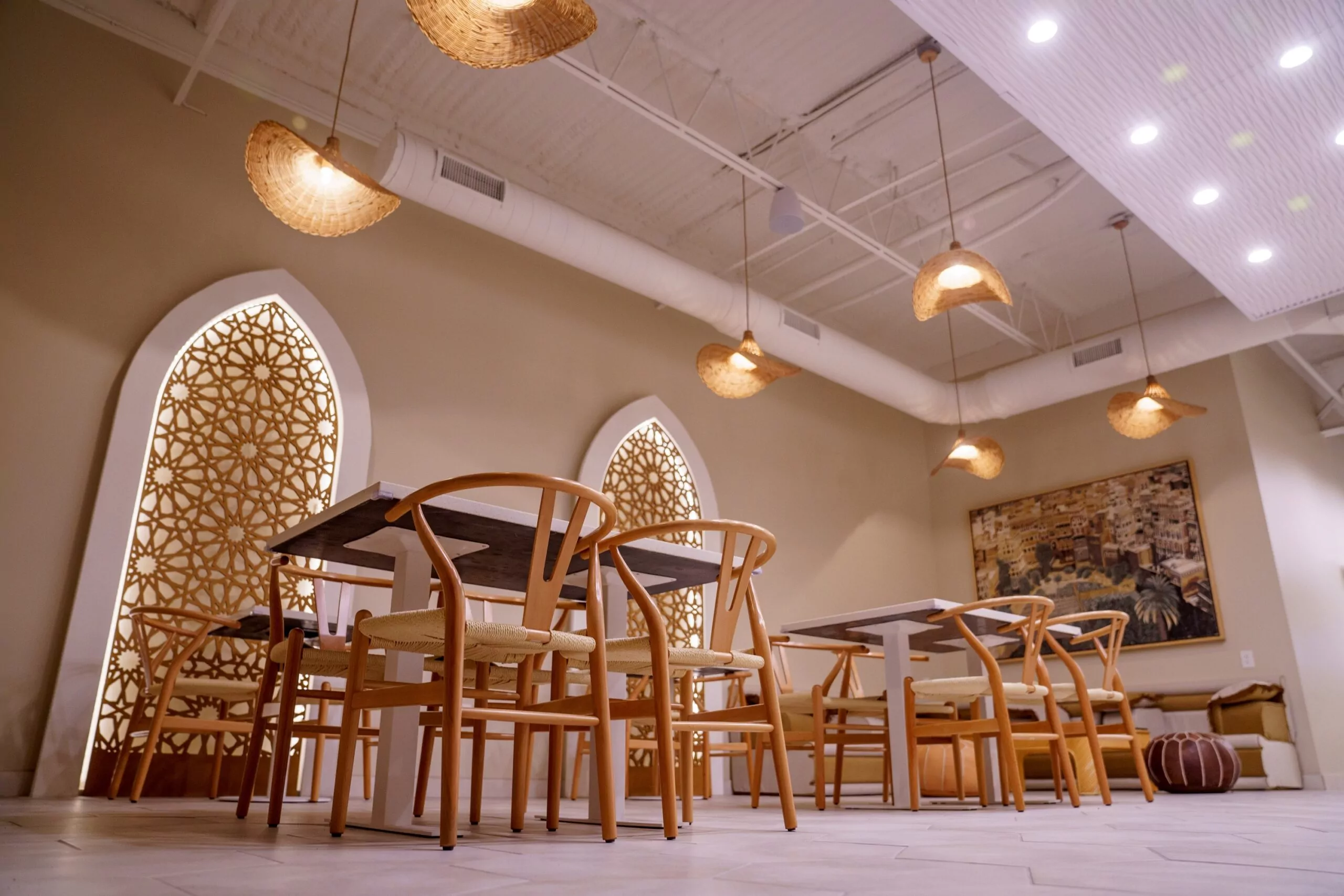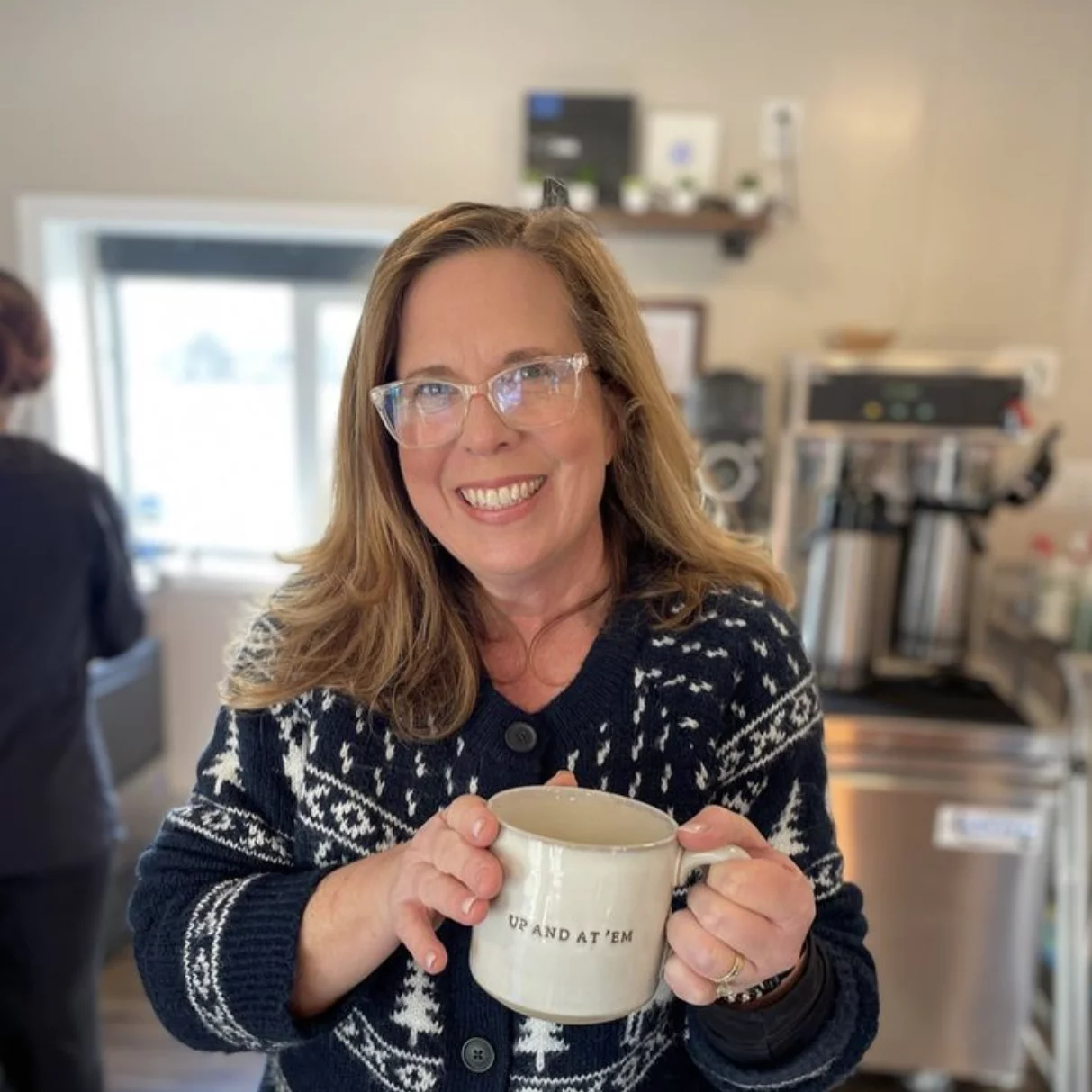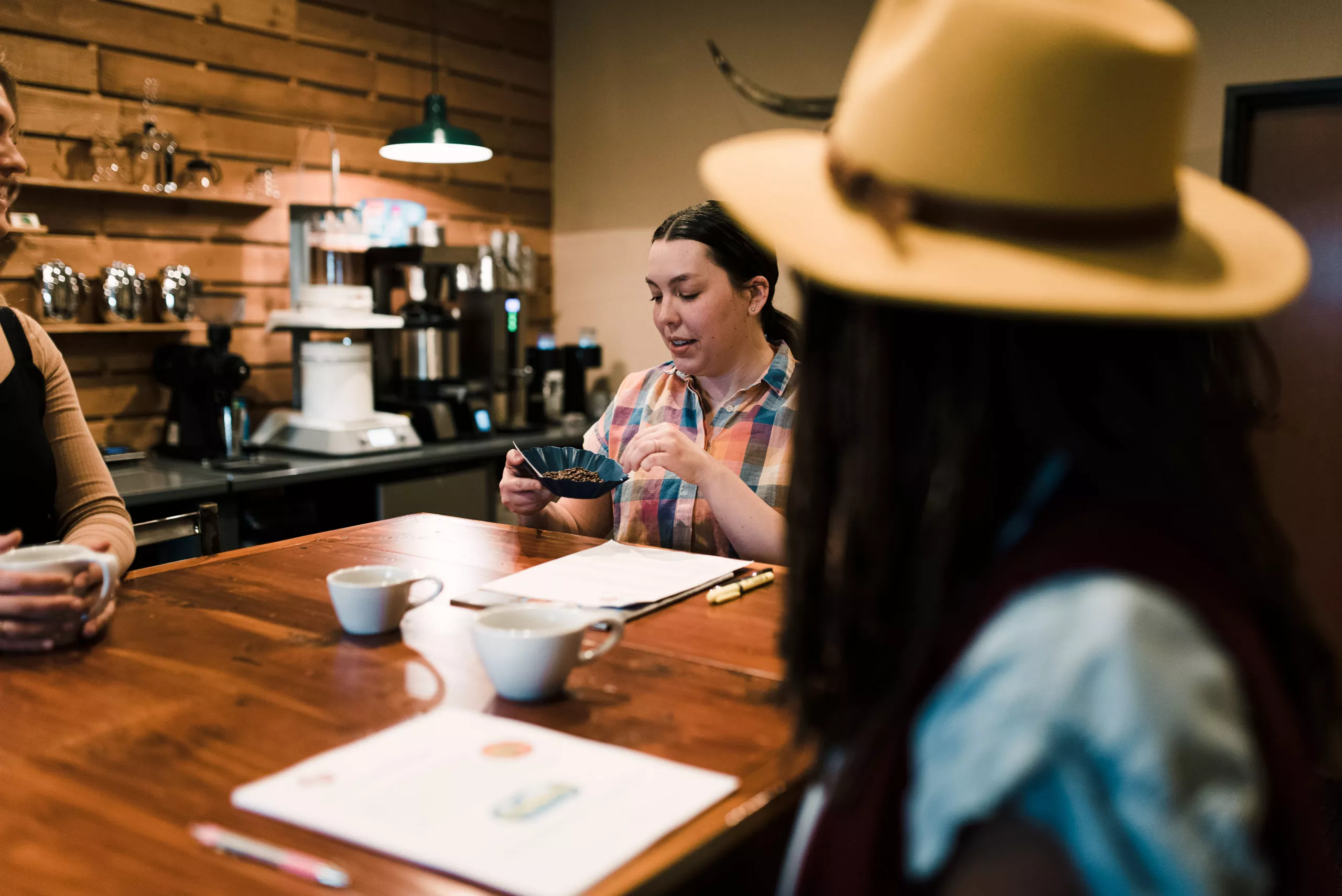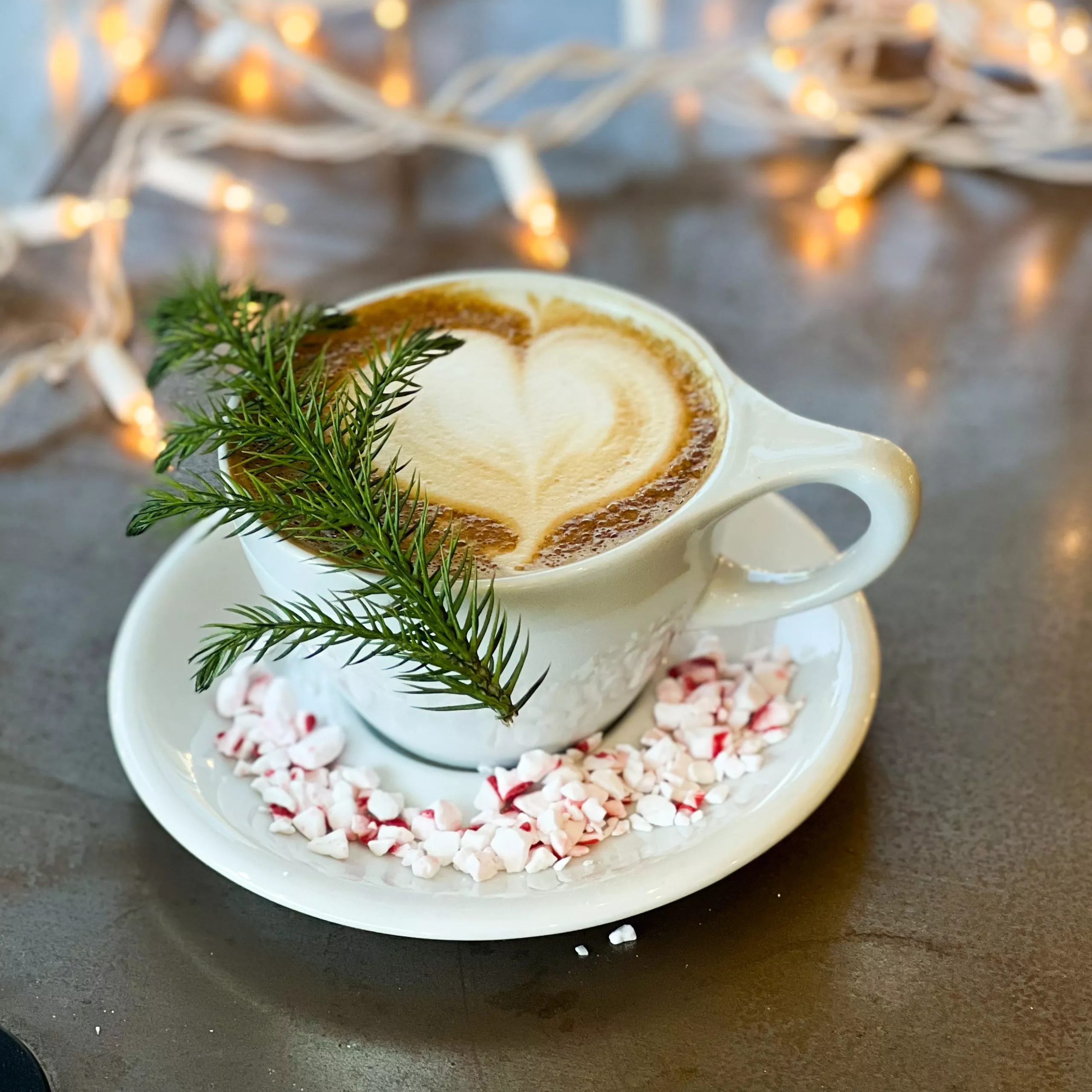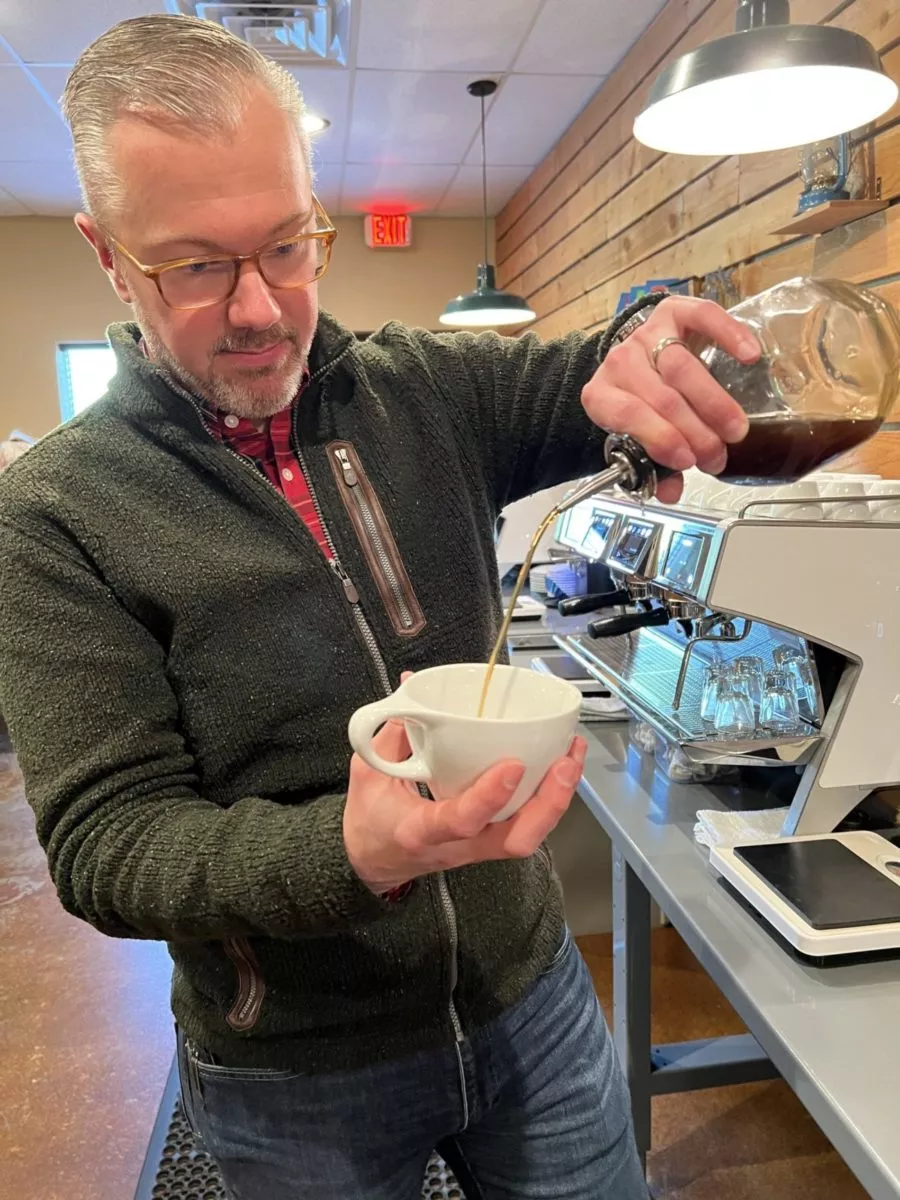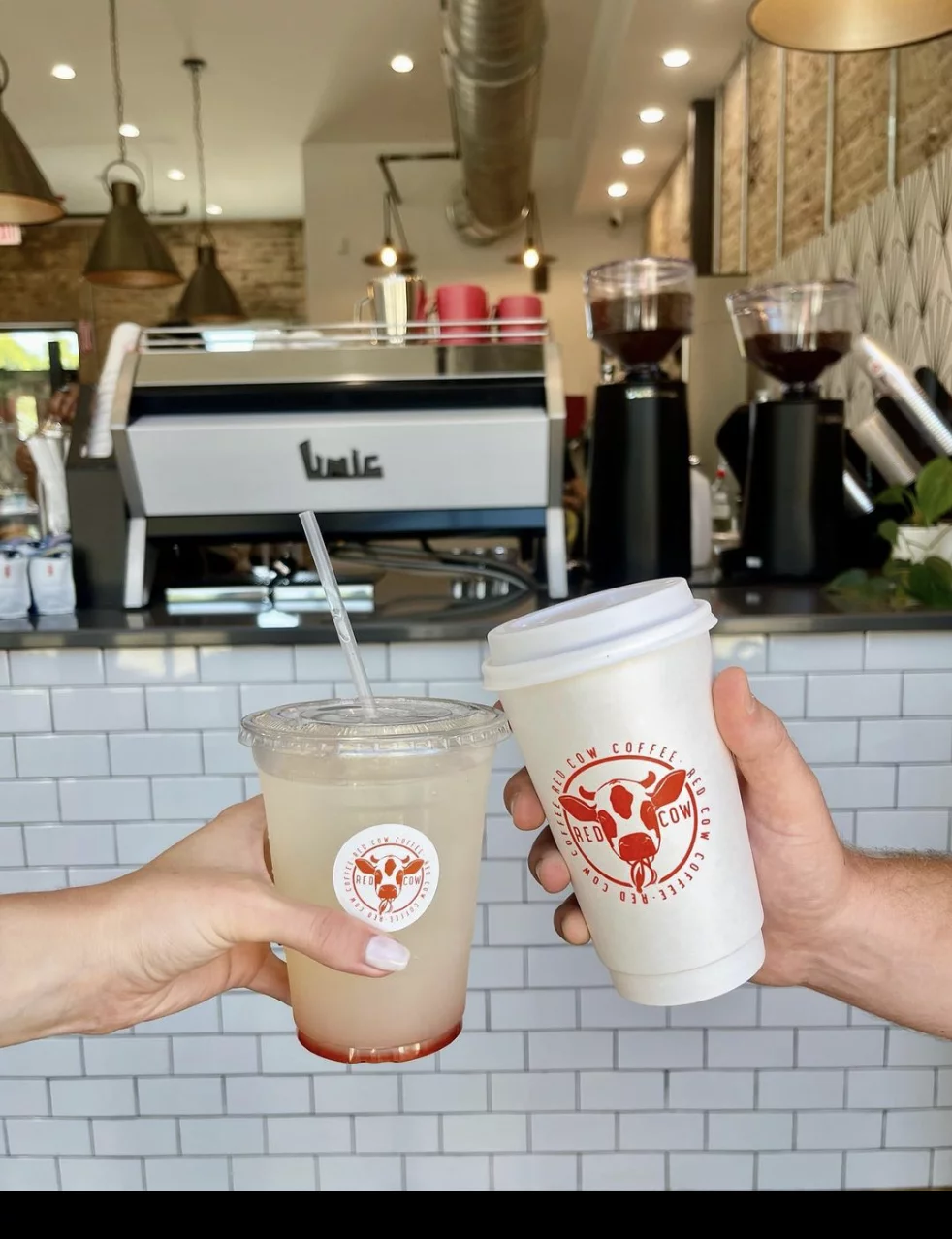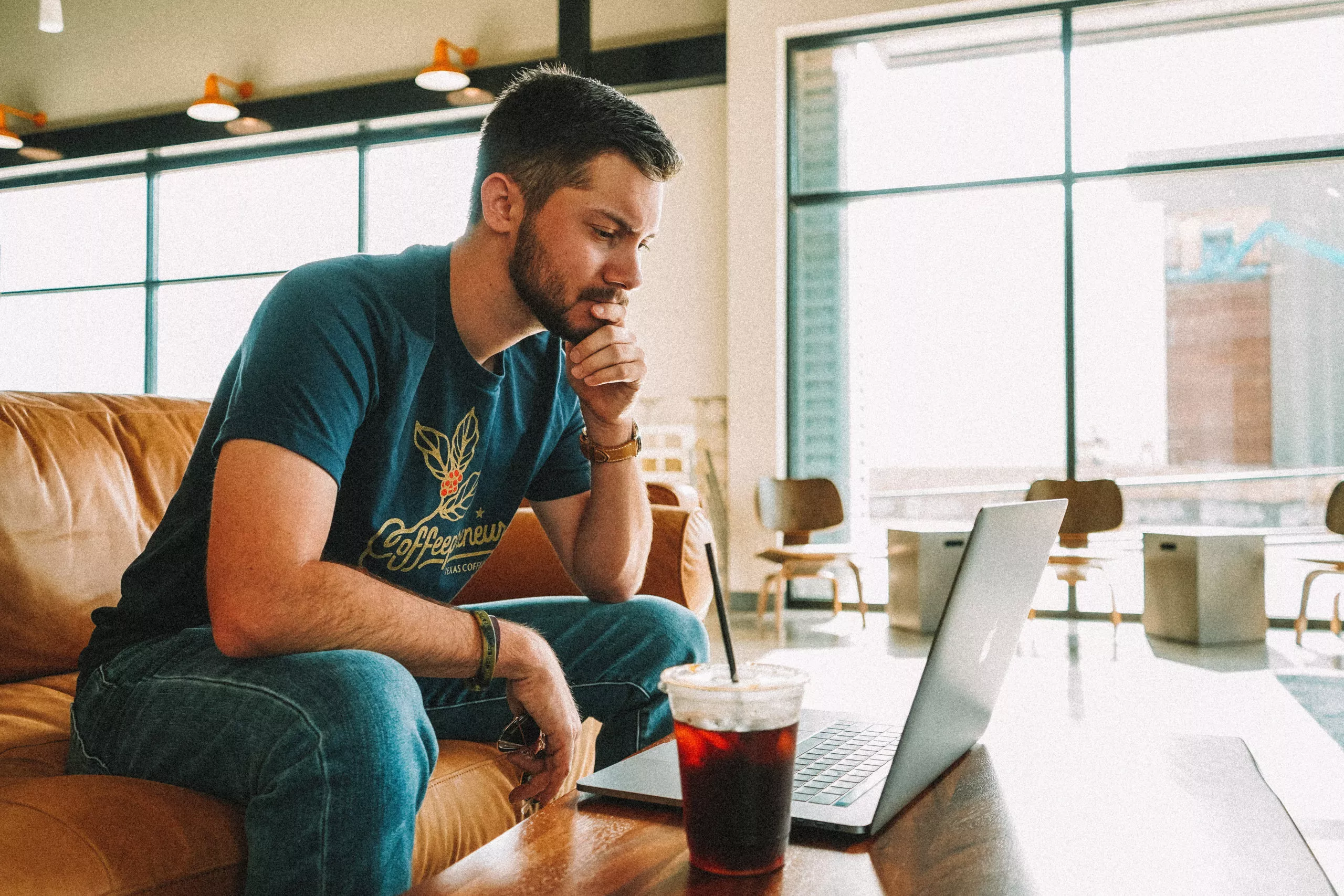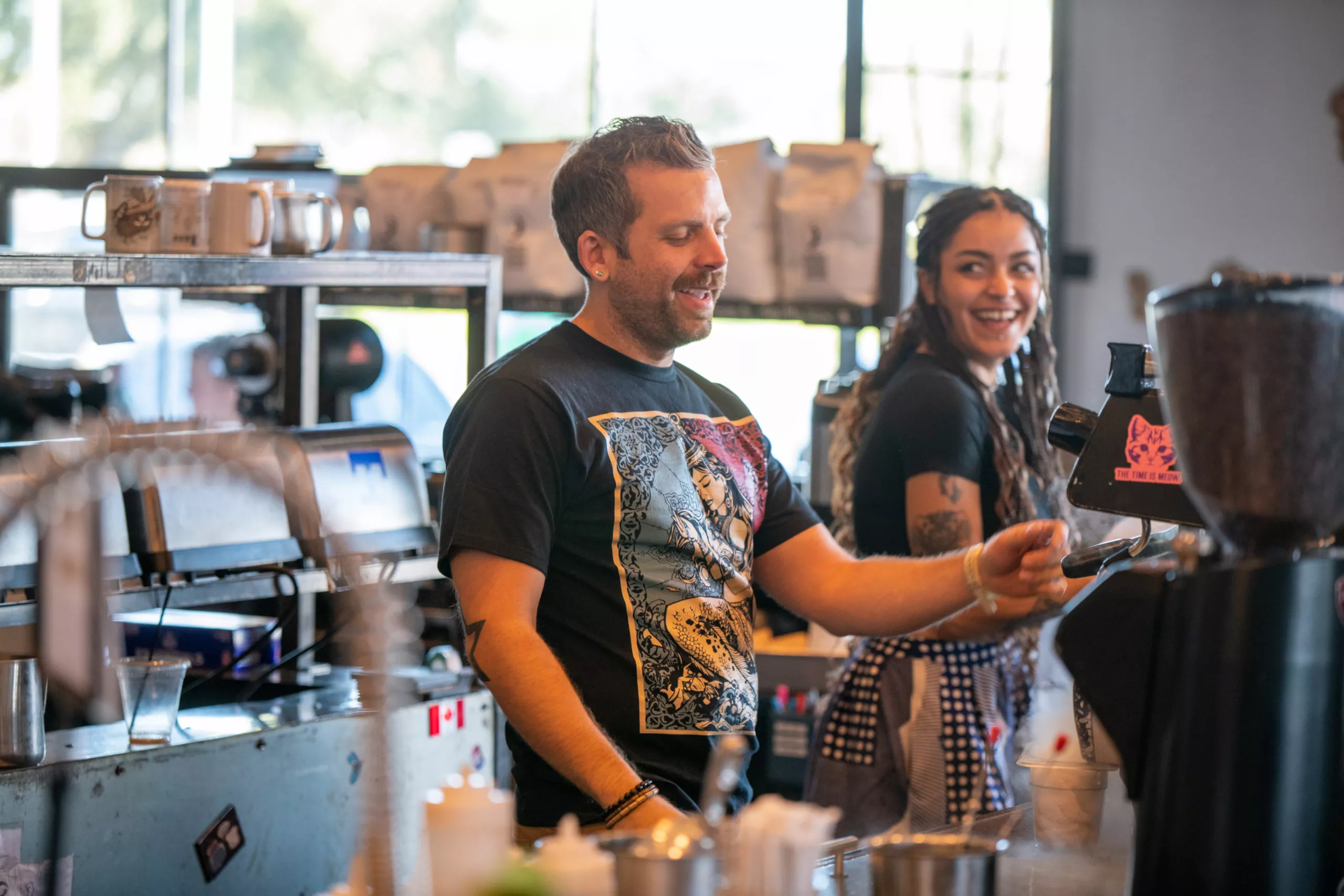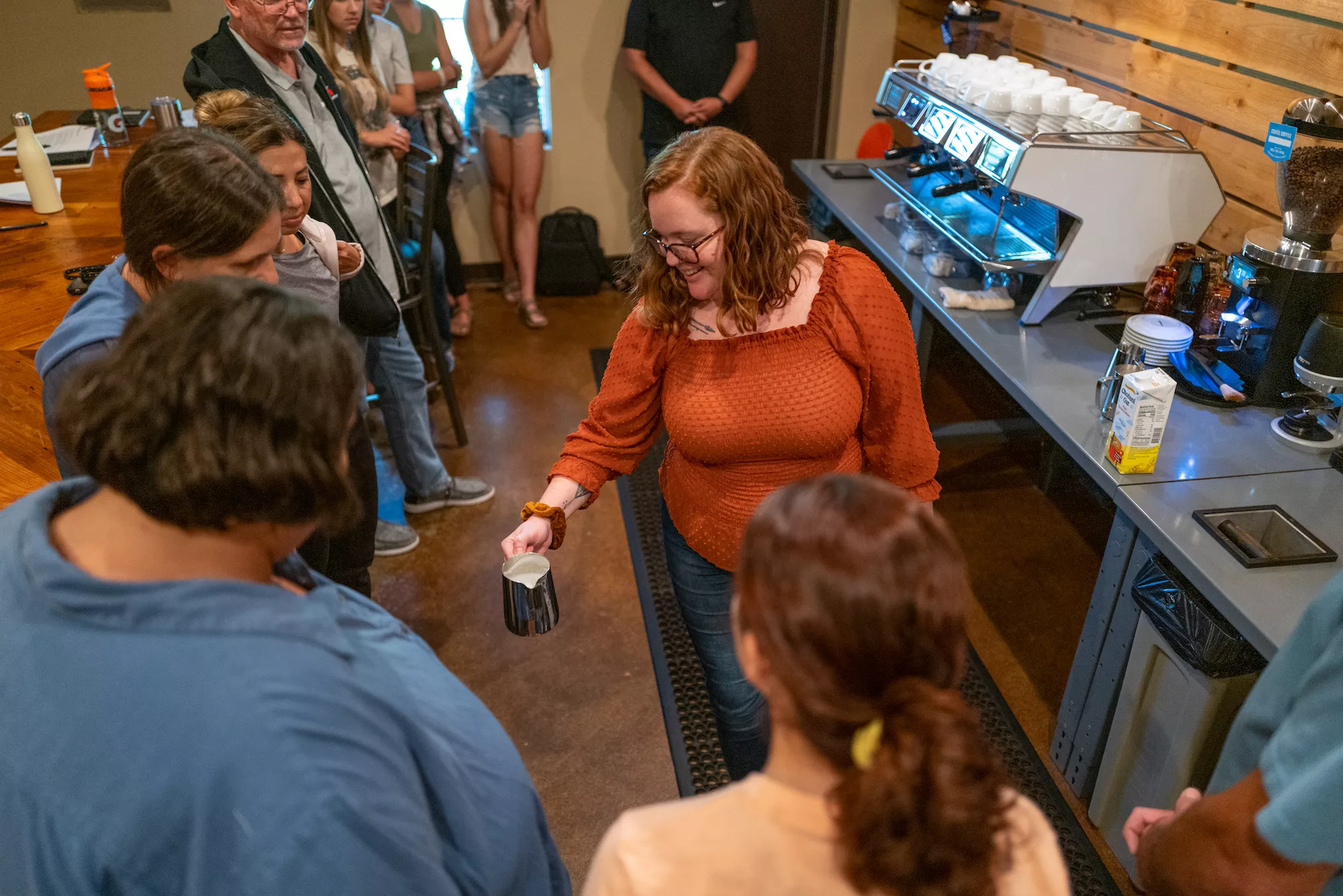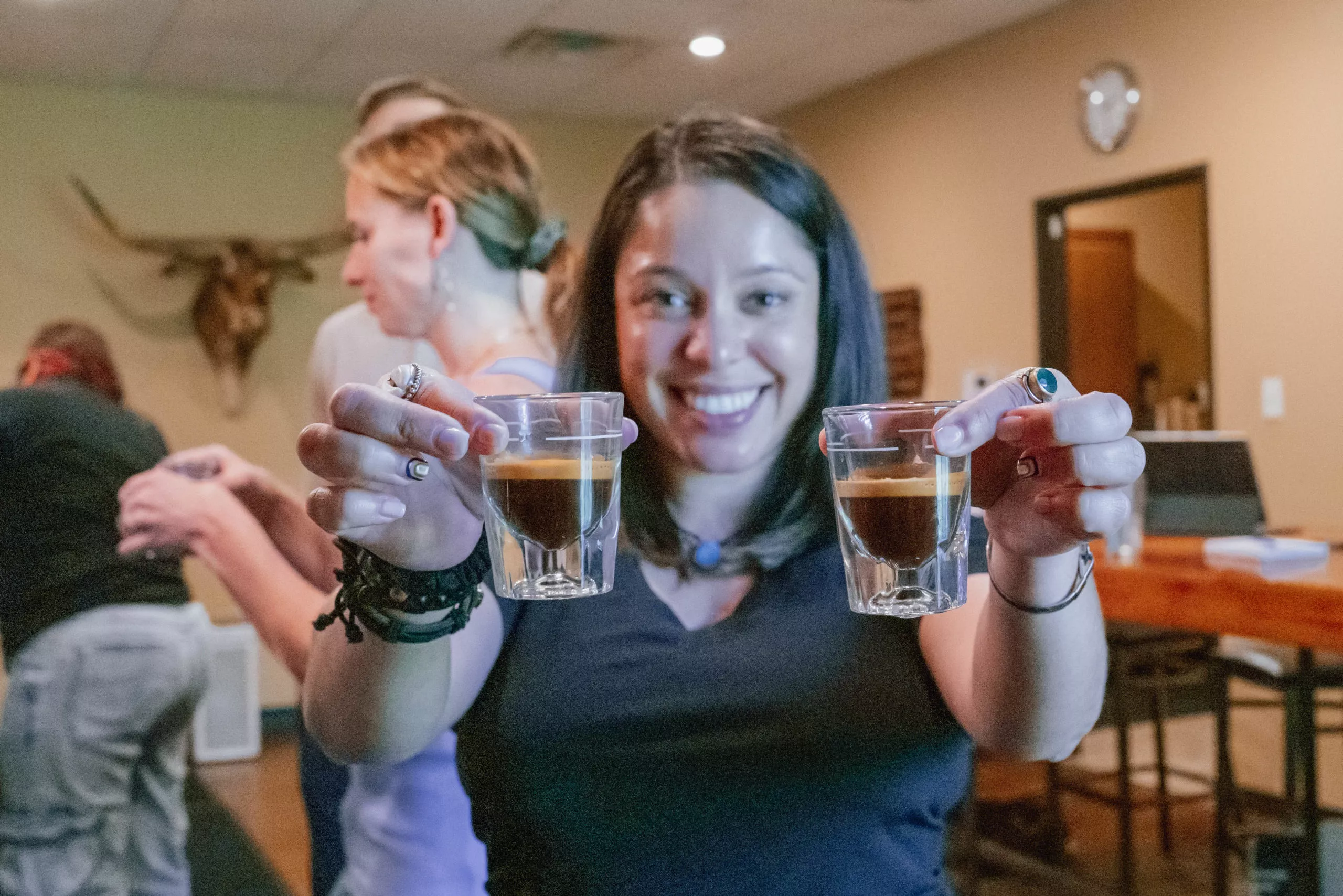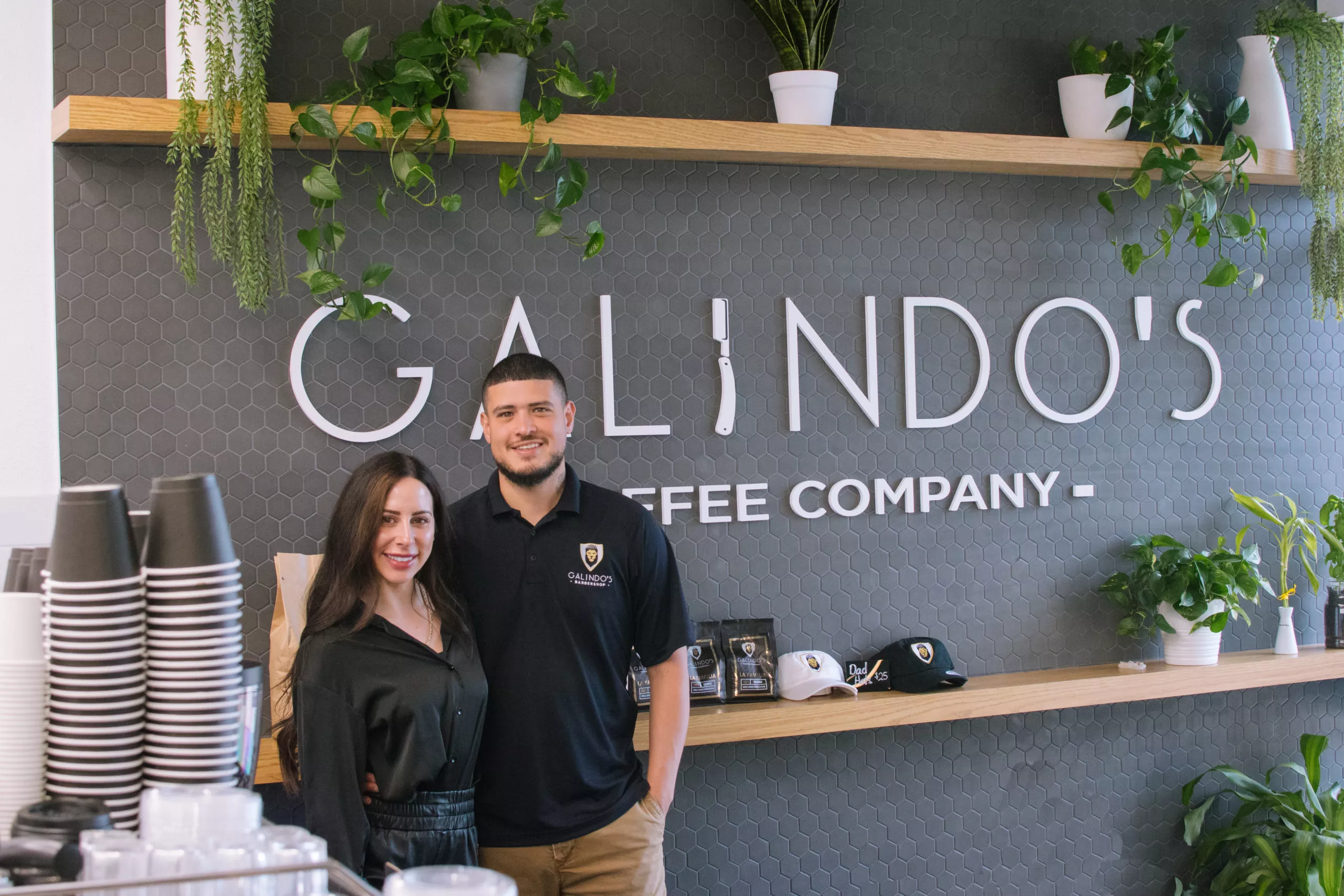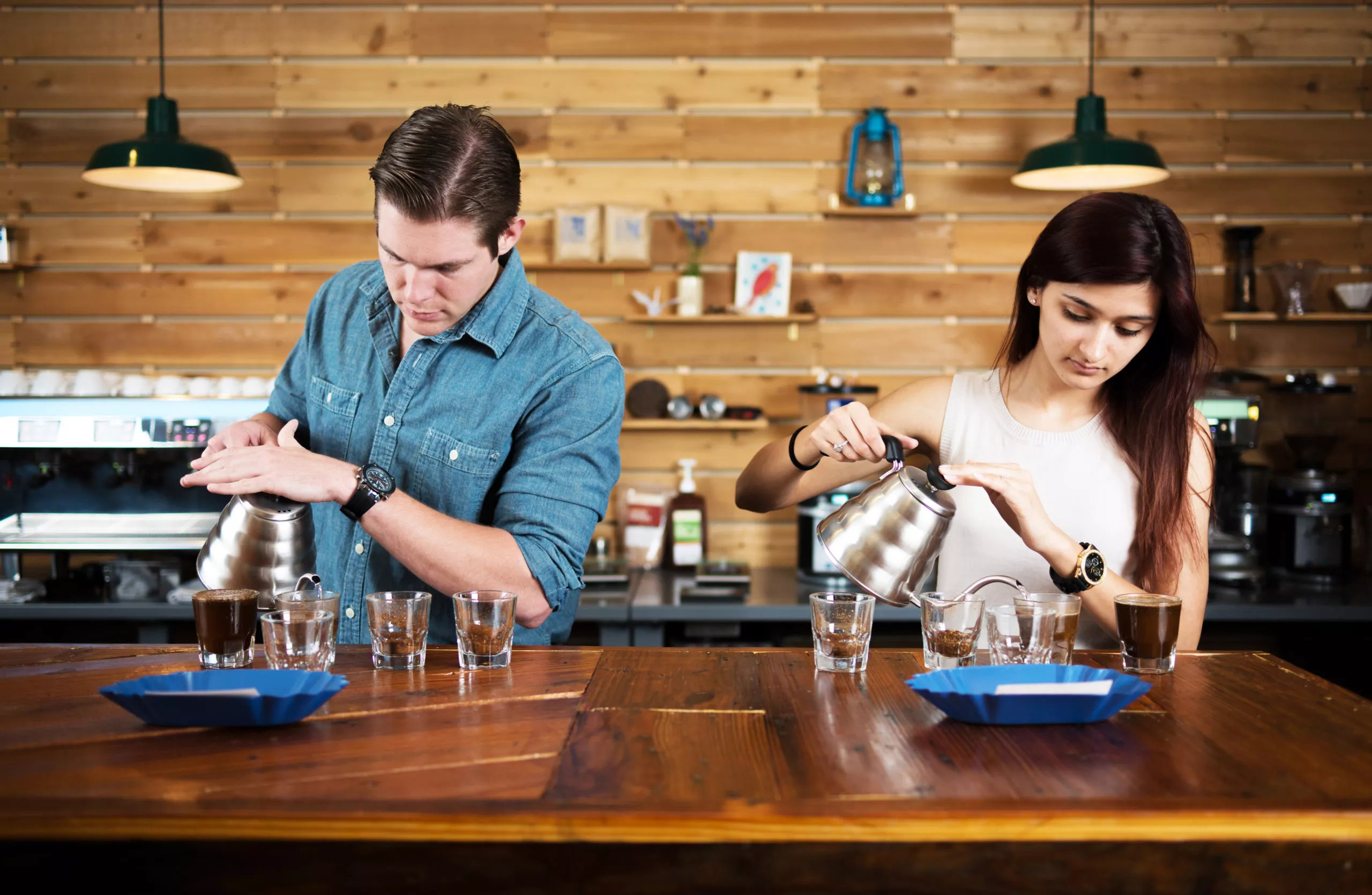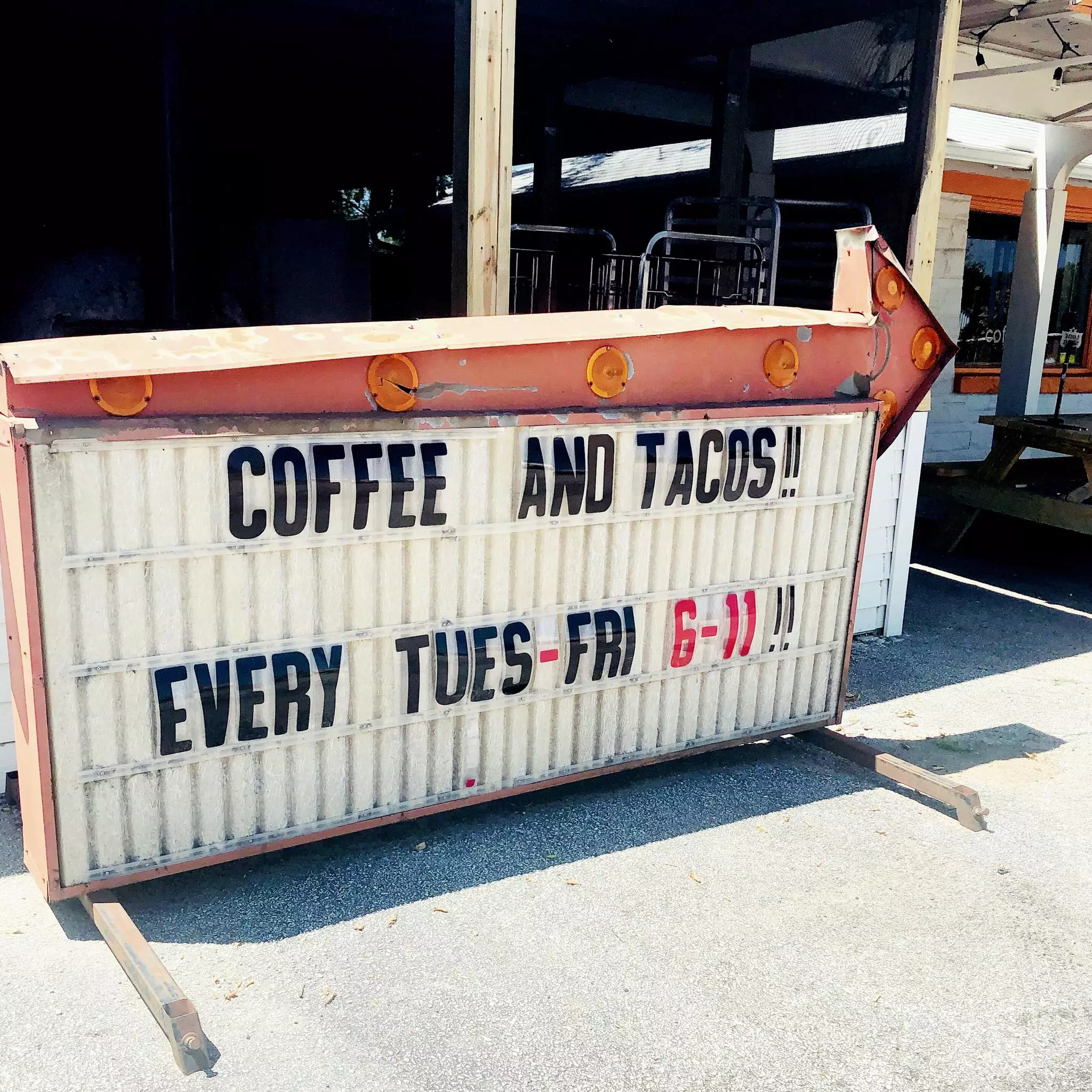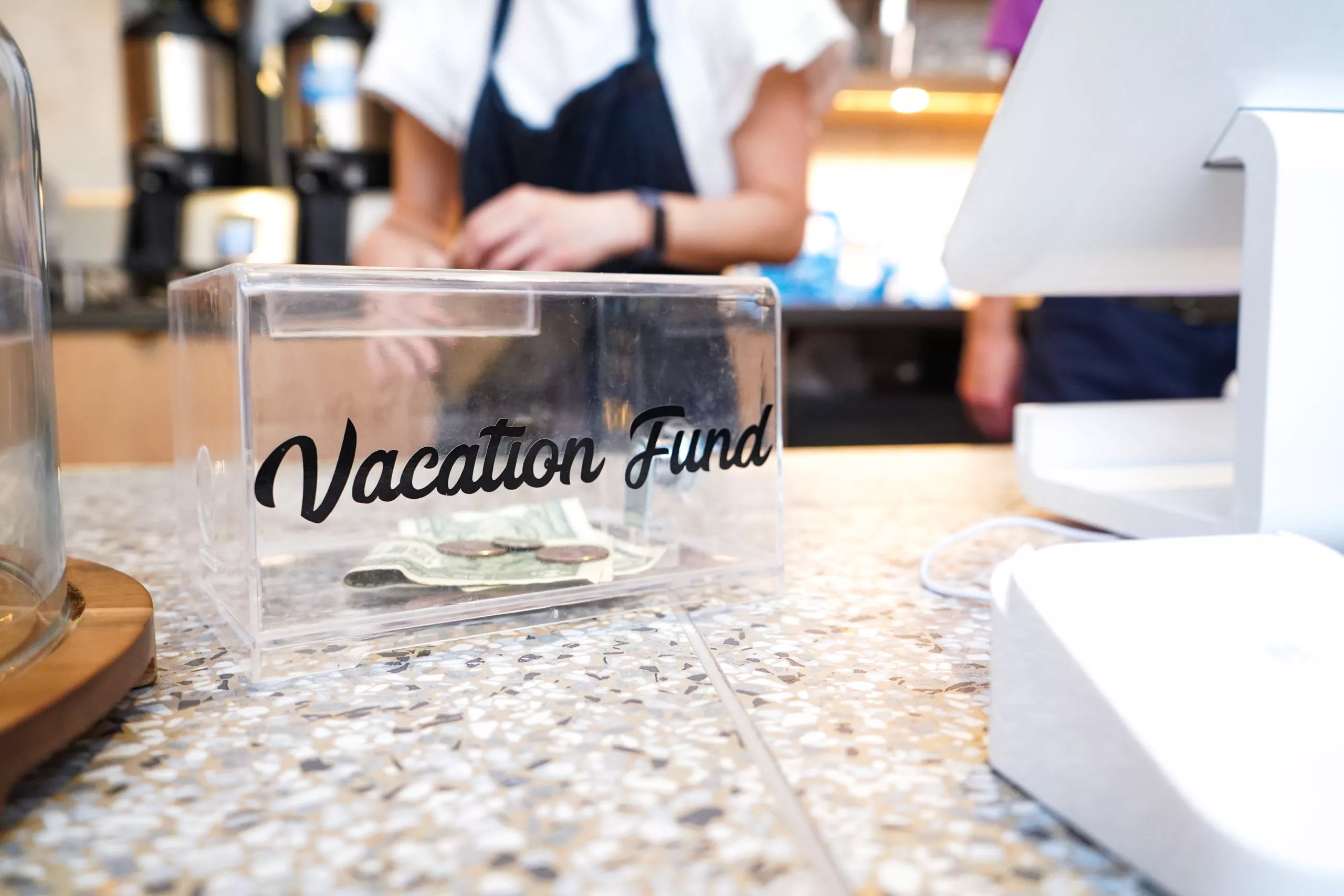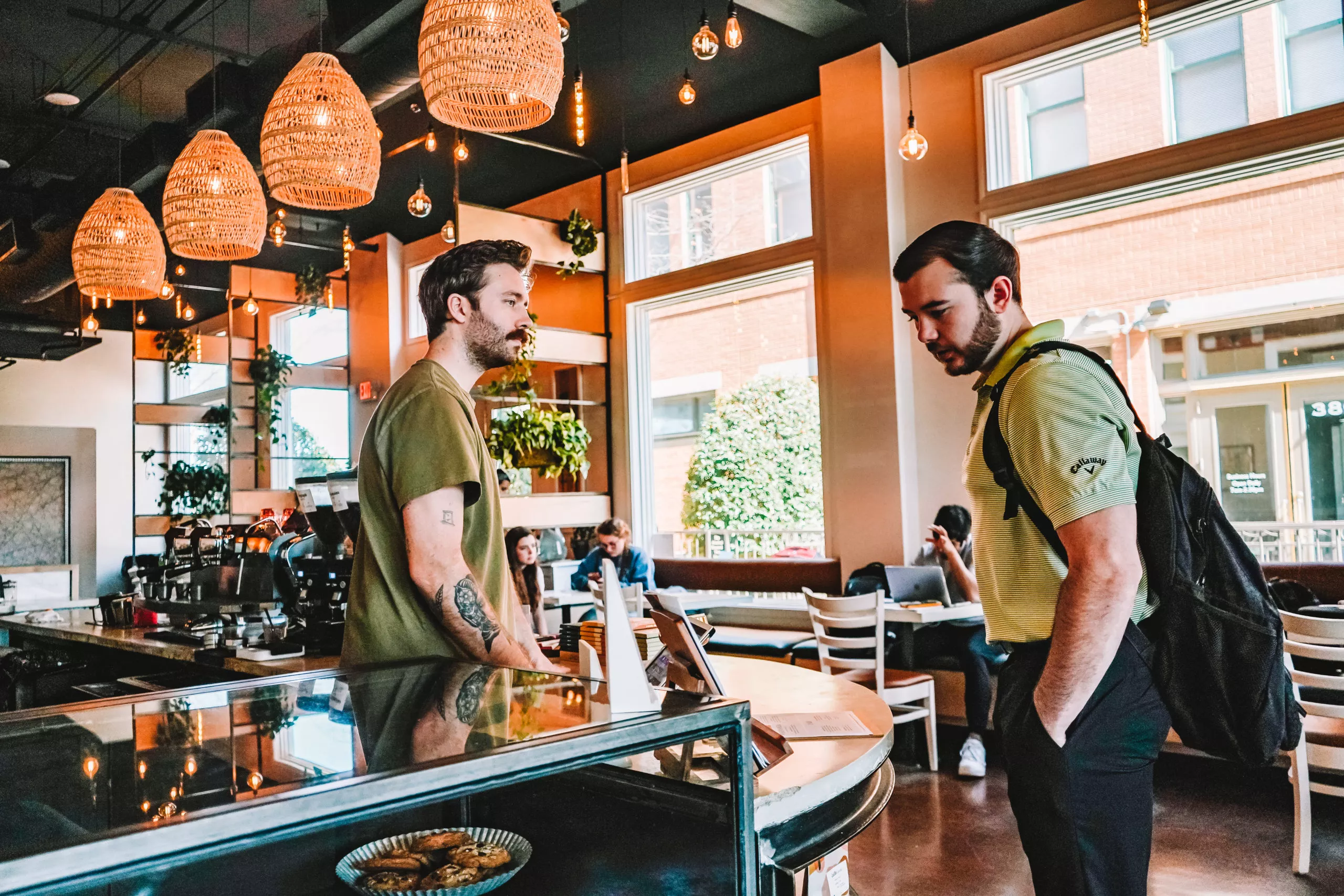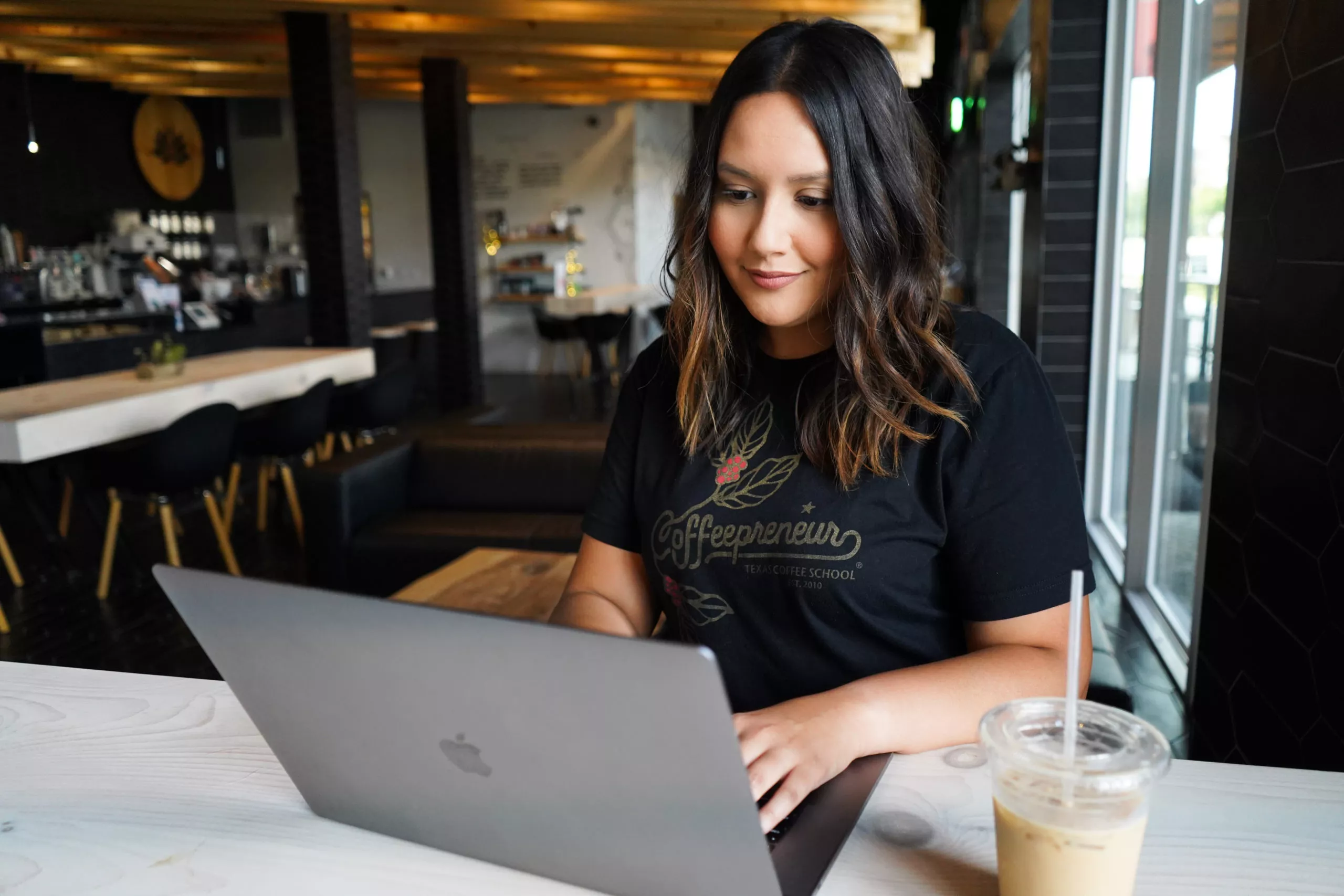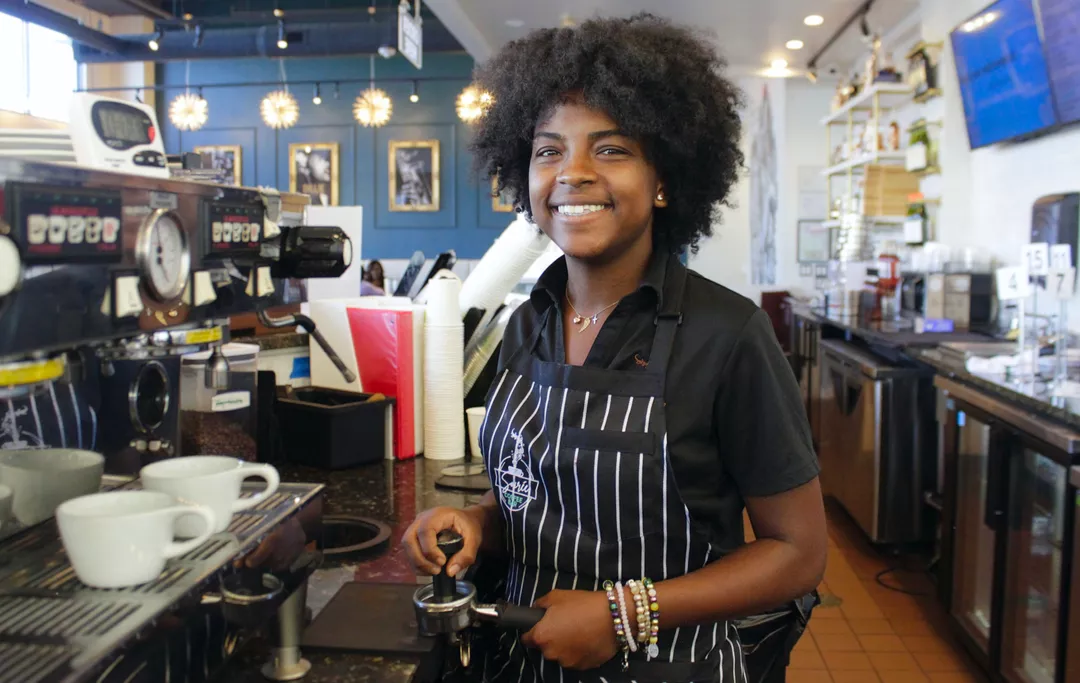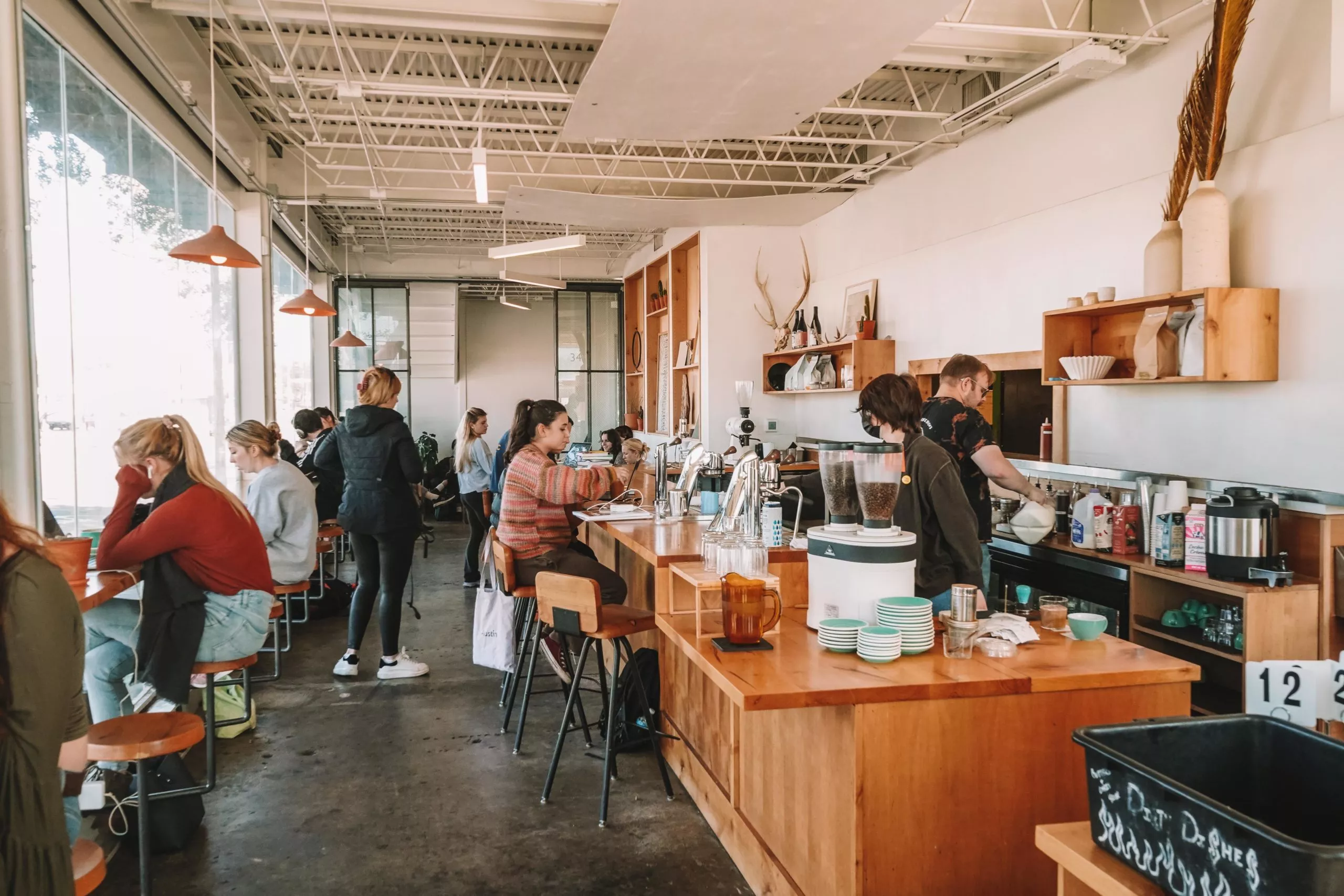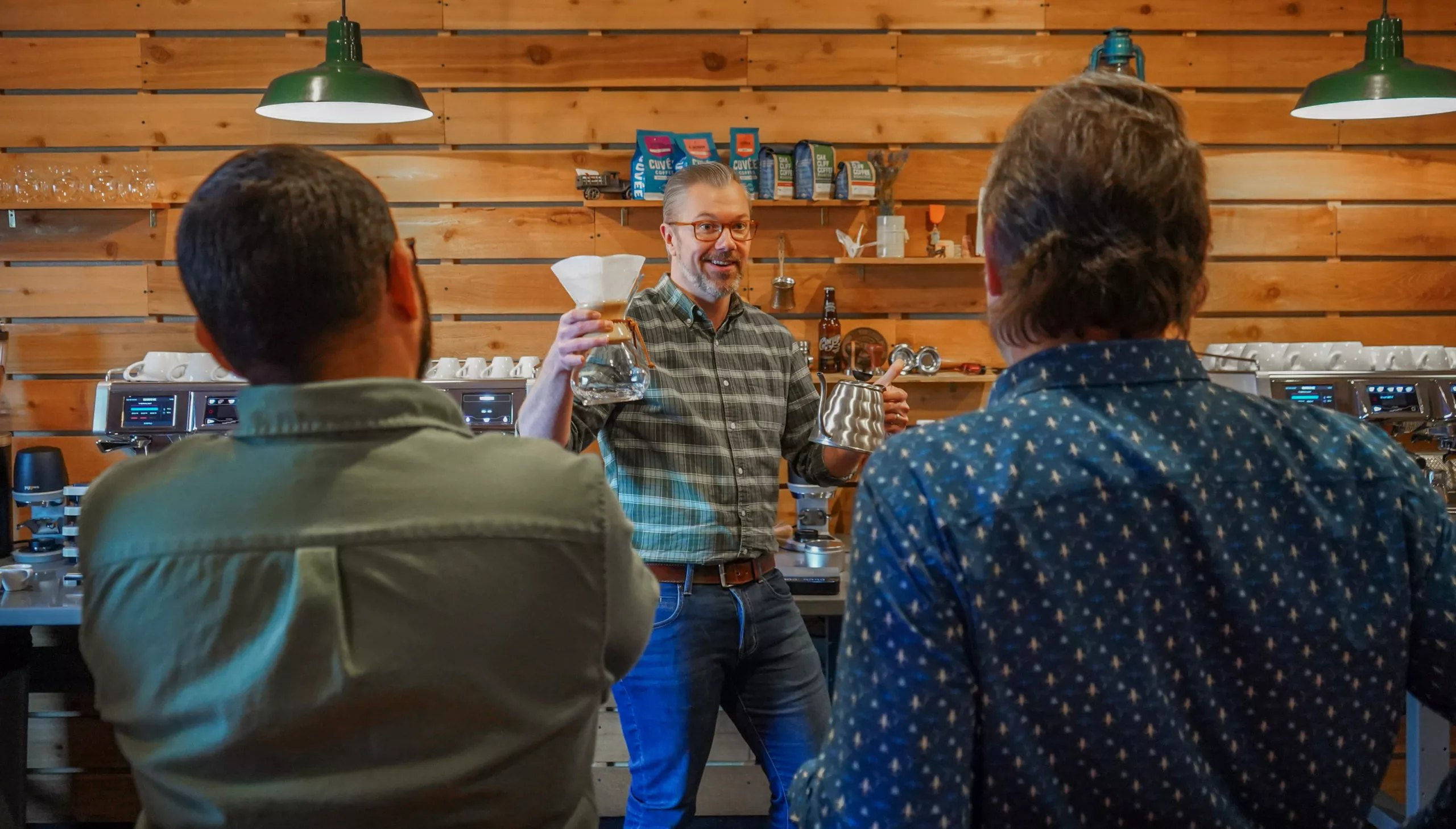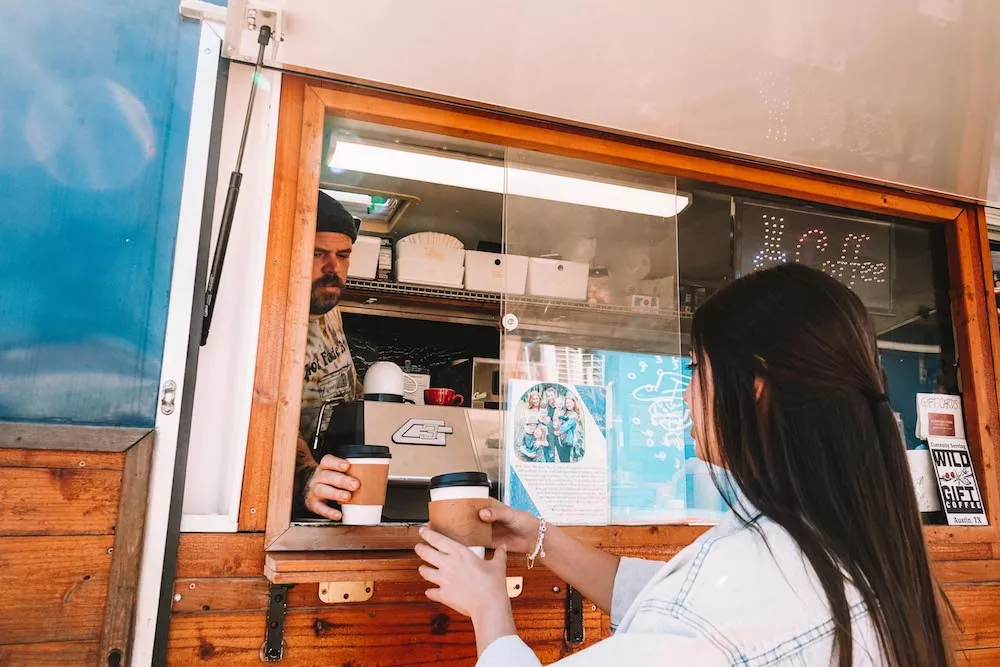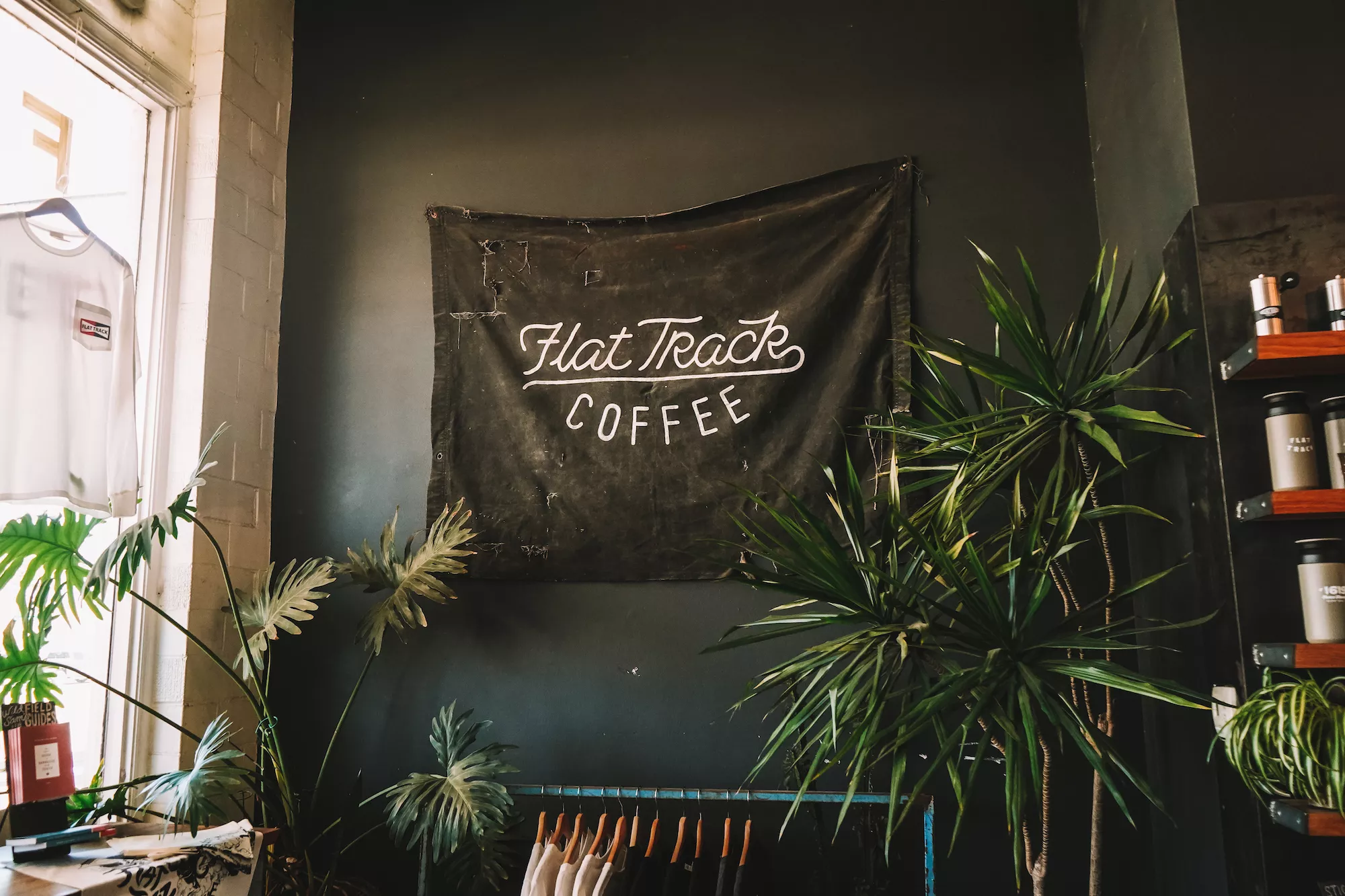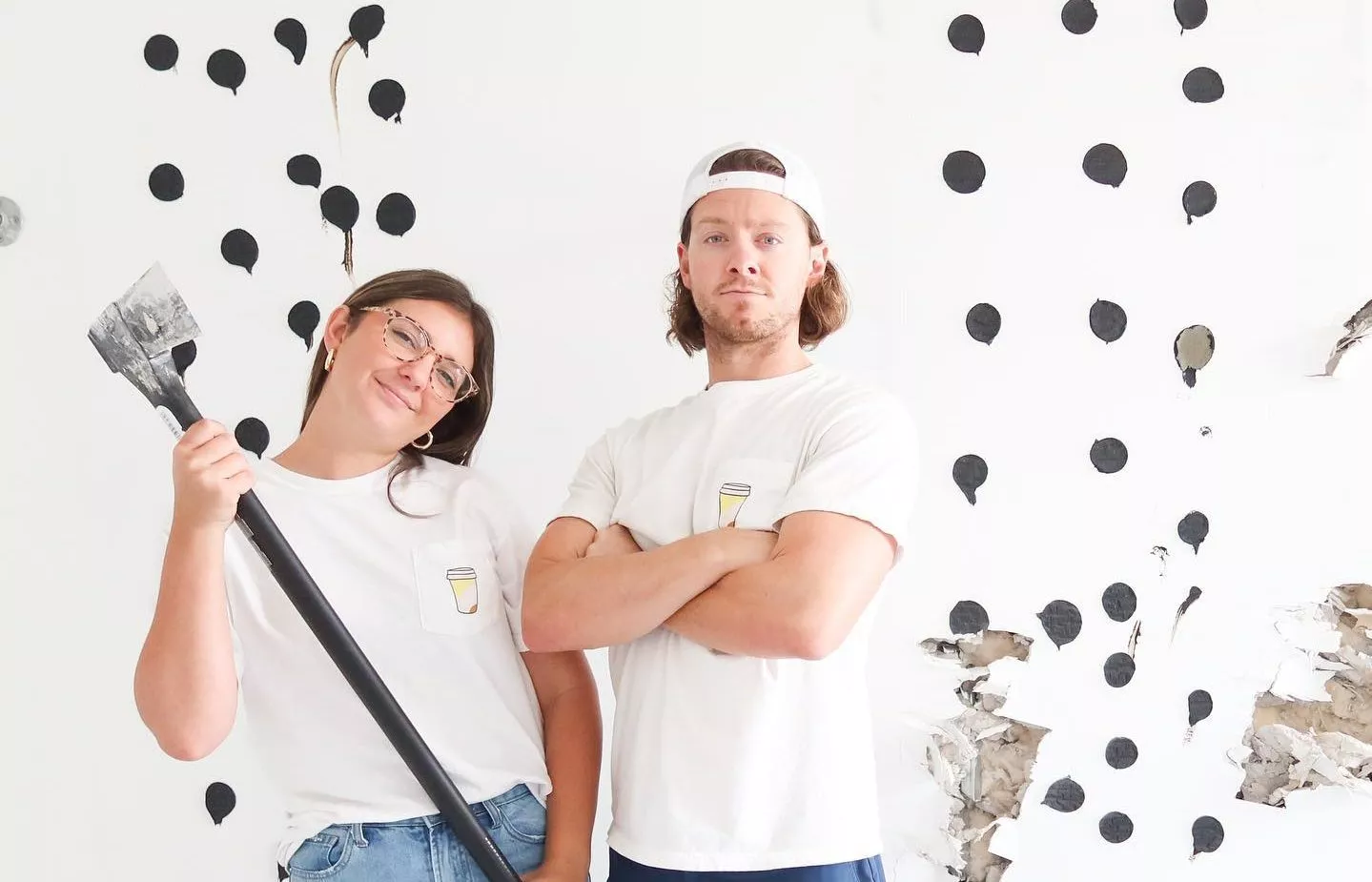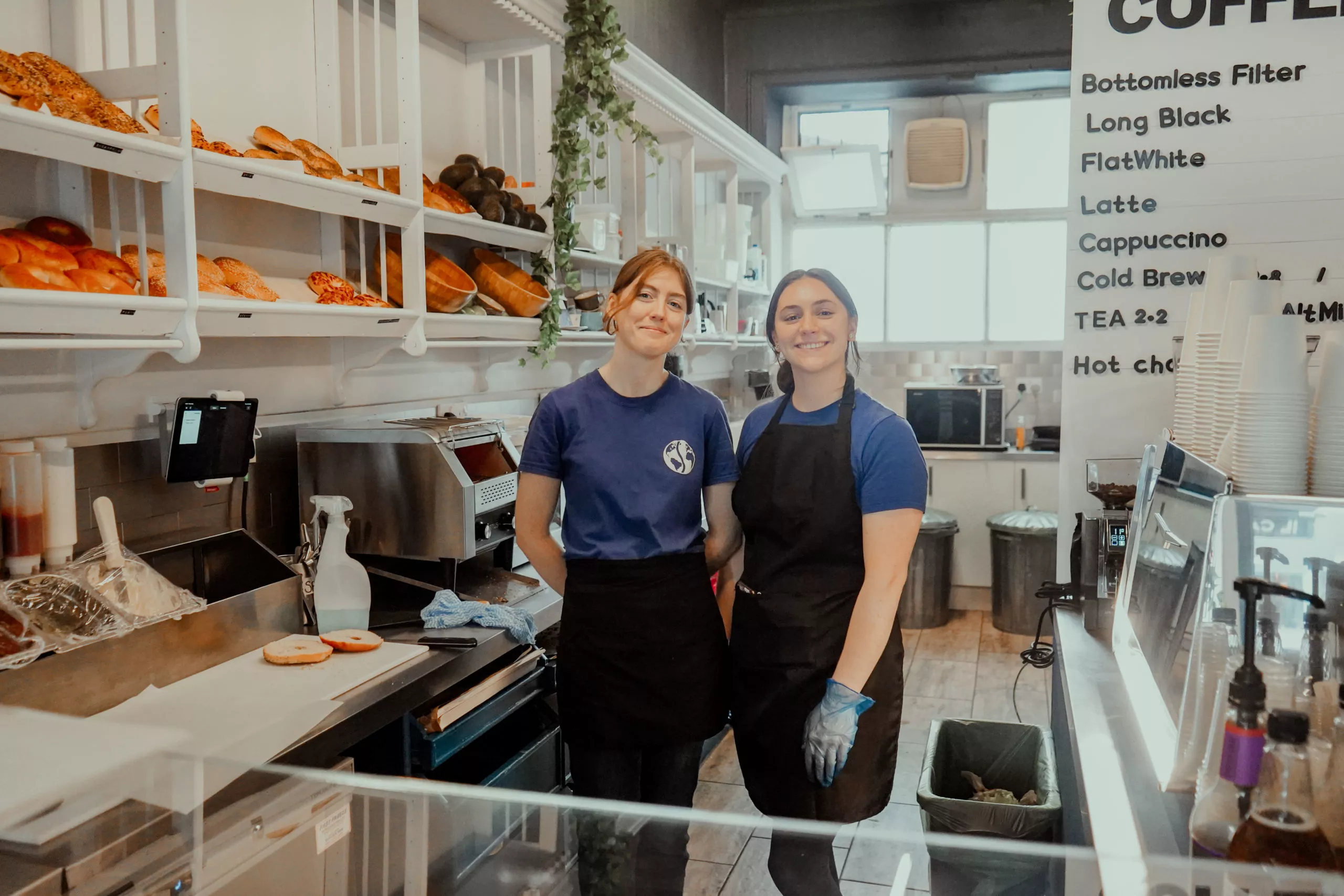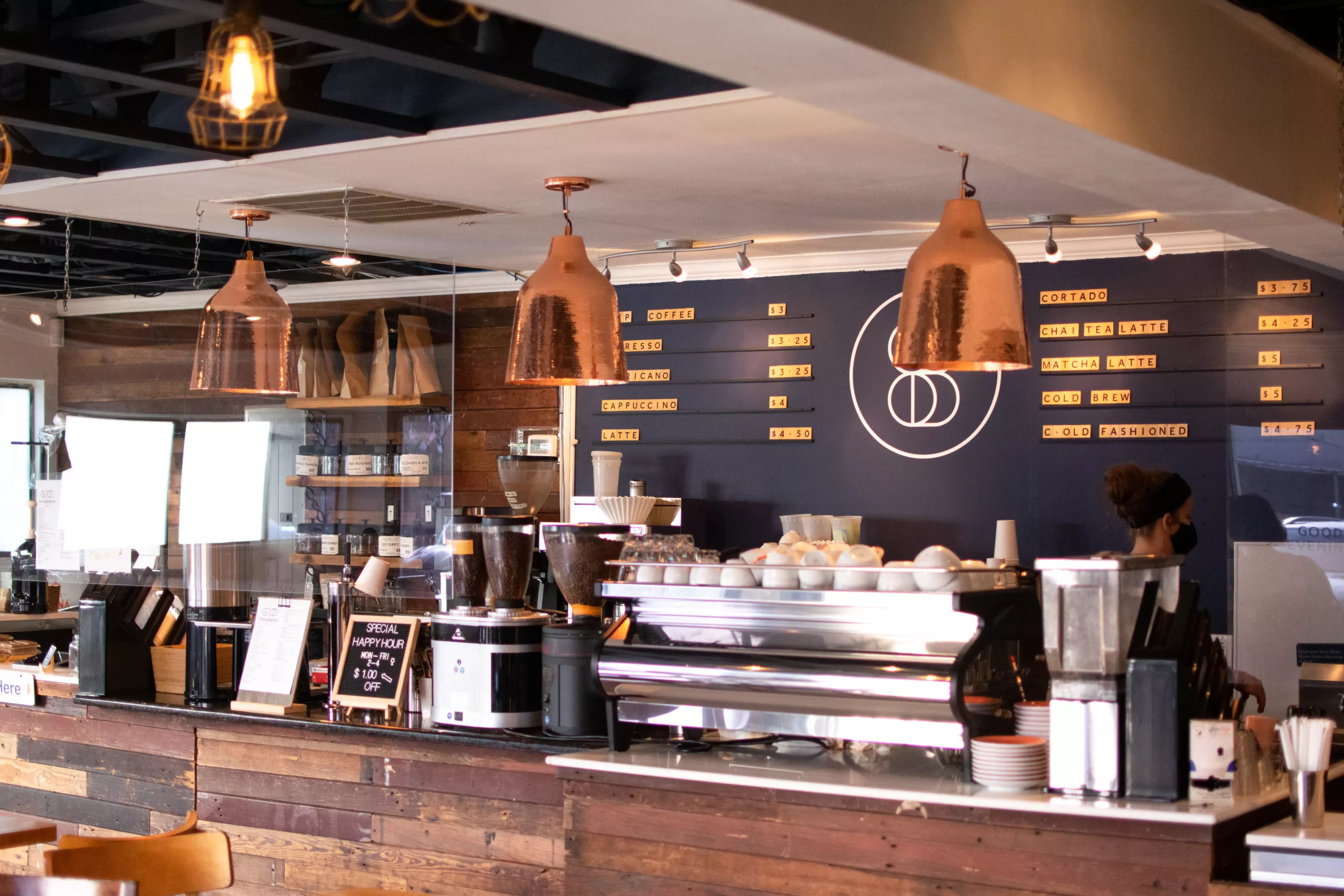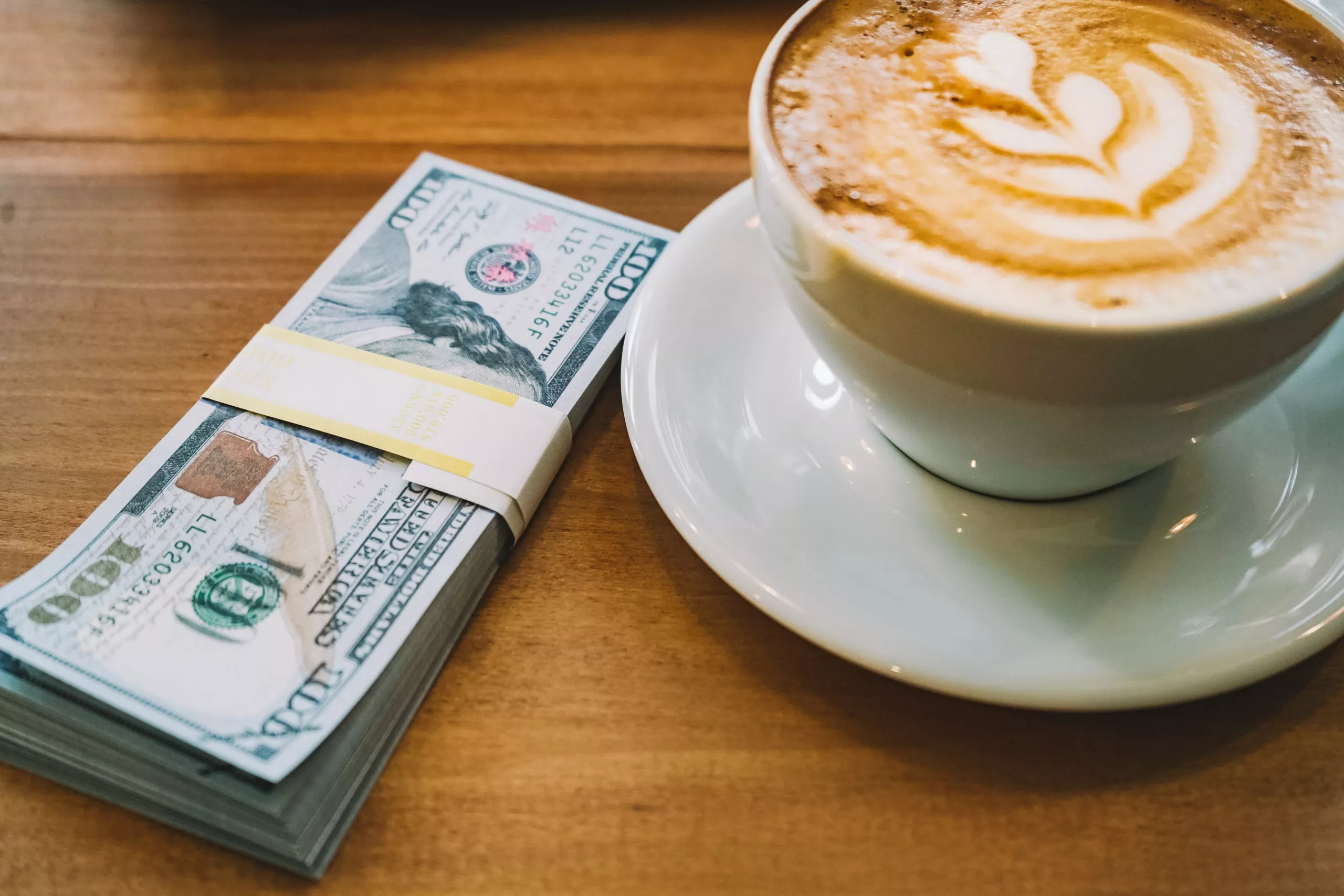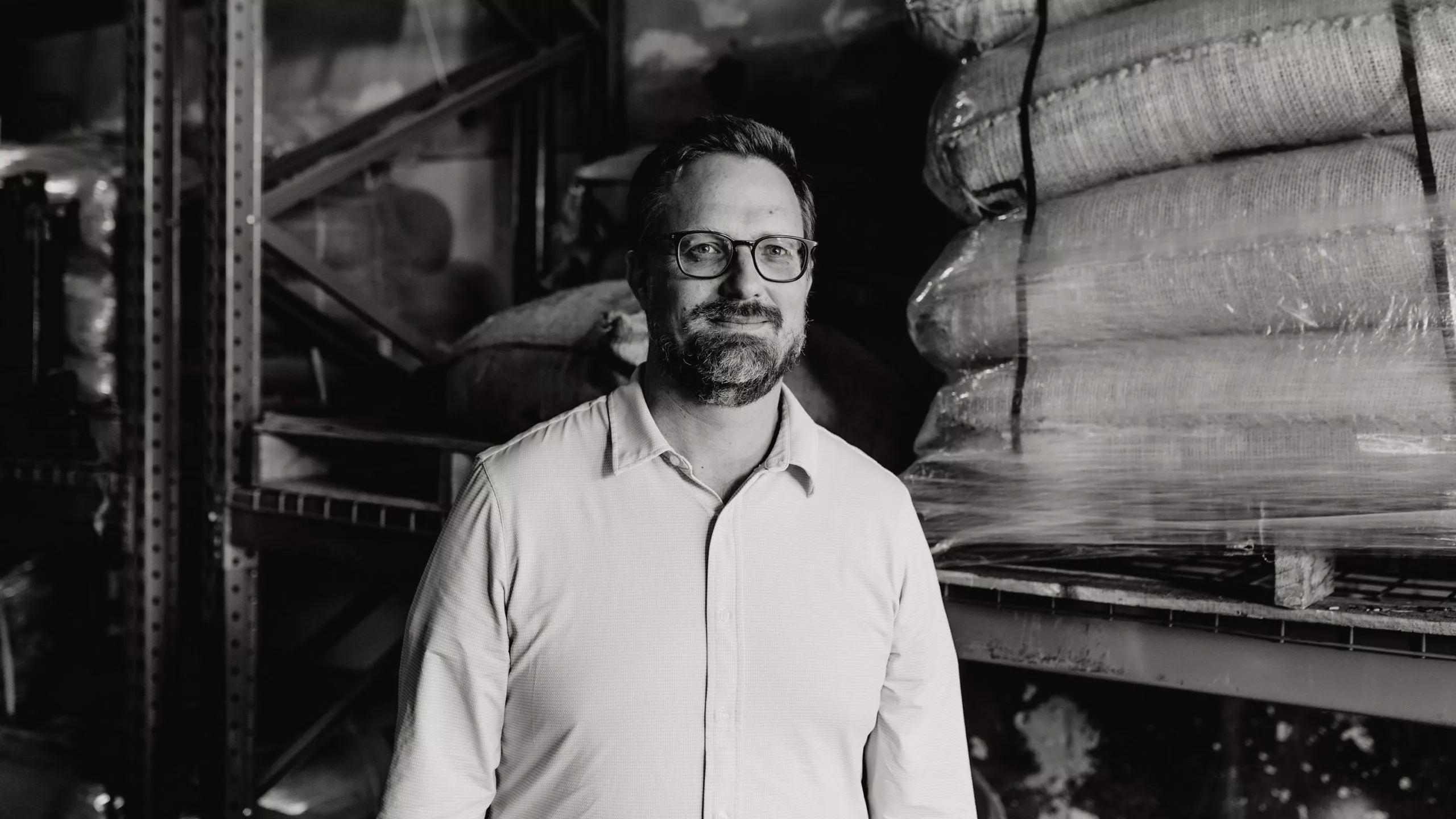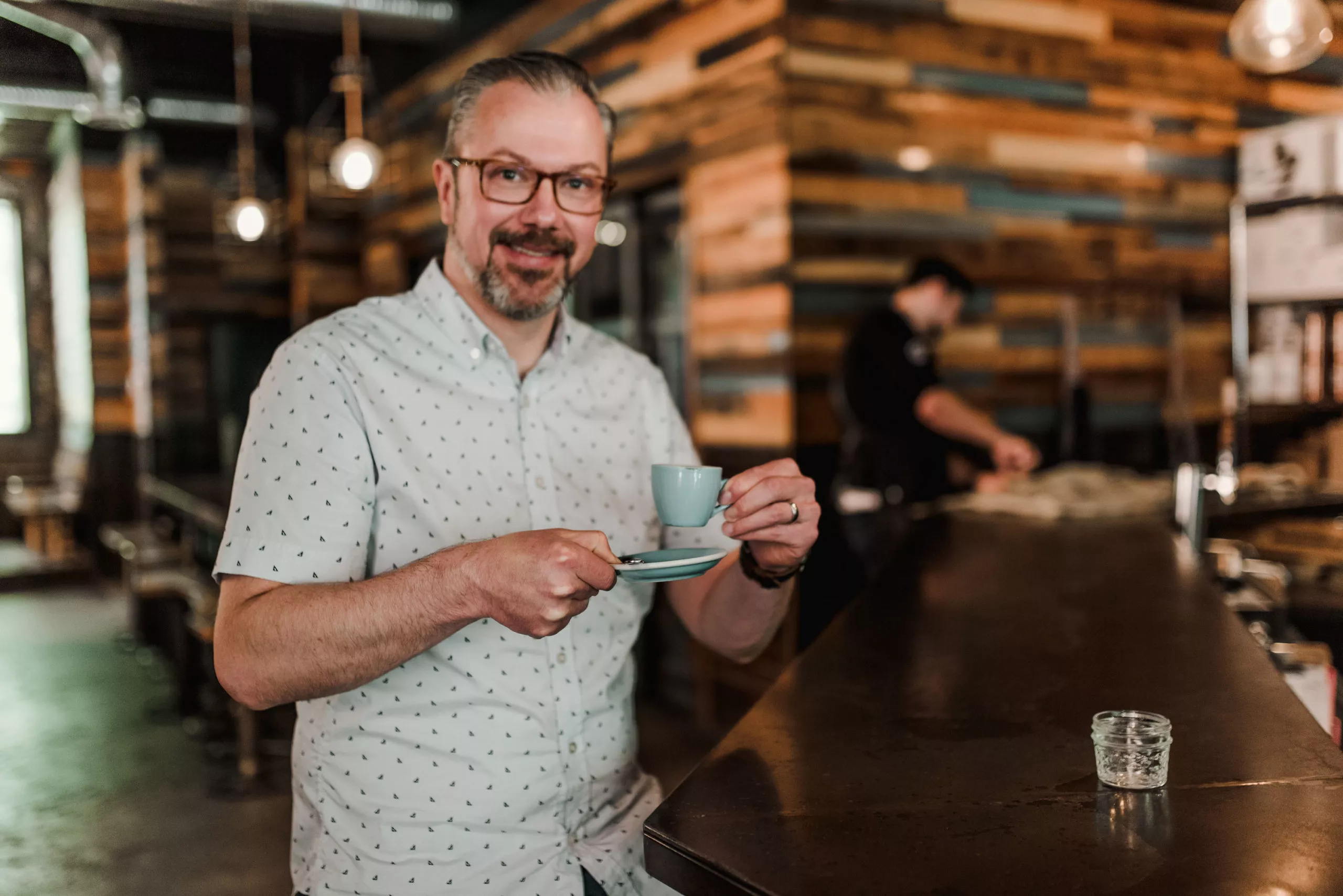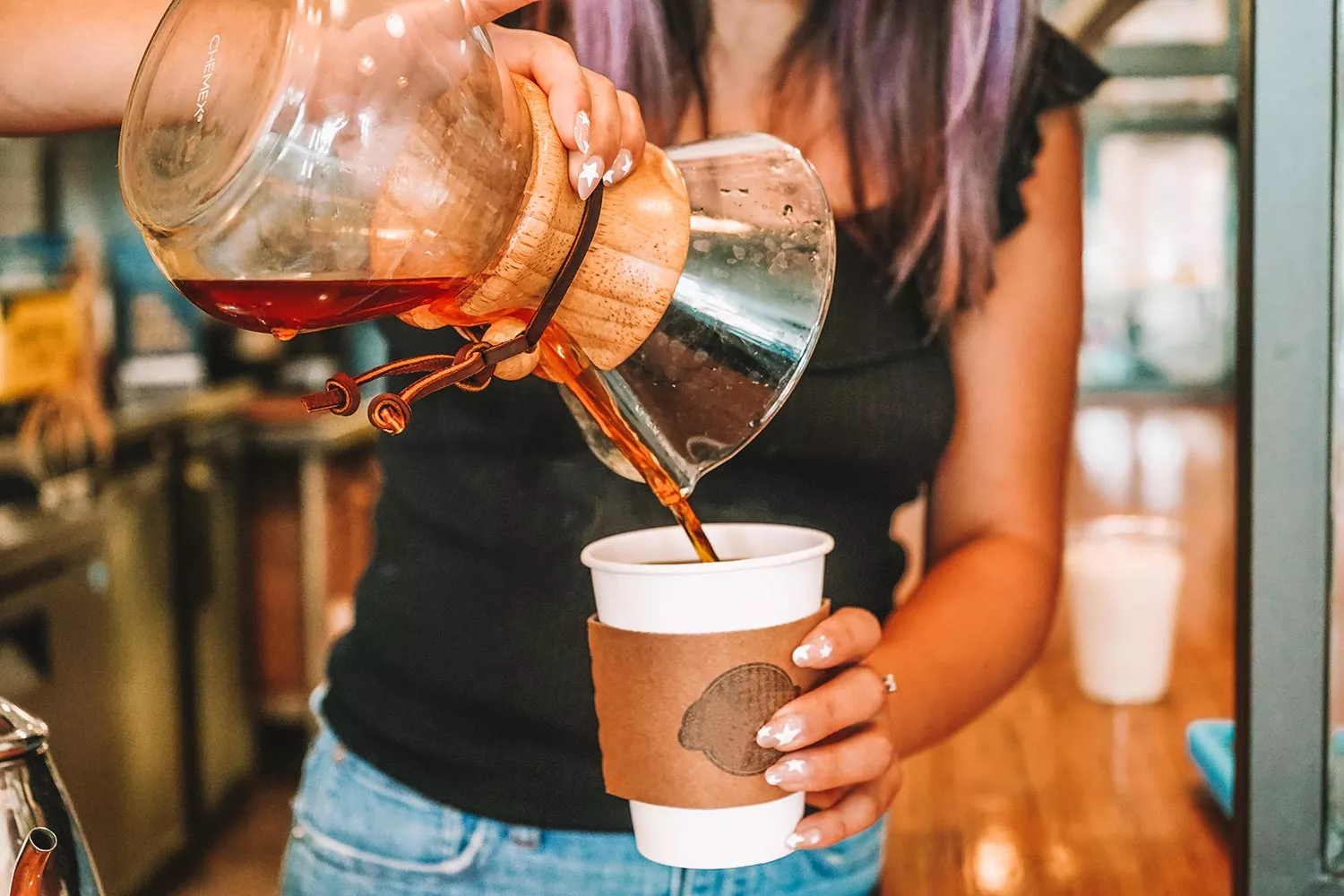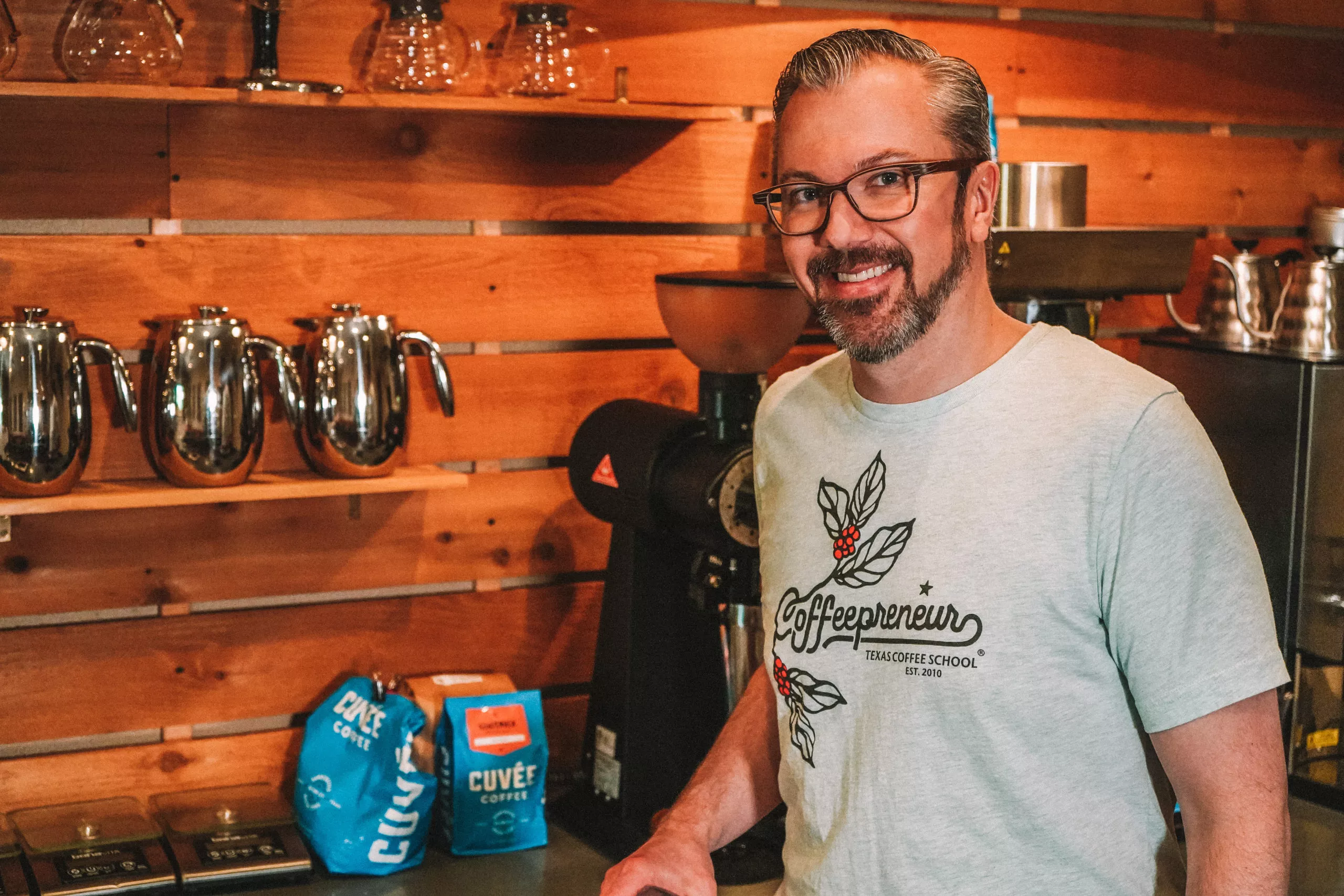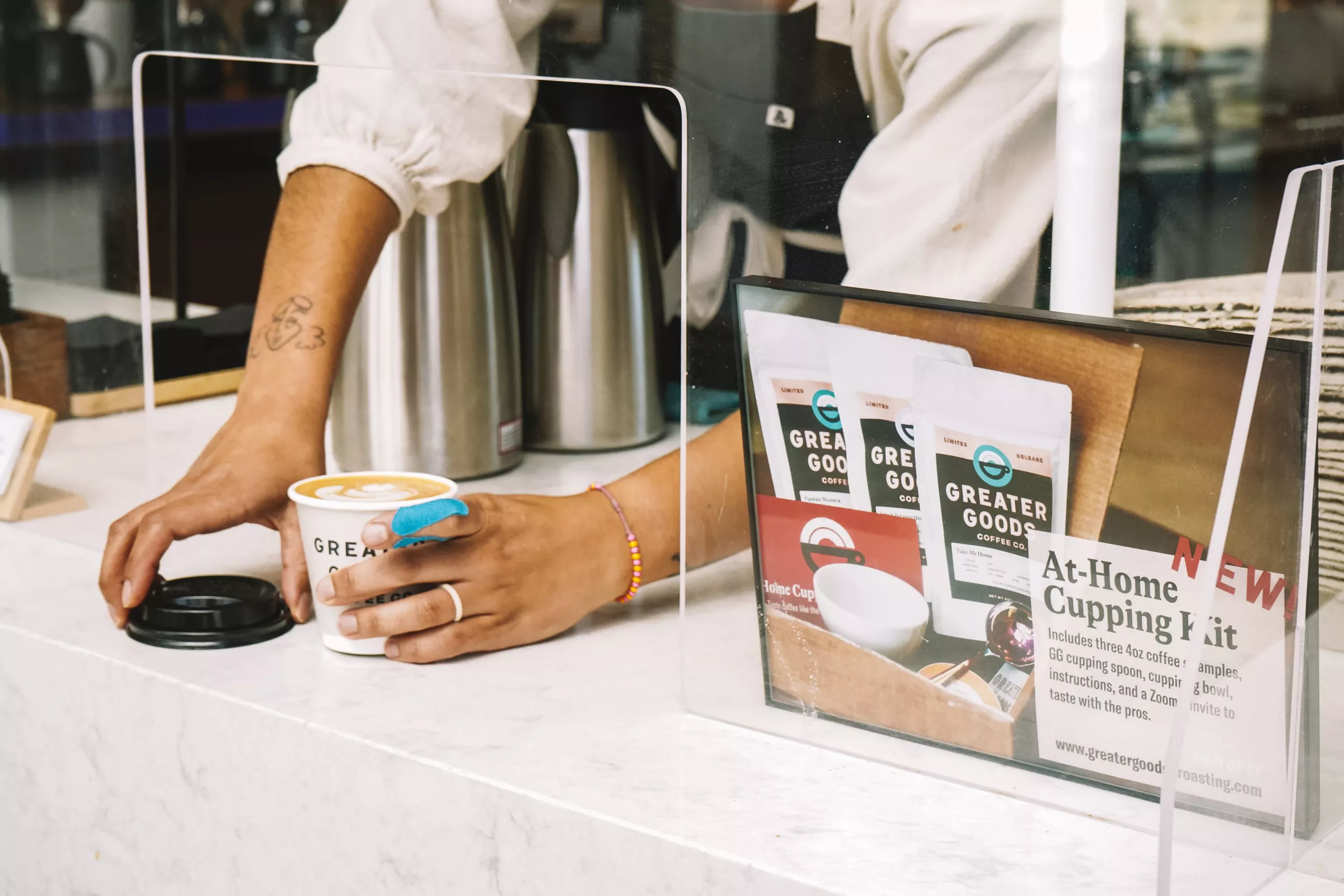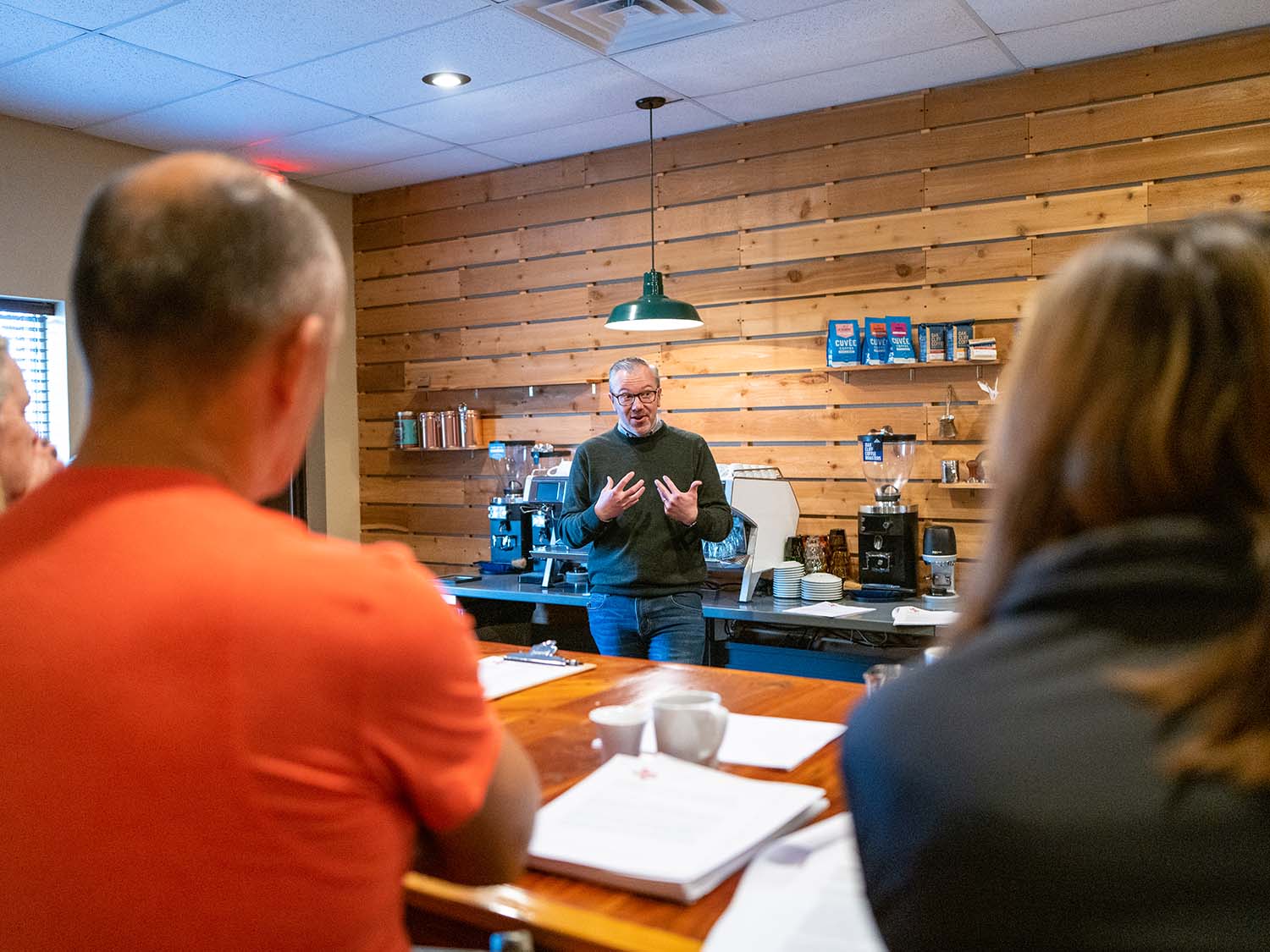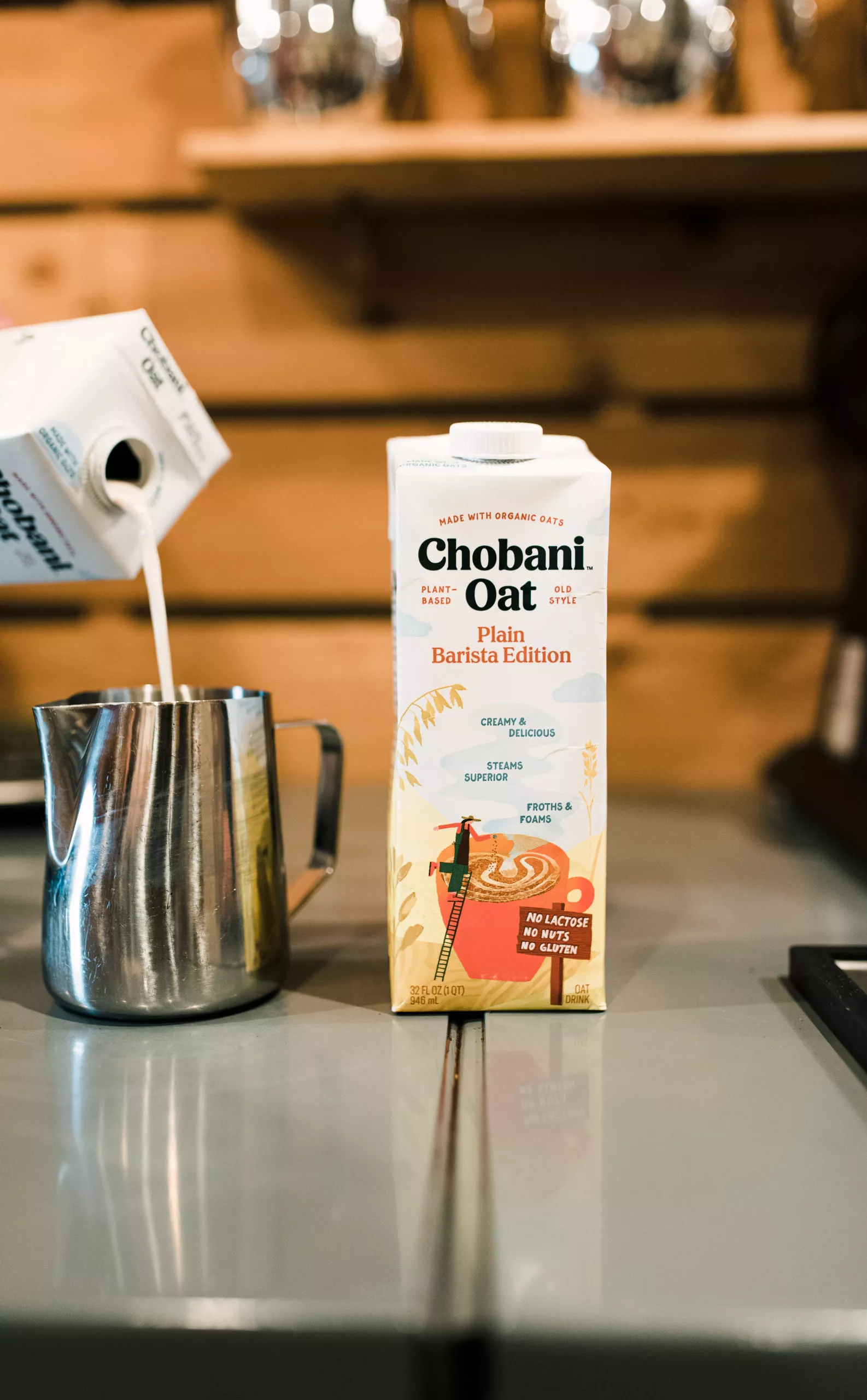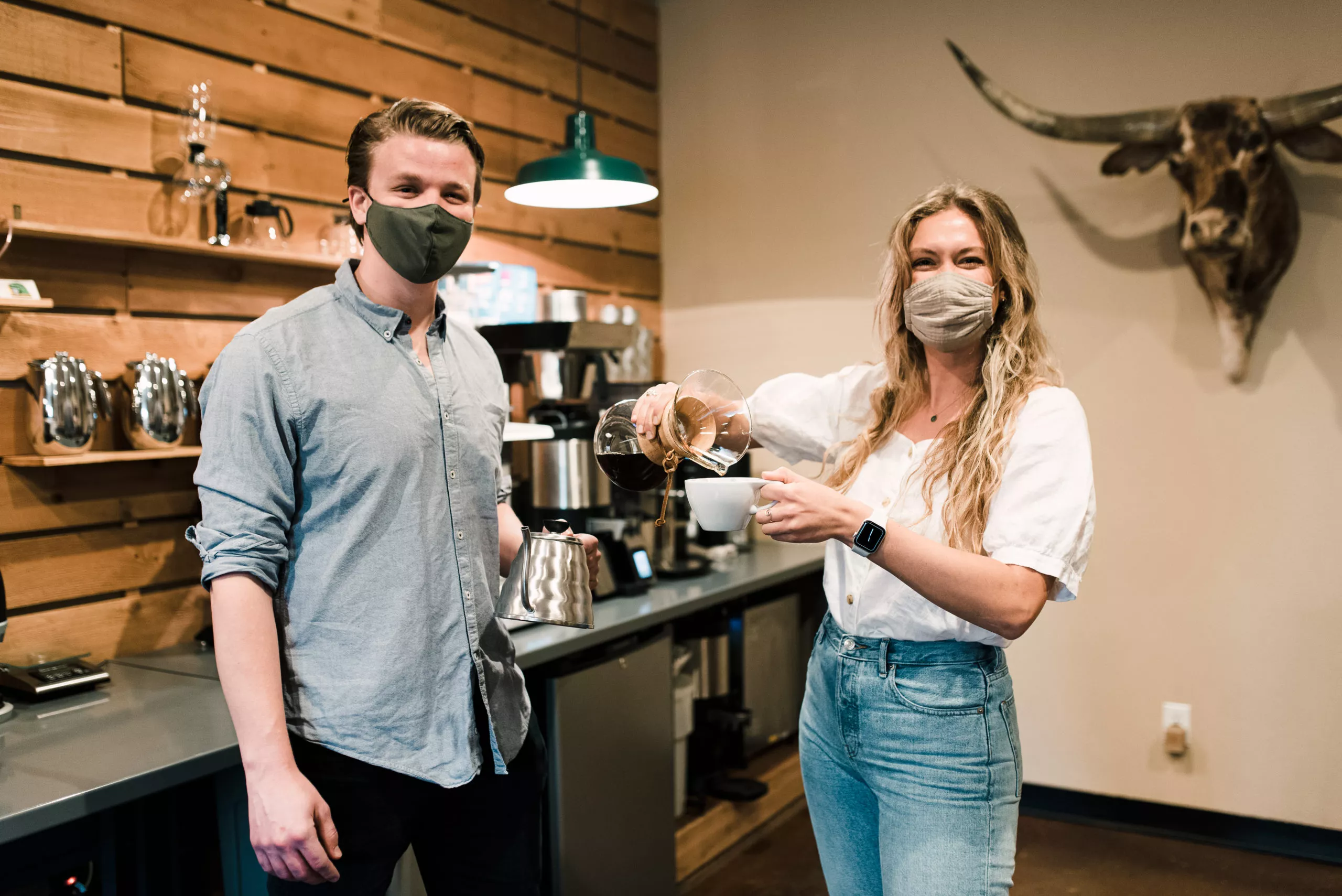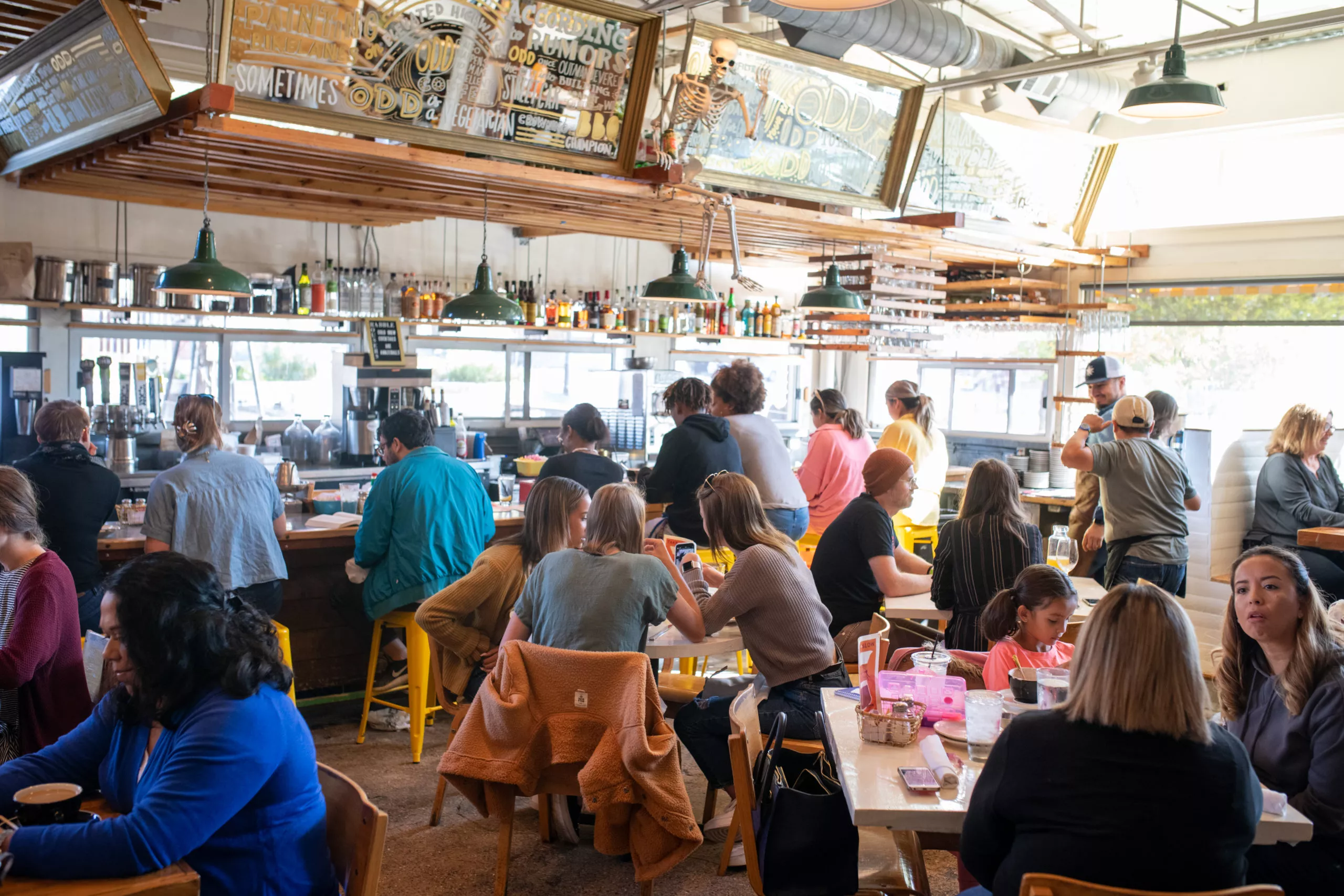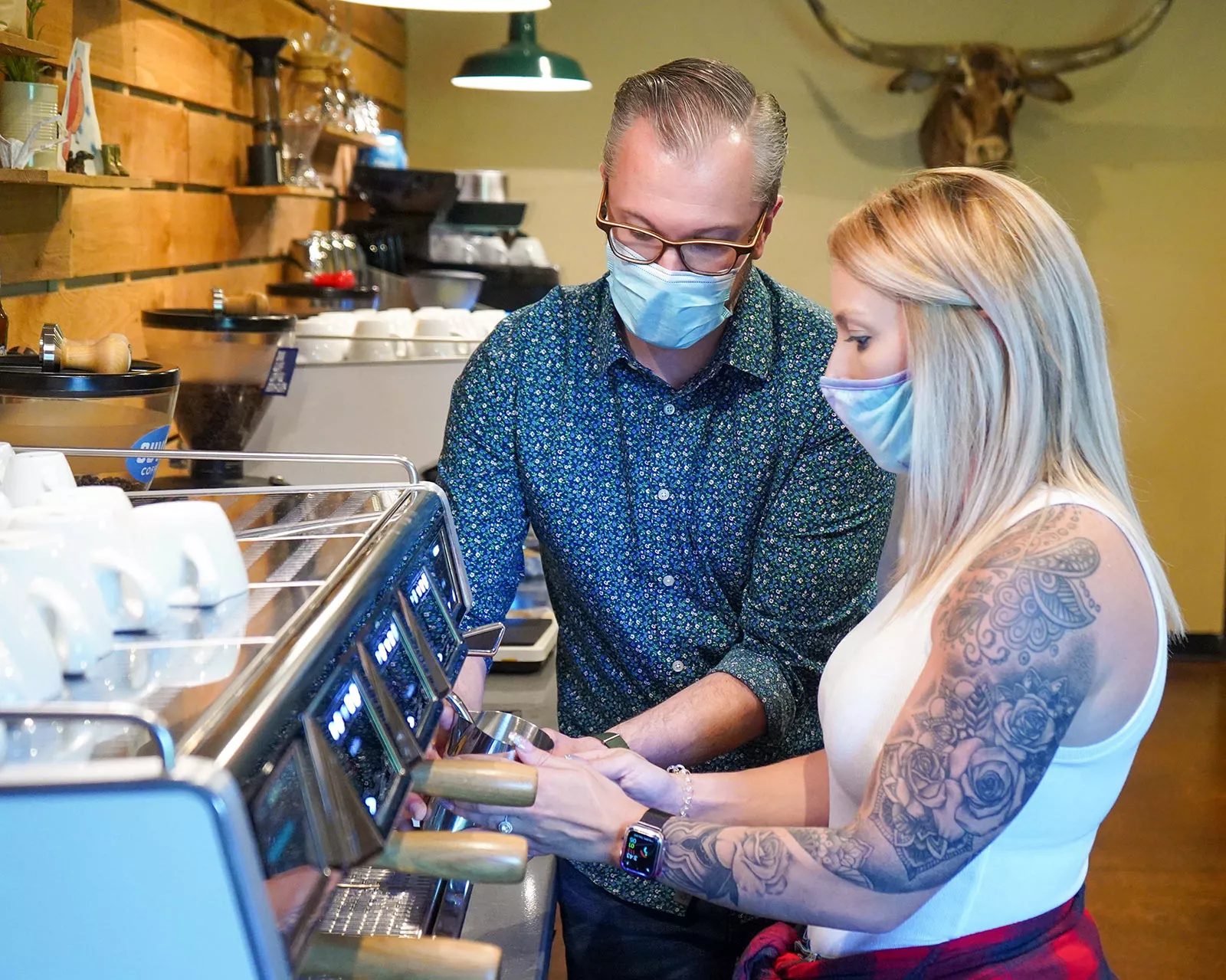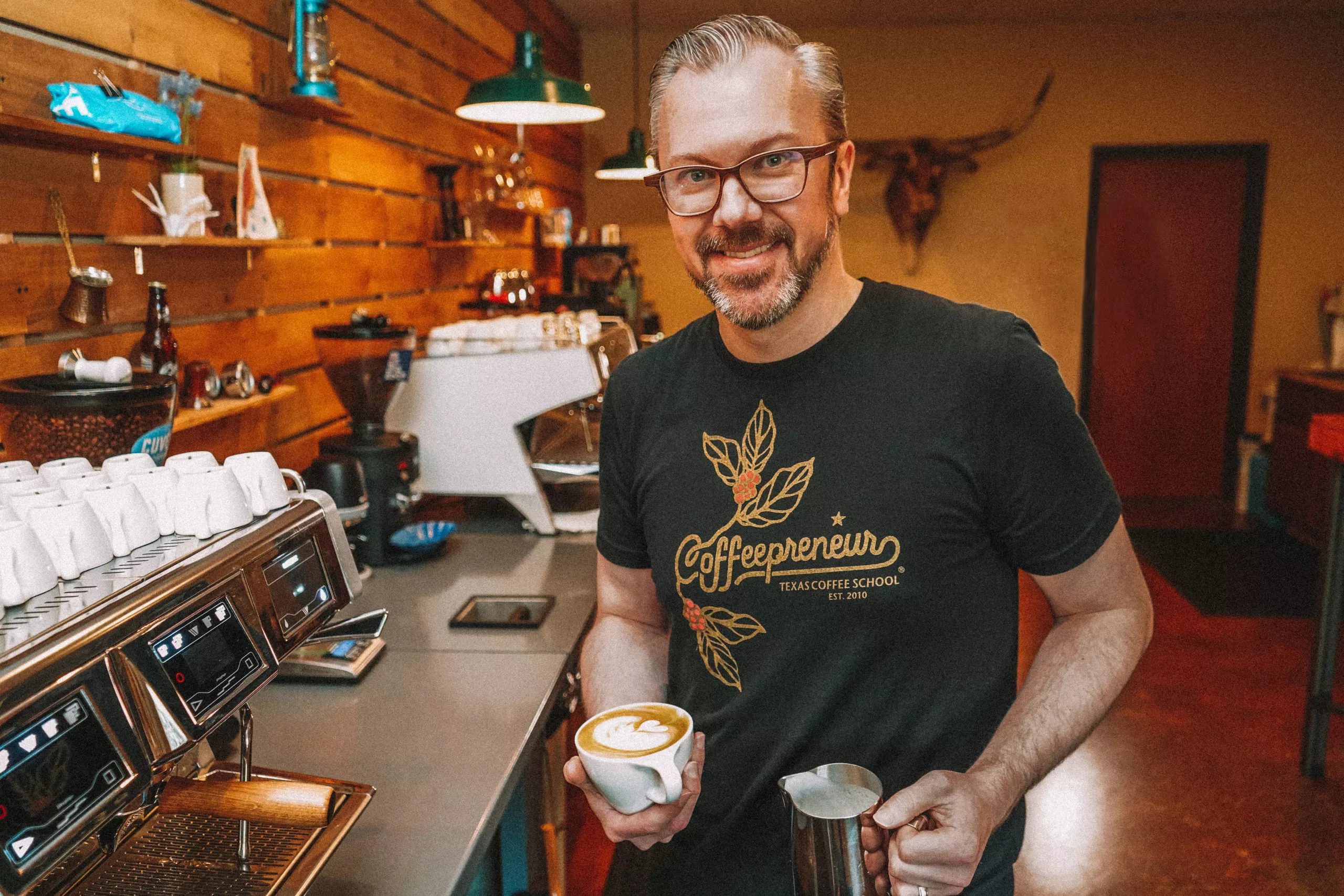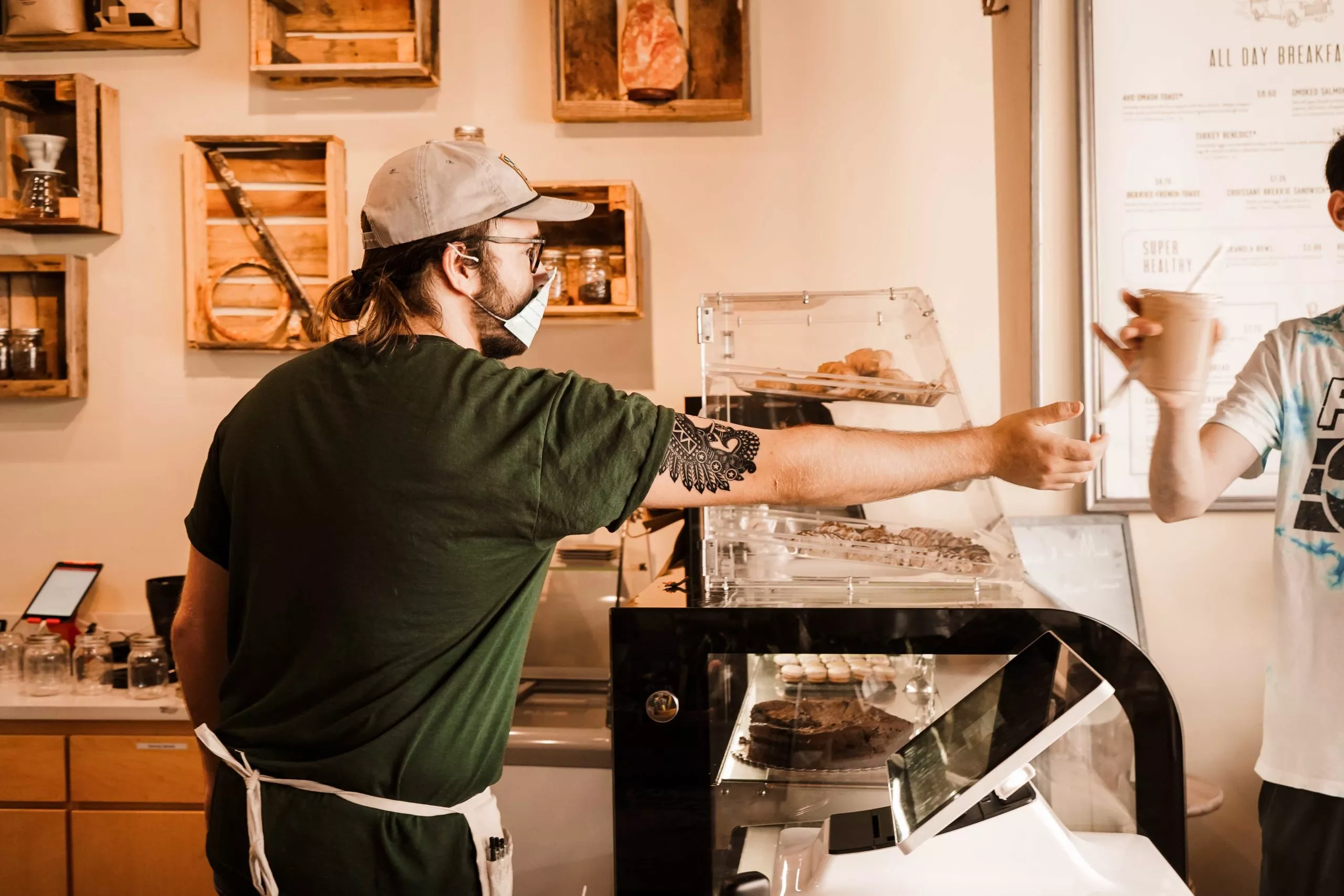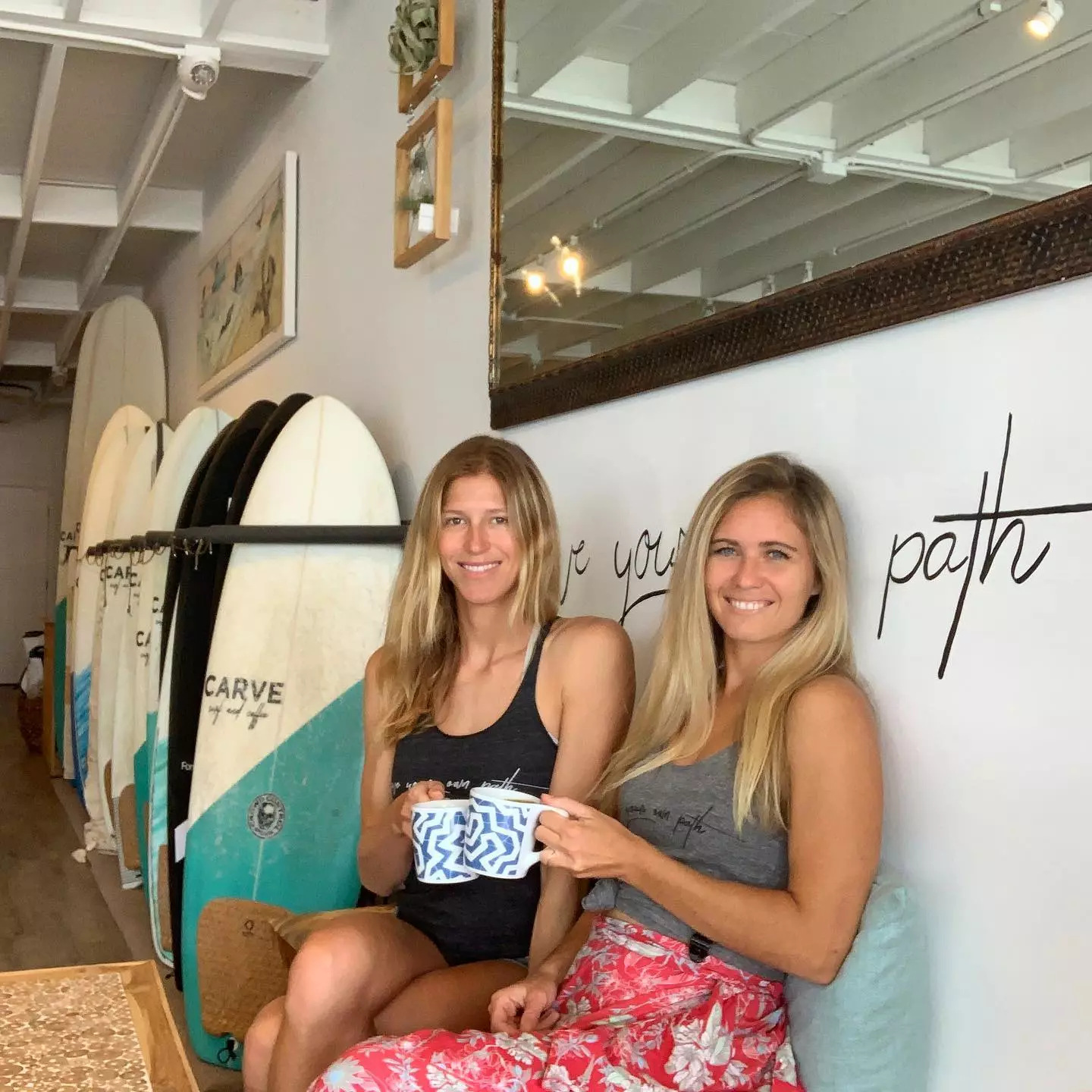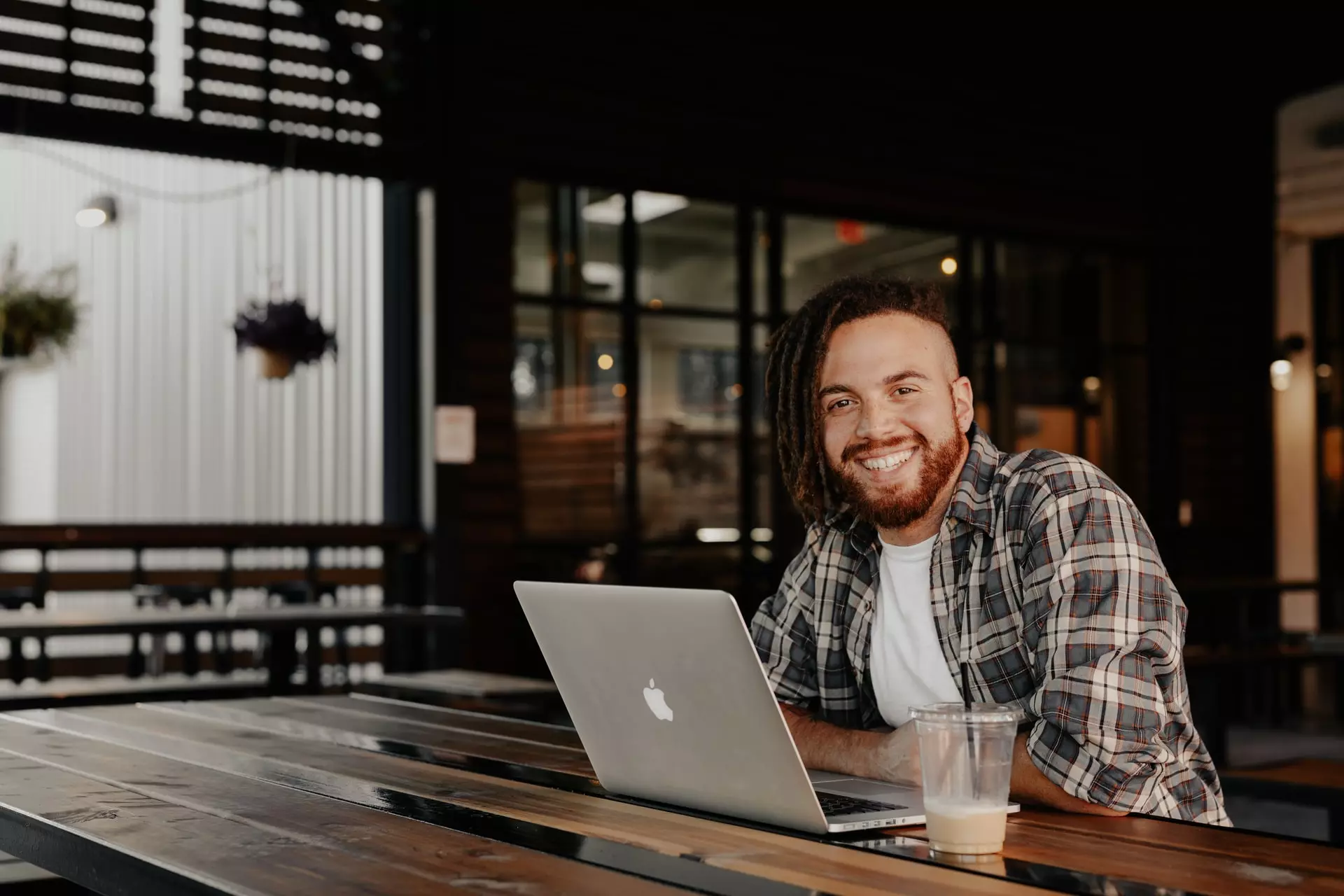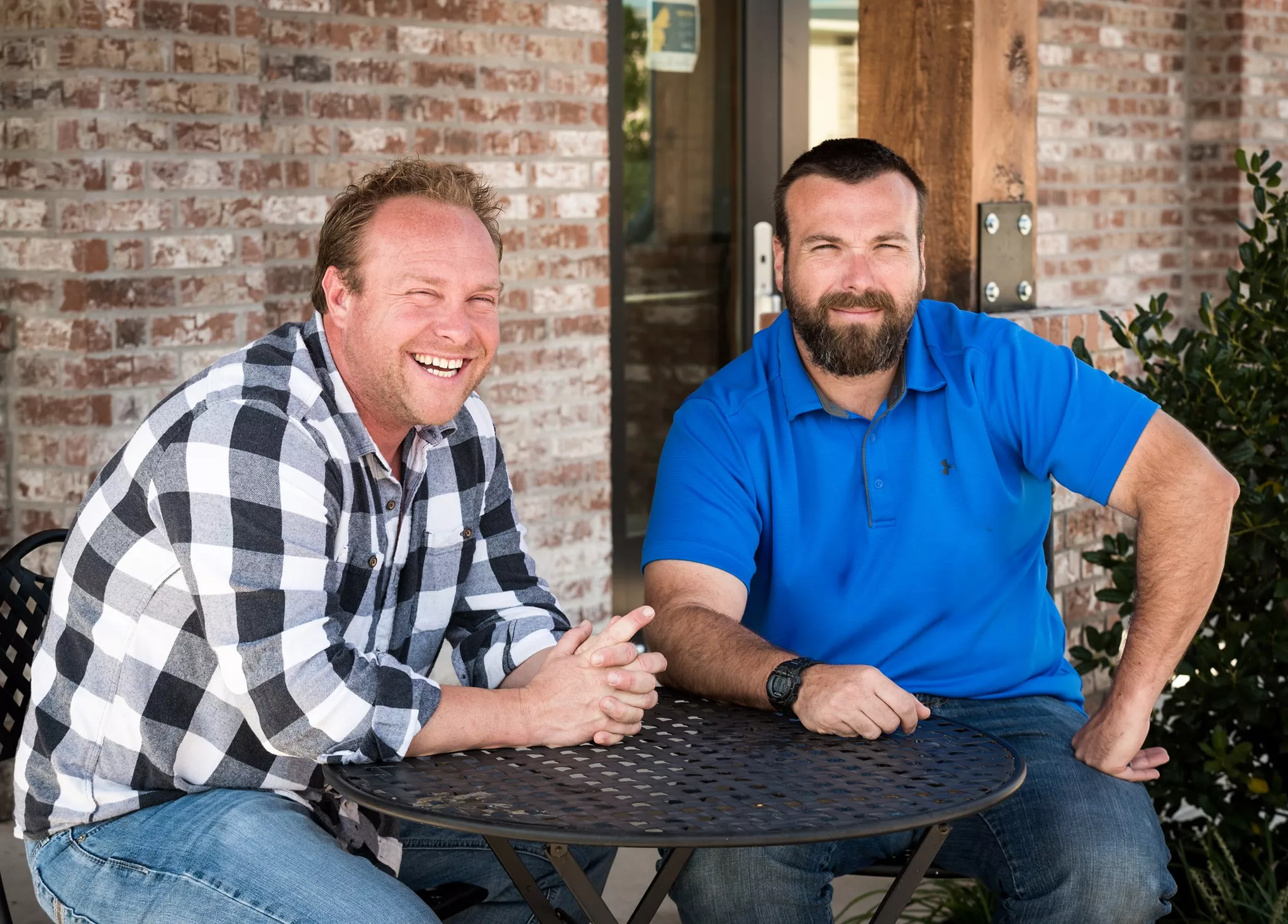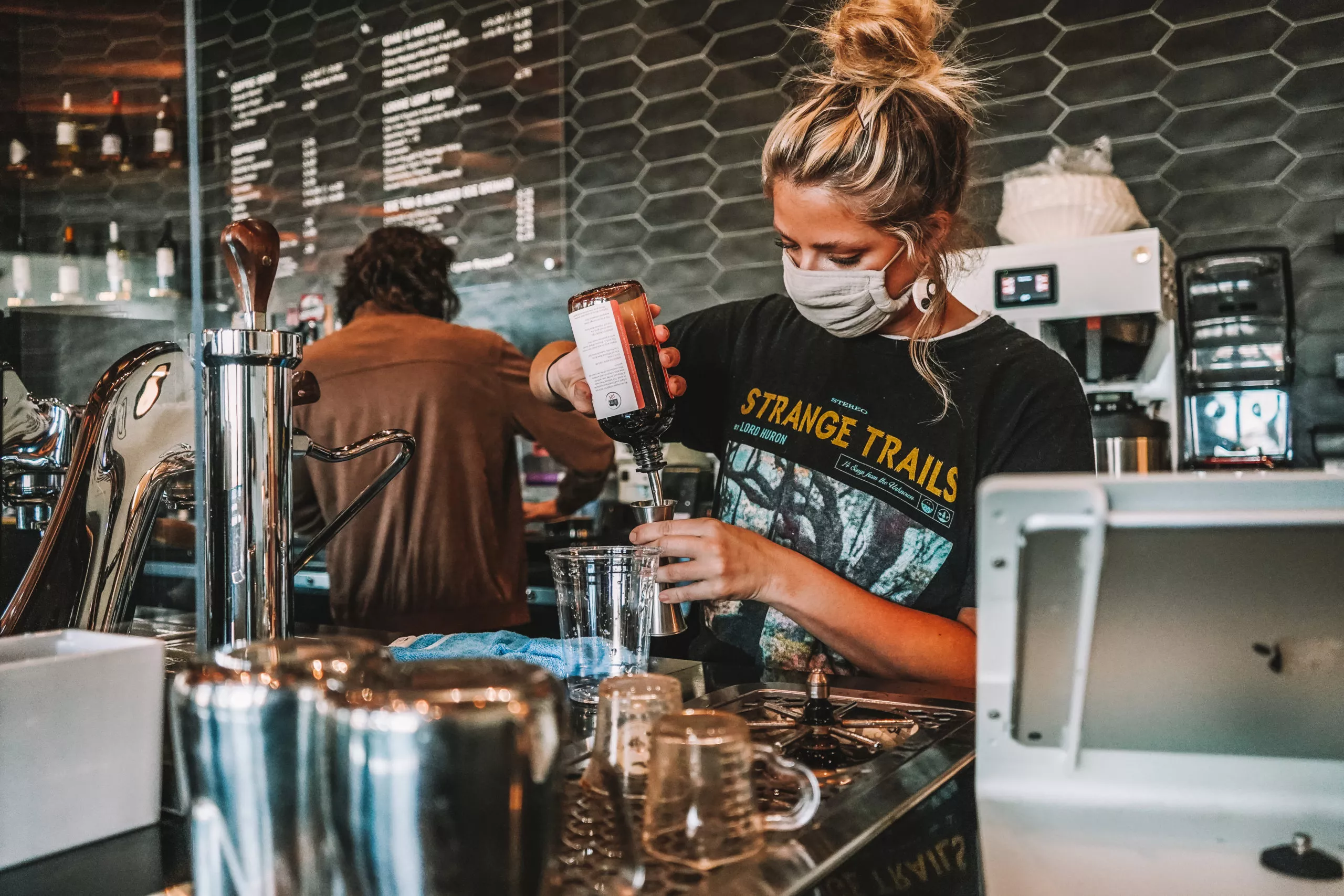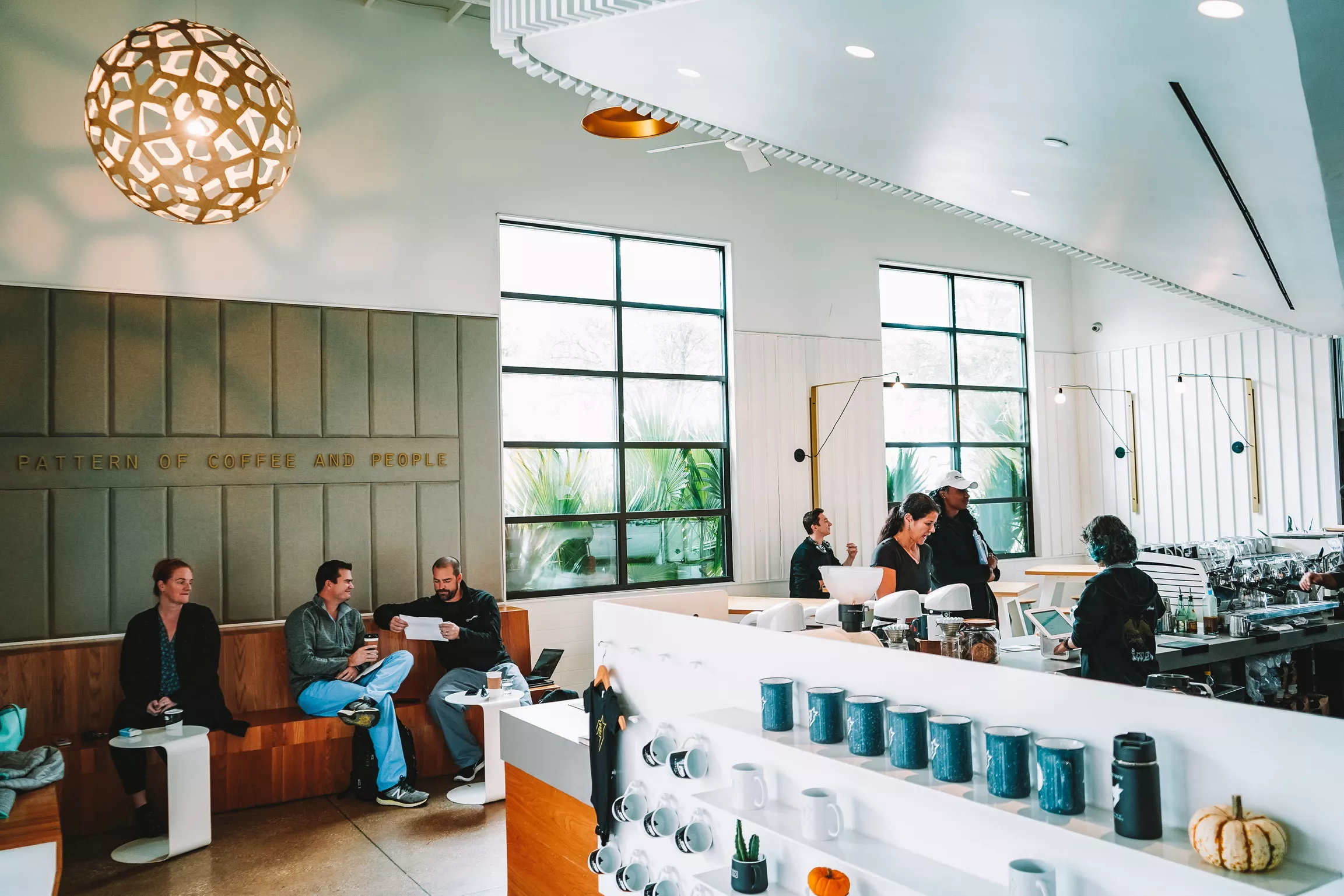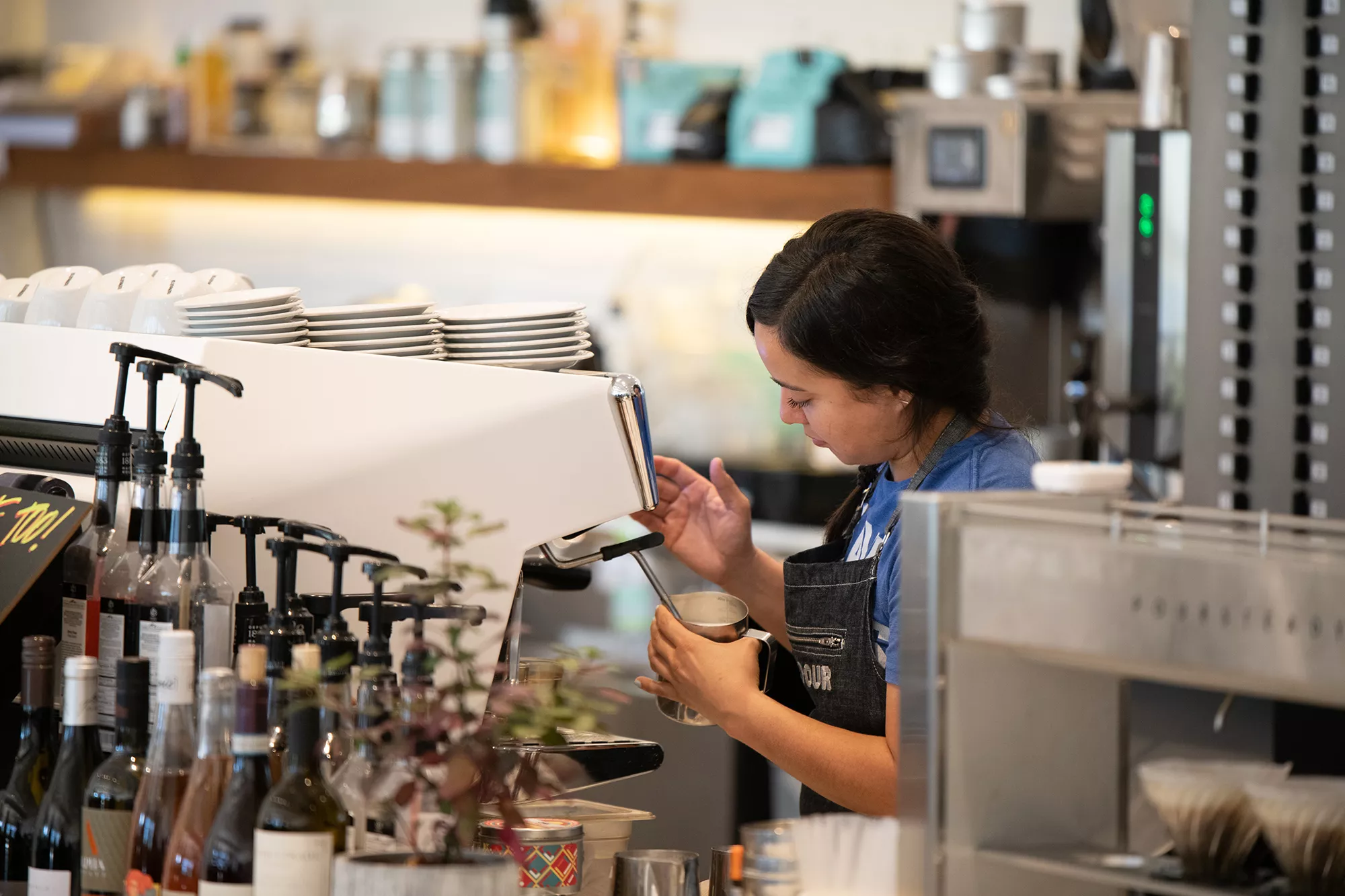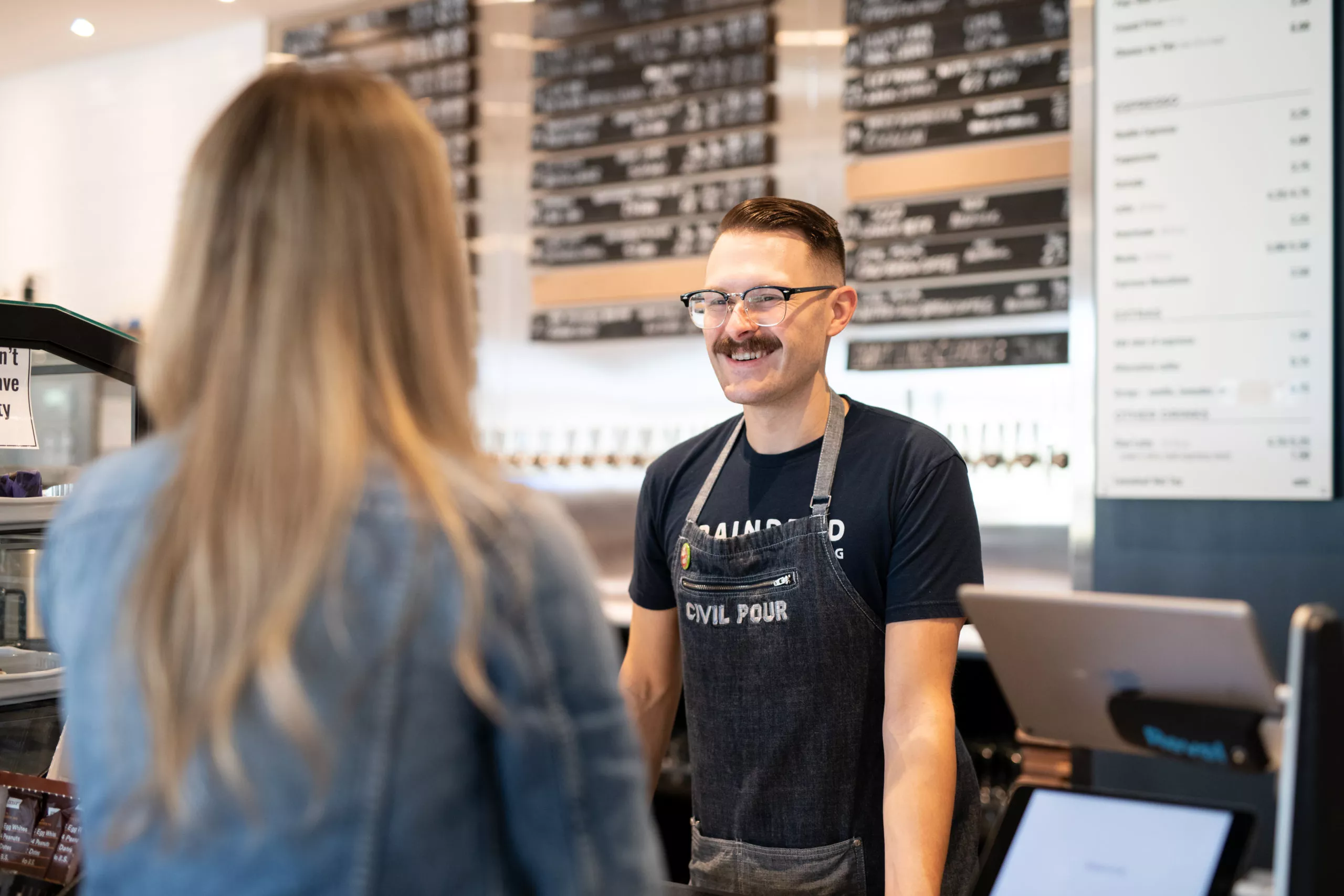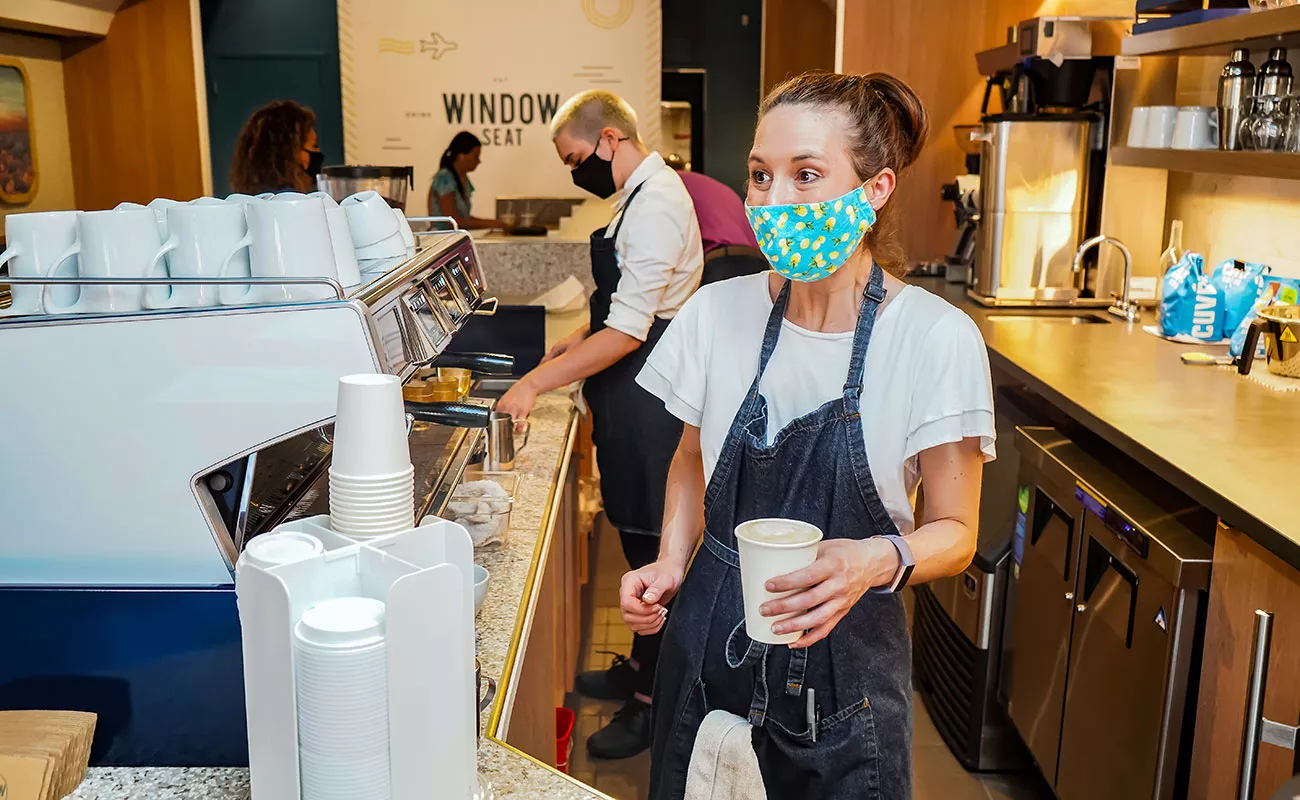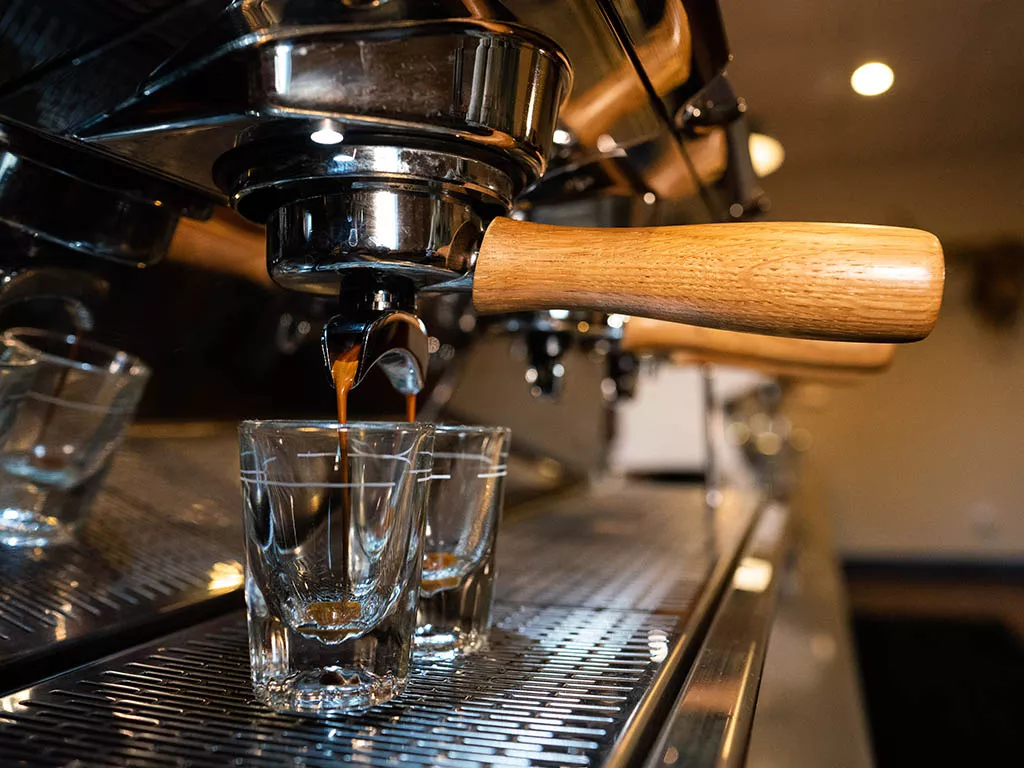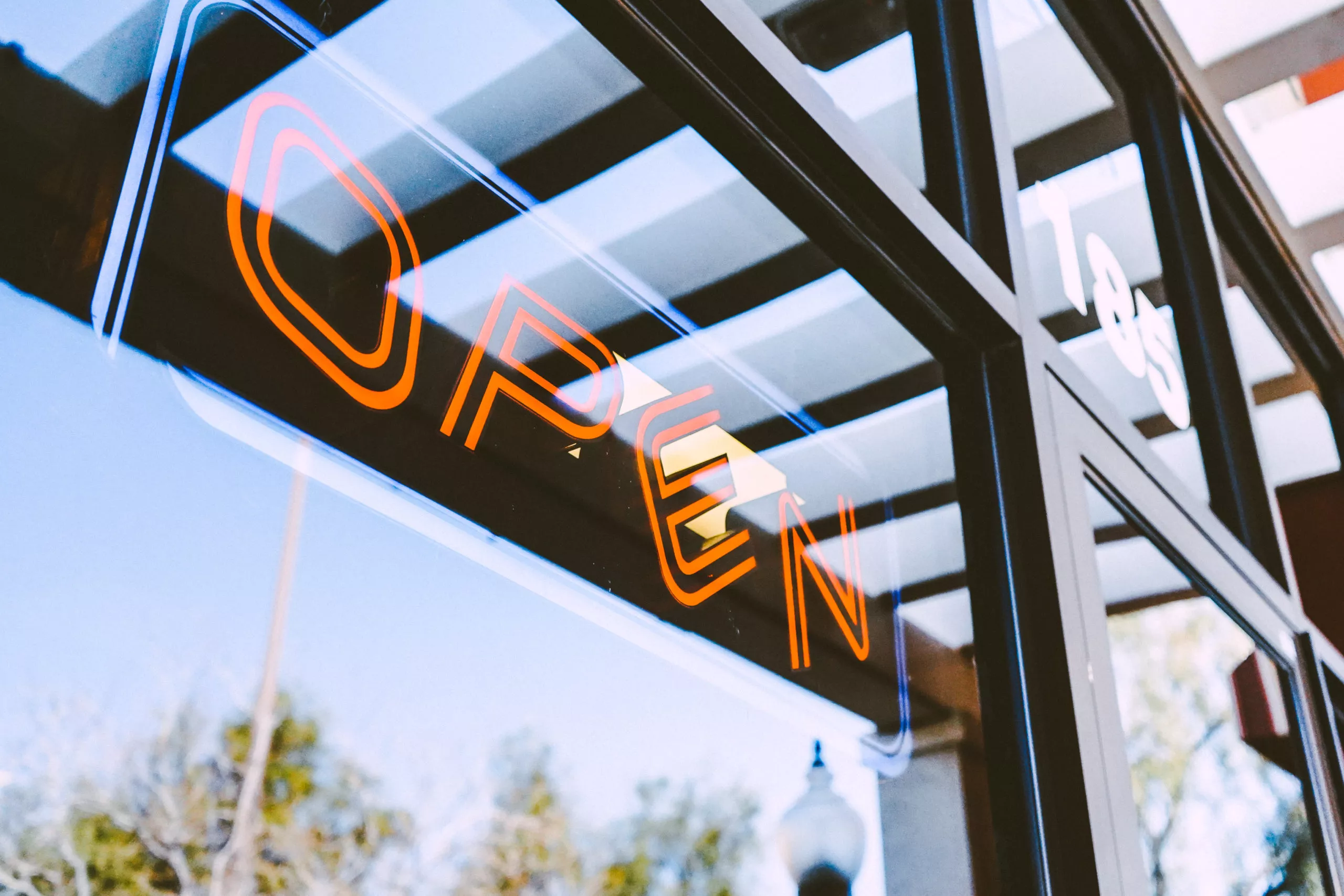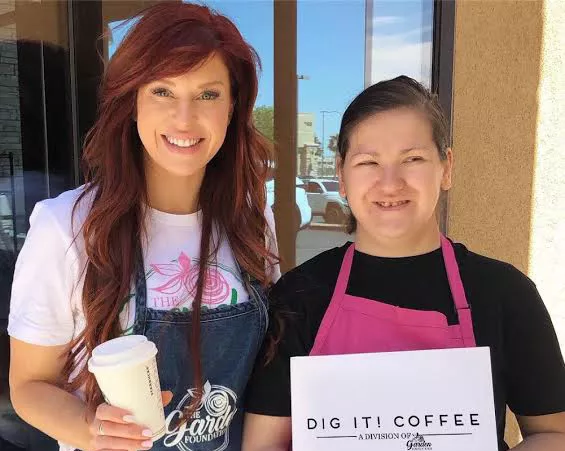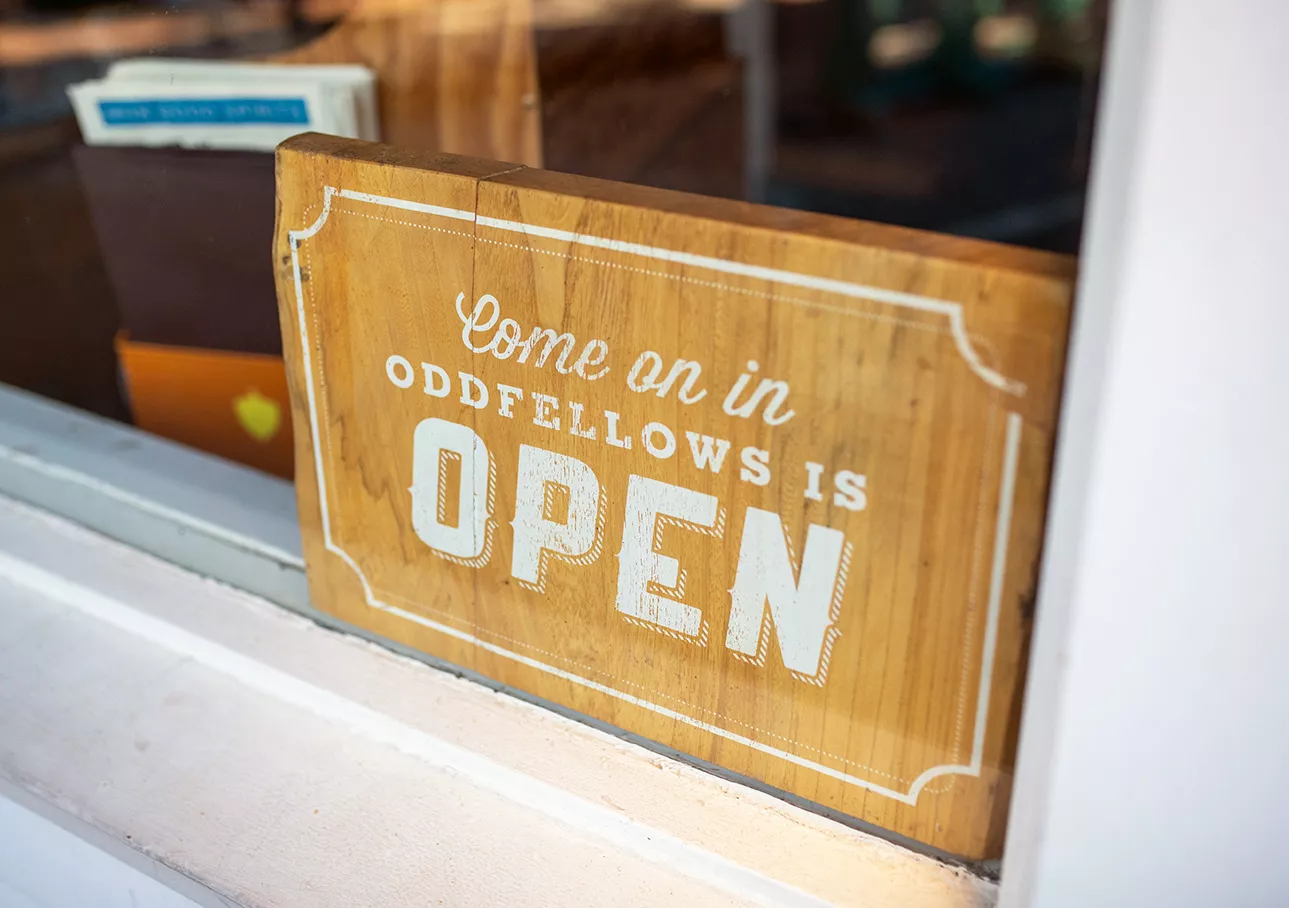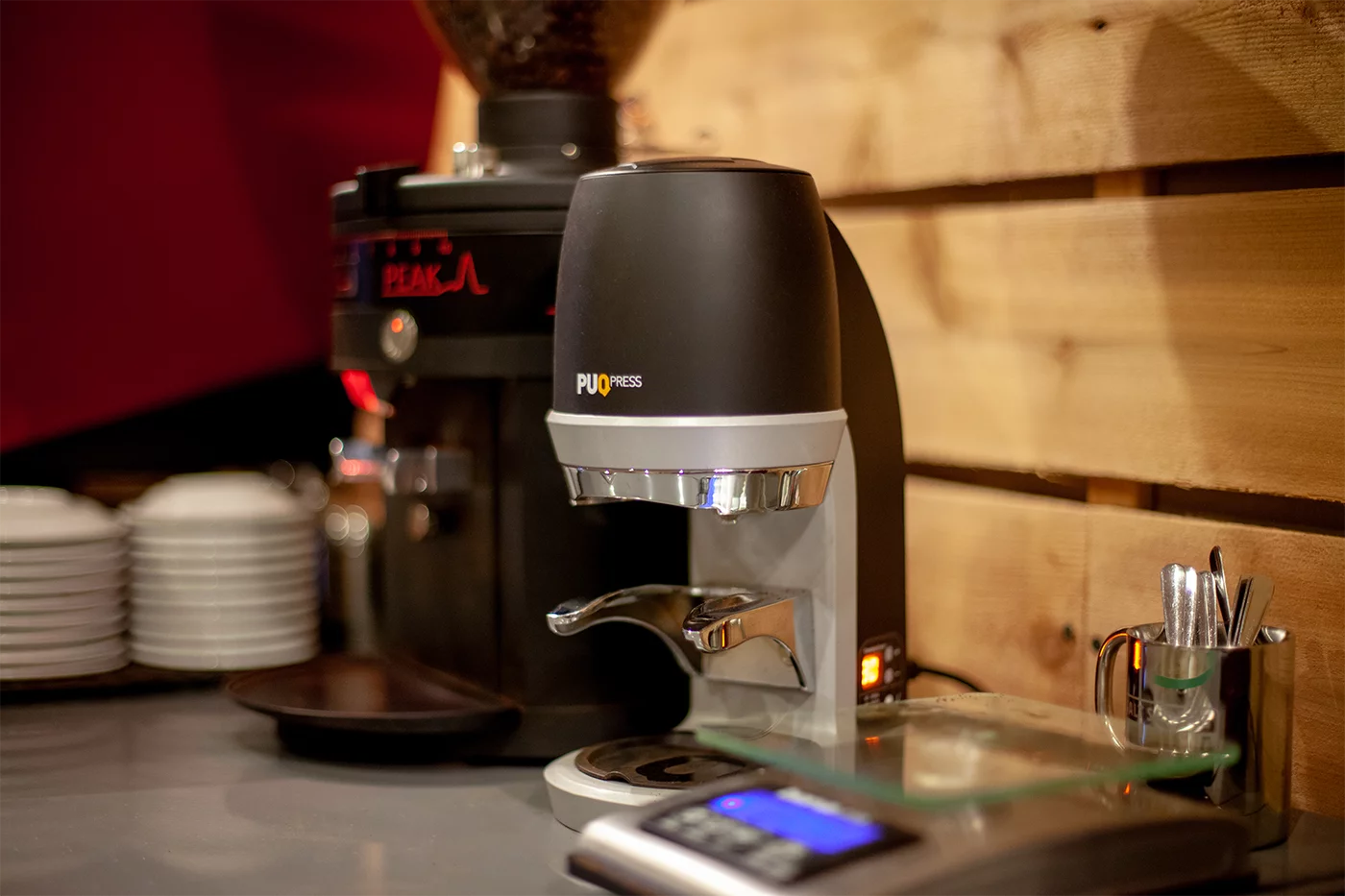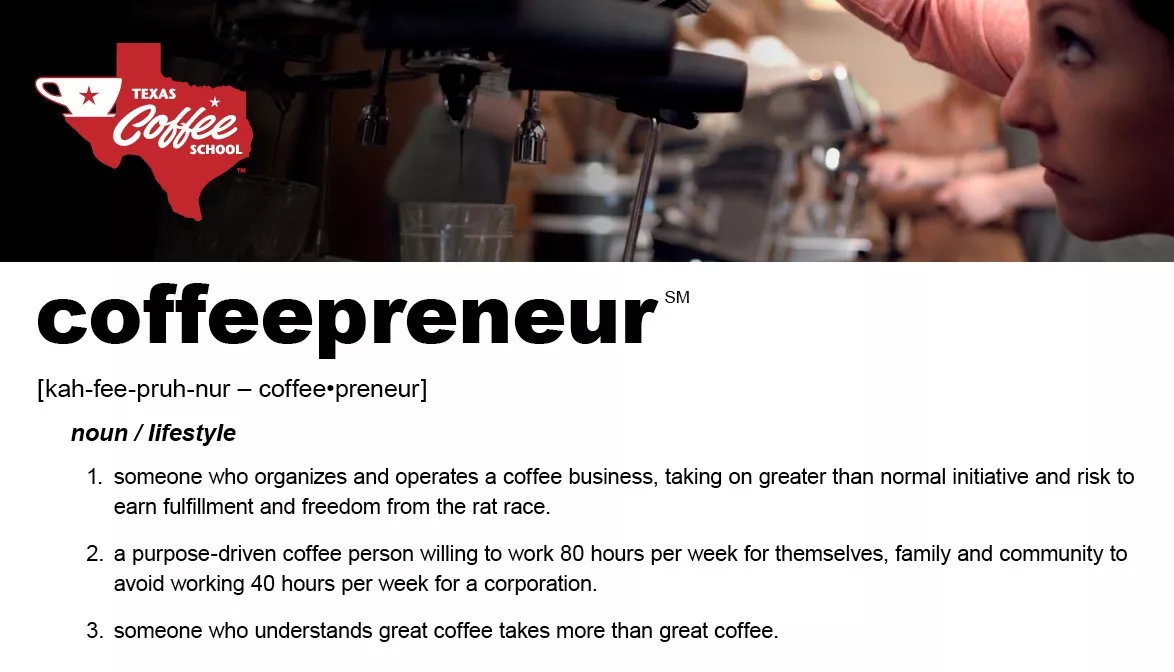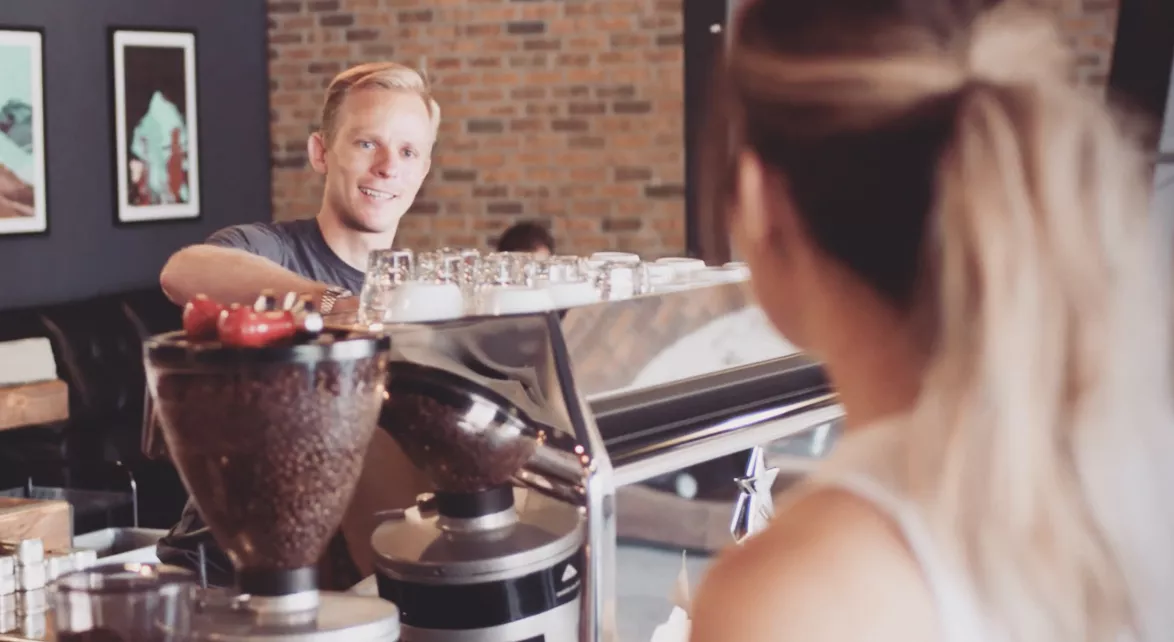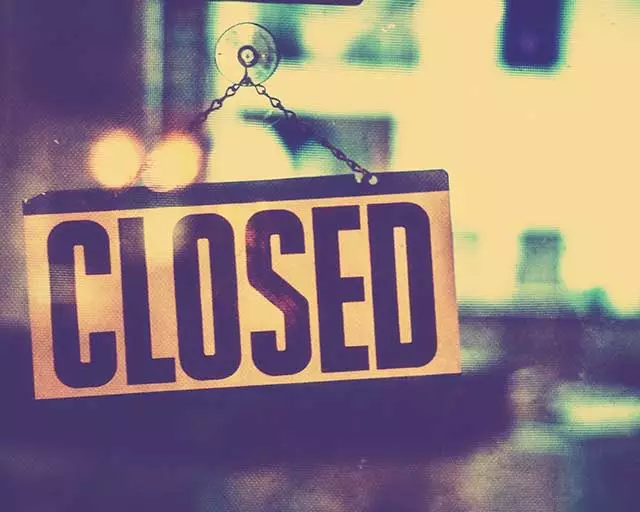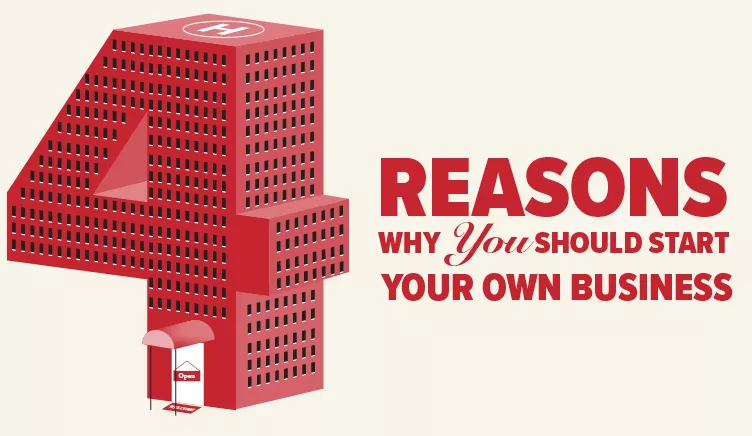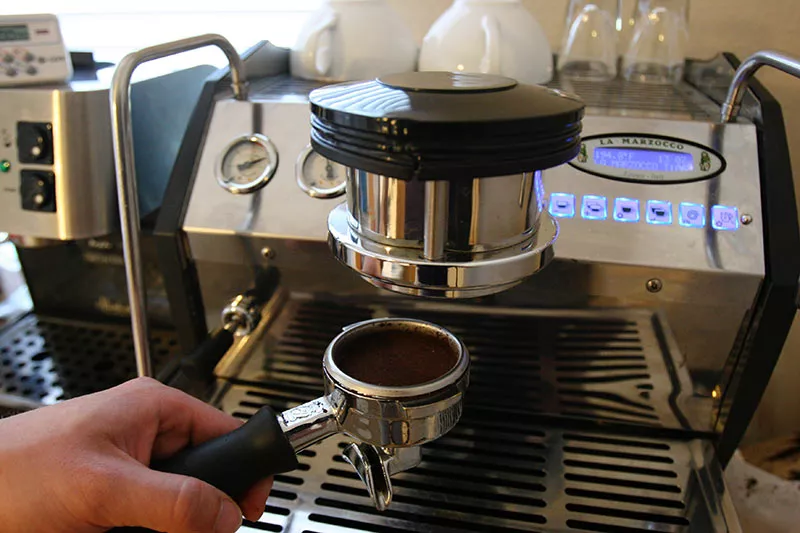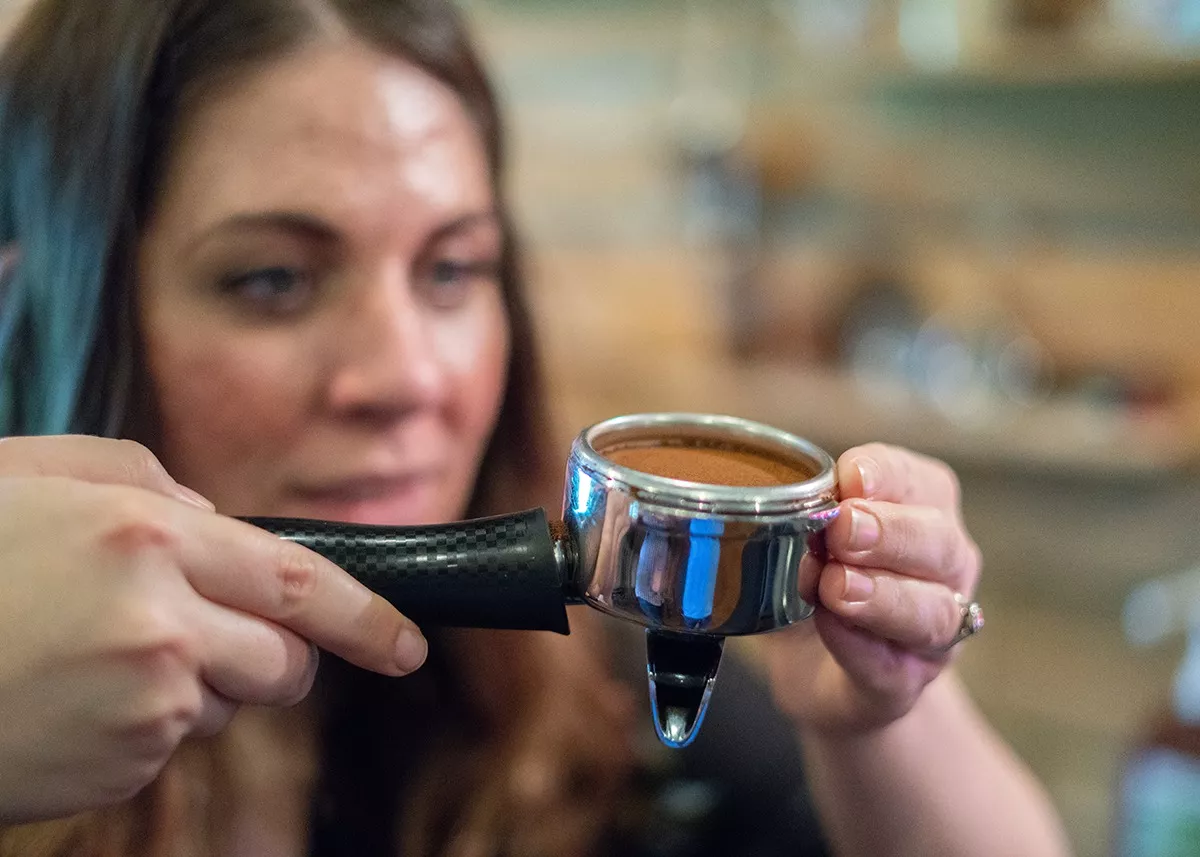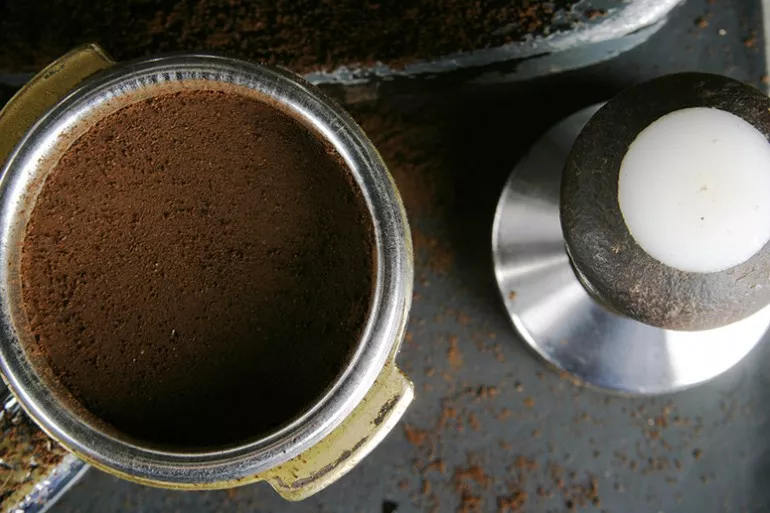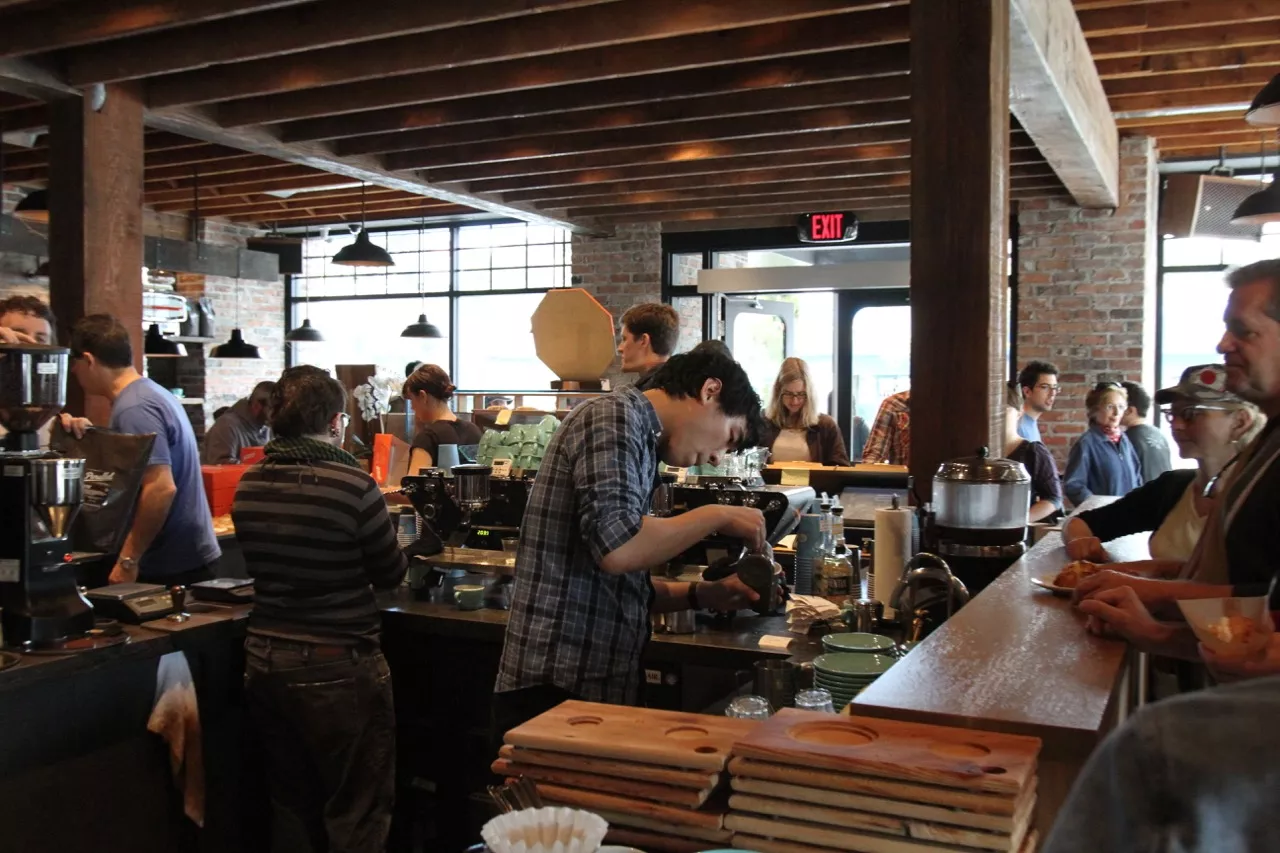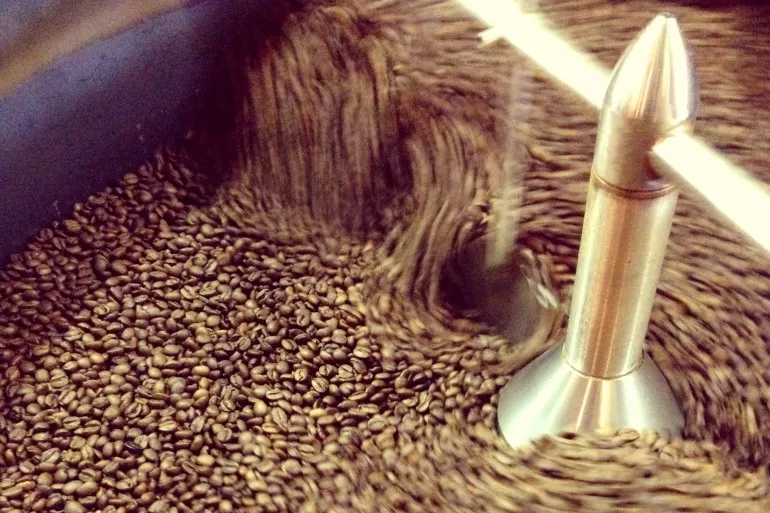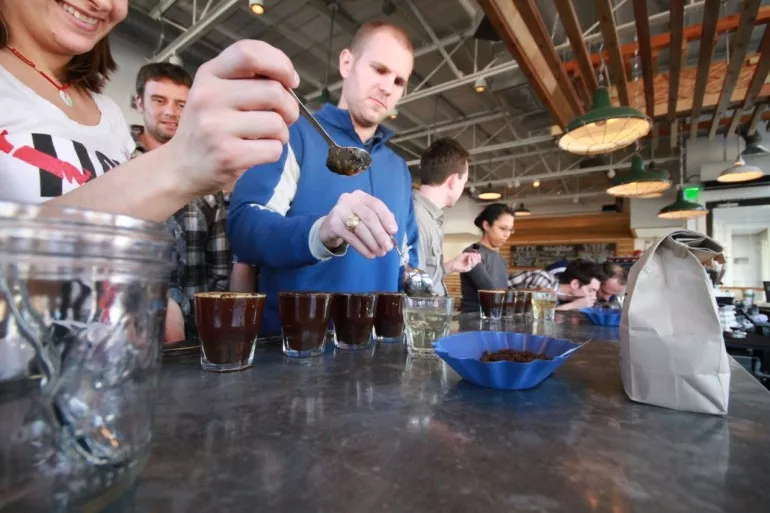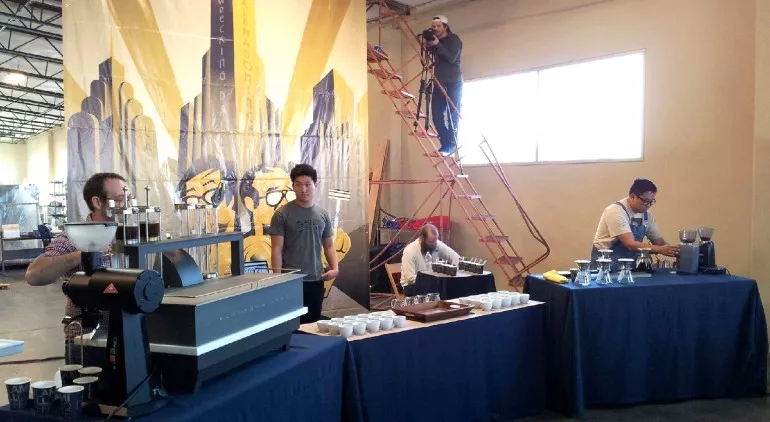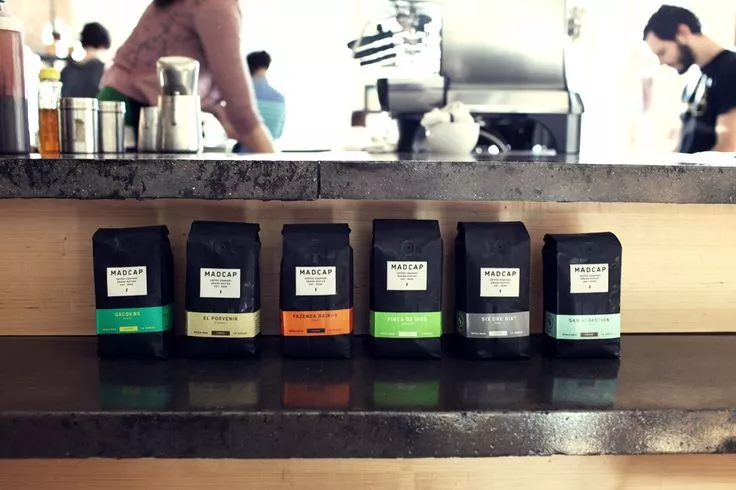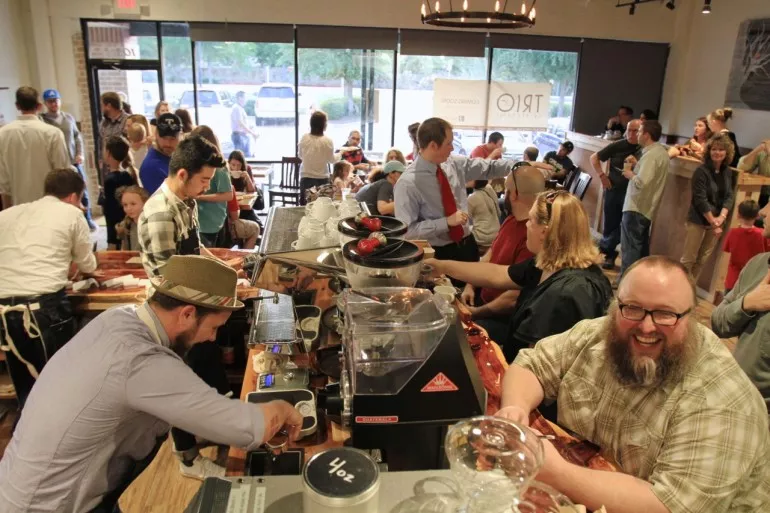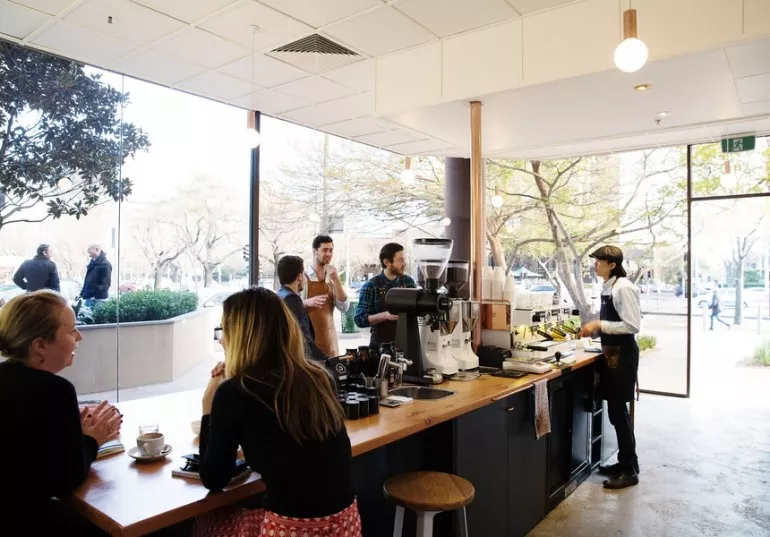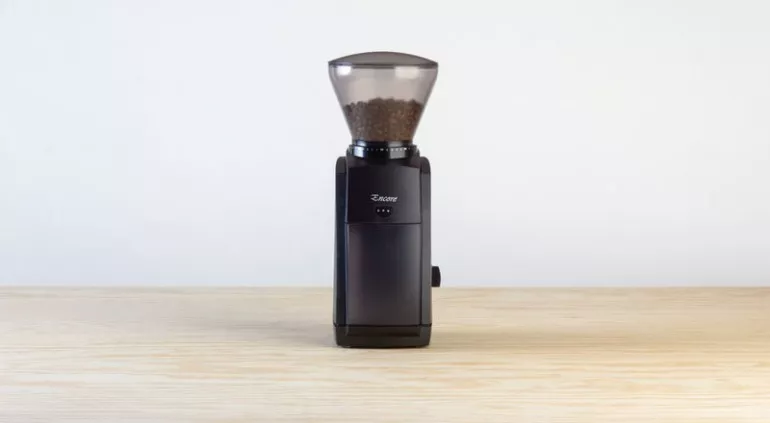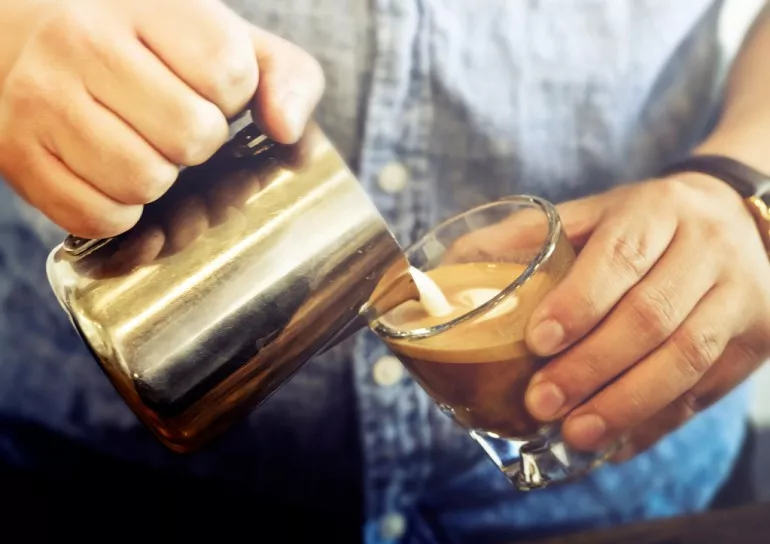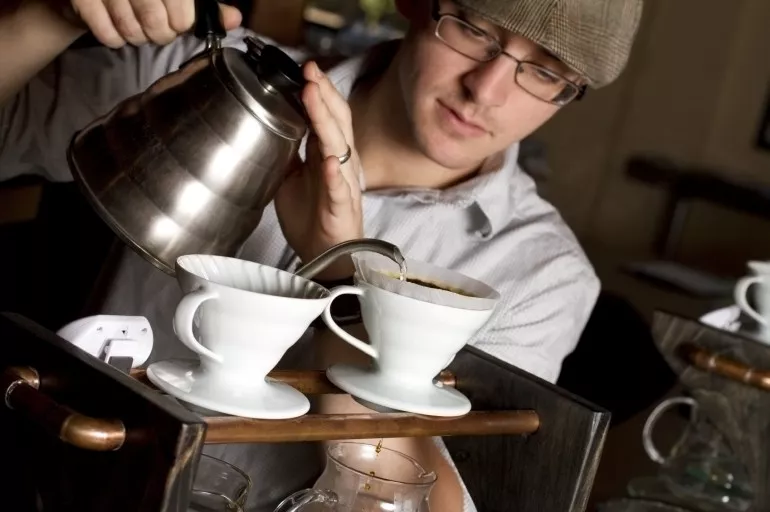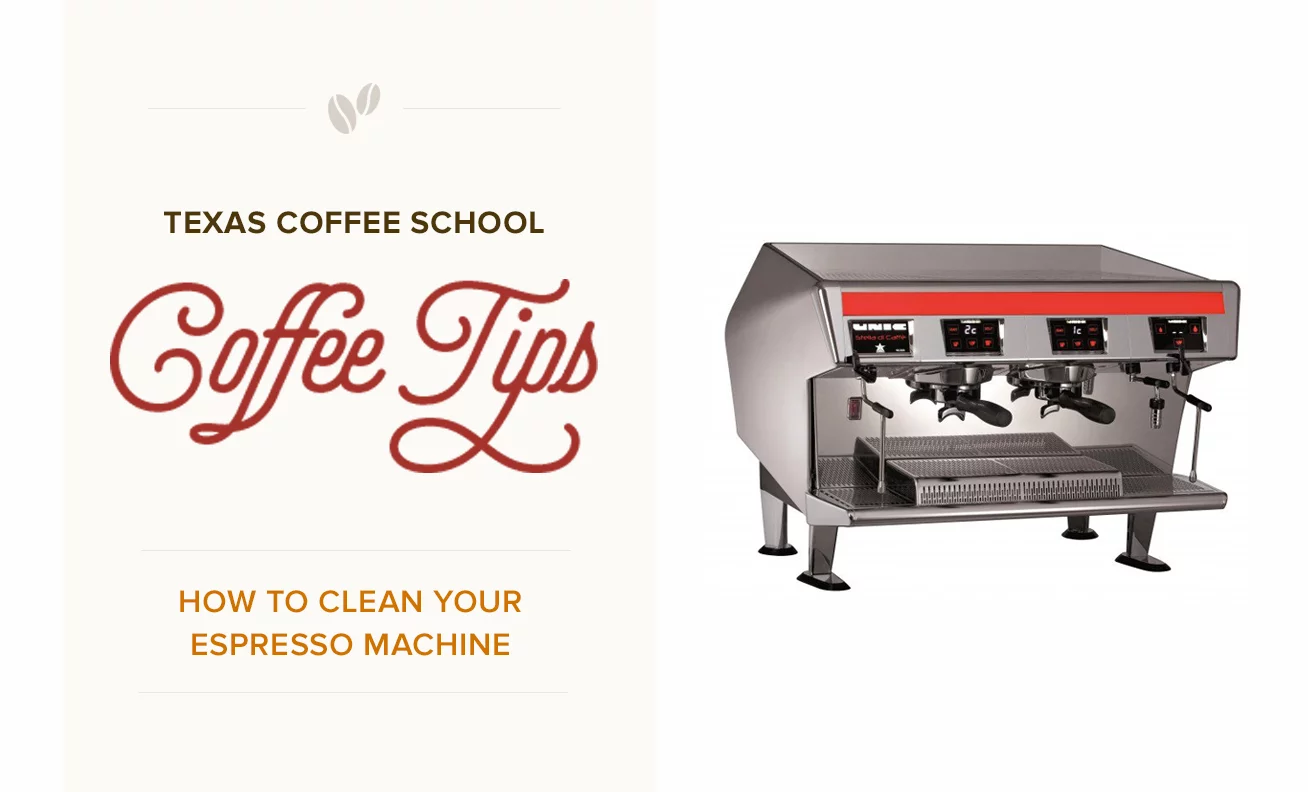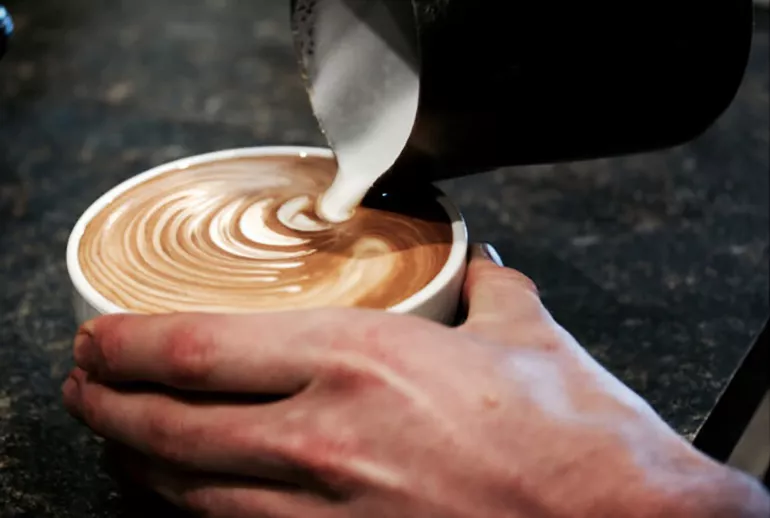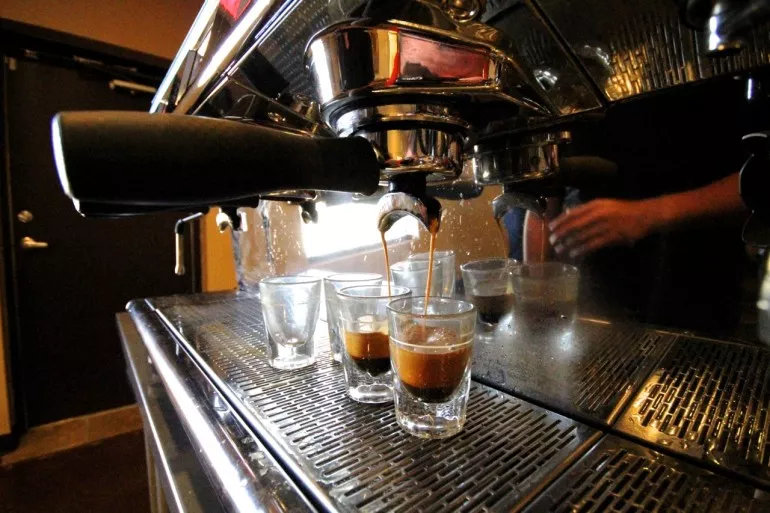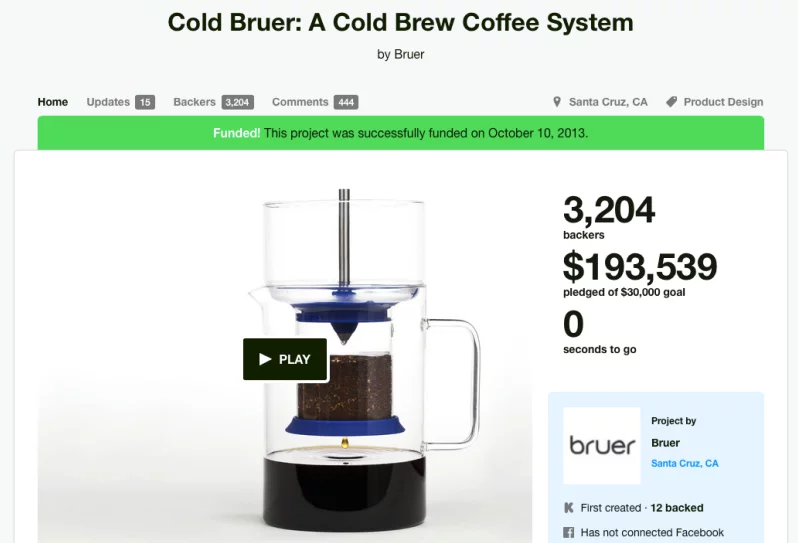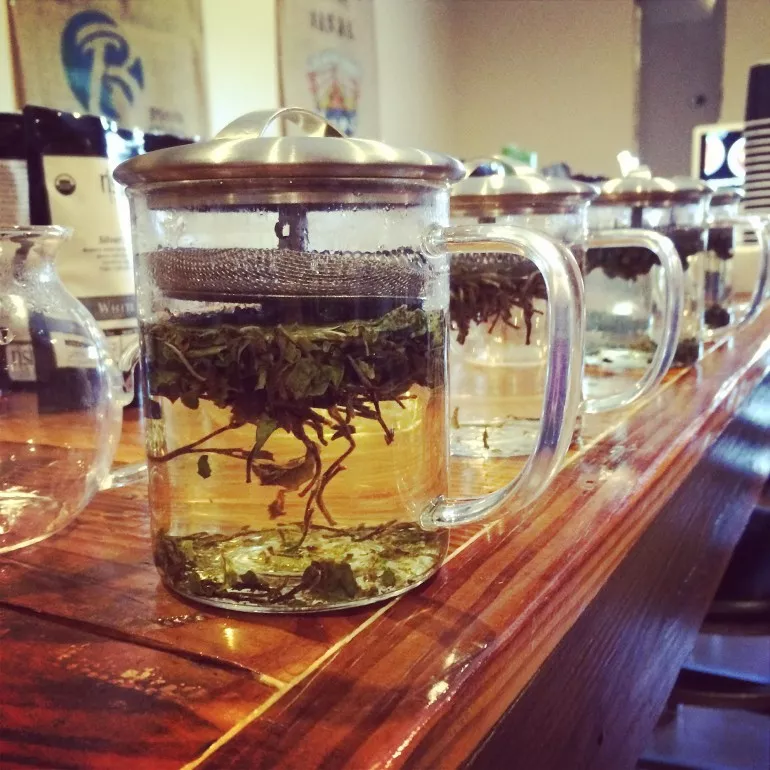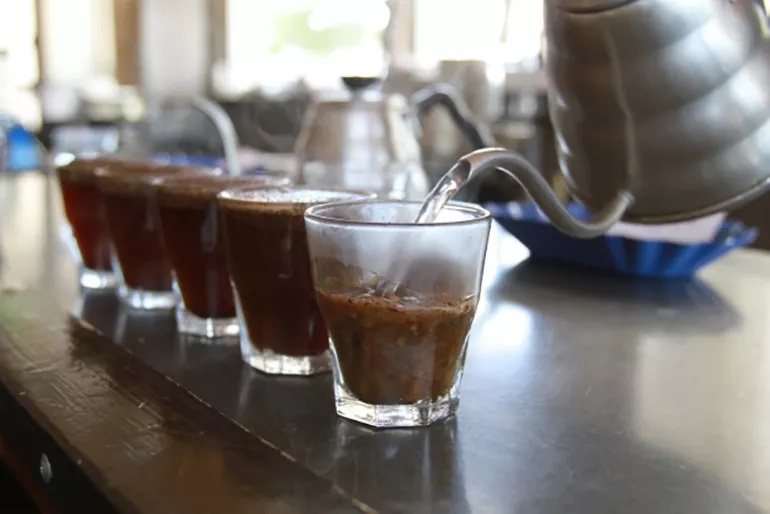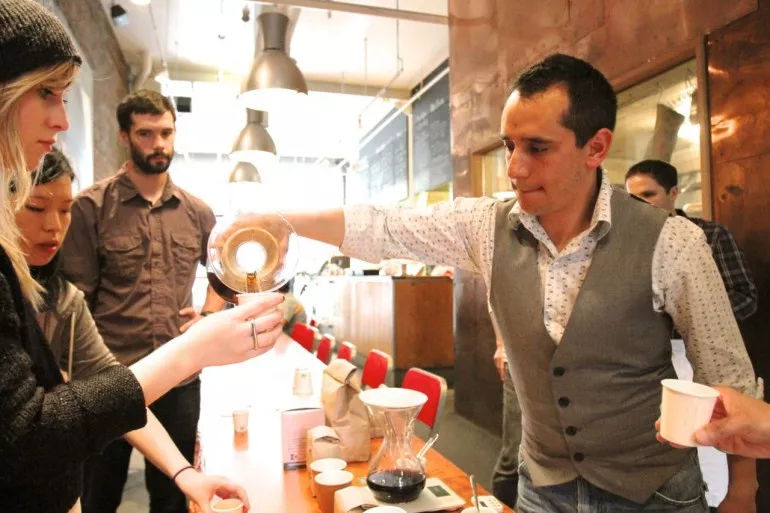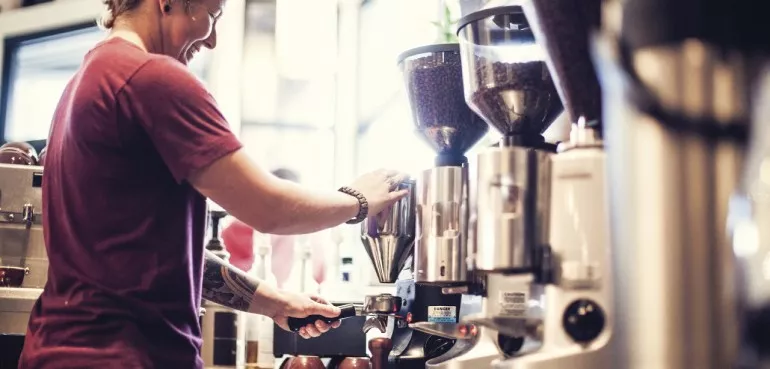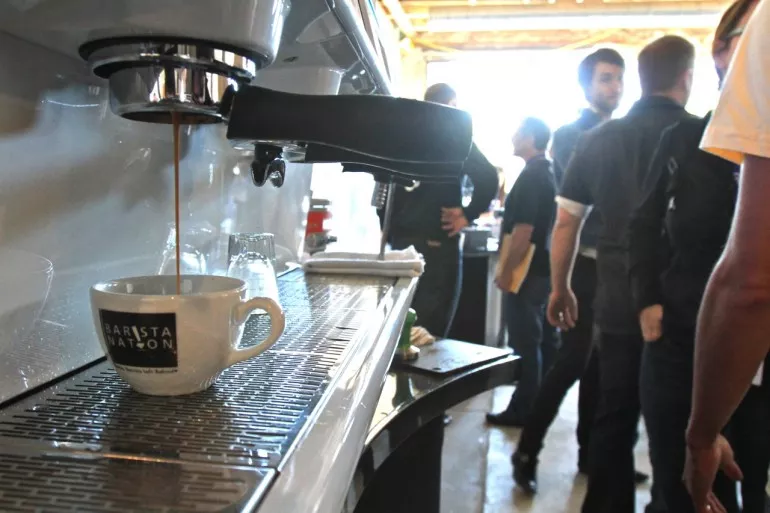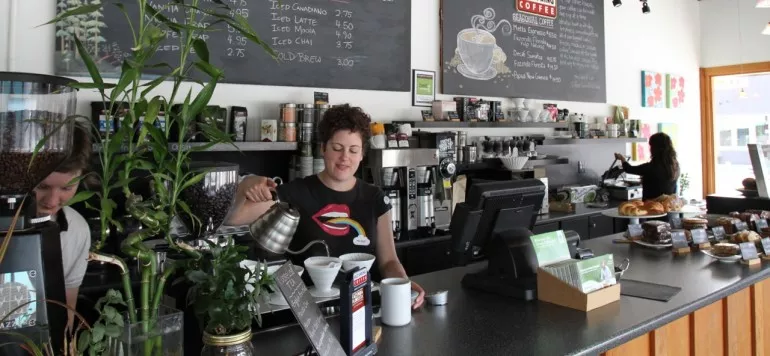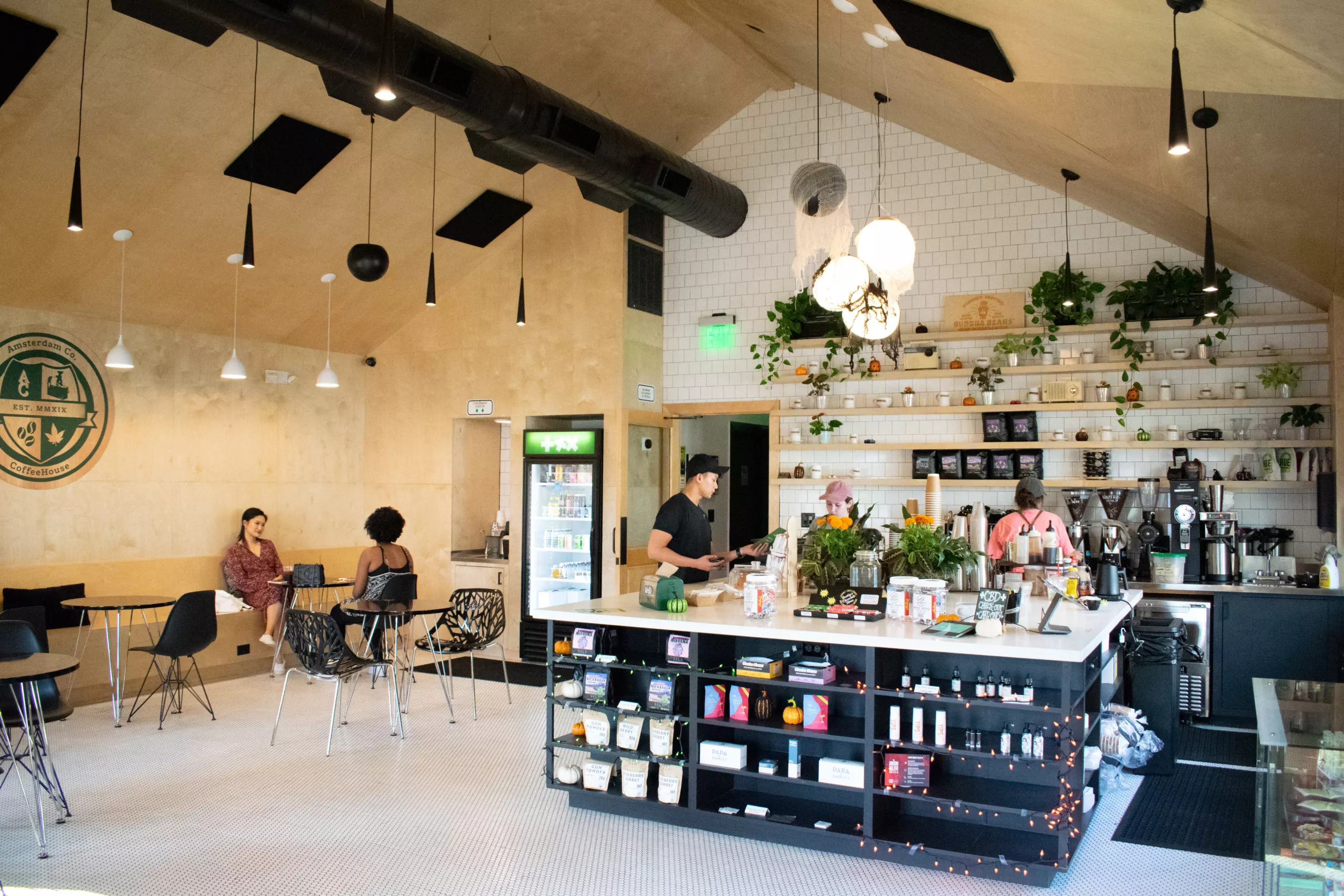
Coffee Shop Design Rules
How do I design a coffee shop?
Dreaming up a coffee shop design is one of the most anticipated steps in the opening process. Many small business owners feel that the design process is where they can leave their personal stamp. It’s where their coffee shop concept comes to life.
The way a coffee shop looks and feels is important. But there’s so much more to coffee shop design than mid-century furniture and exposed brick walls. Remember: your coffee shop design and layout must consider many crucial elements of running your business:
- Your coffee shop business concept and plan
- Coffee and espresso equipment
- Your baristas’ work area behind the bar
- Menu items
- Customer flow, lines, and payment process
- Seating areas
- Cleaning, safety, and function
In our 3-Day Business Master Class, we give our students sample layouts, equipment lists, and design strategies. Here are a few of the coffee shop design rules we encourage coffee shop owners to stick to.
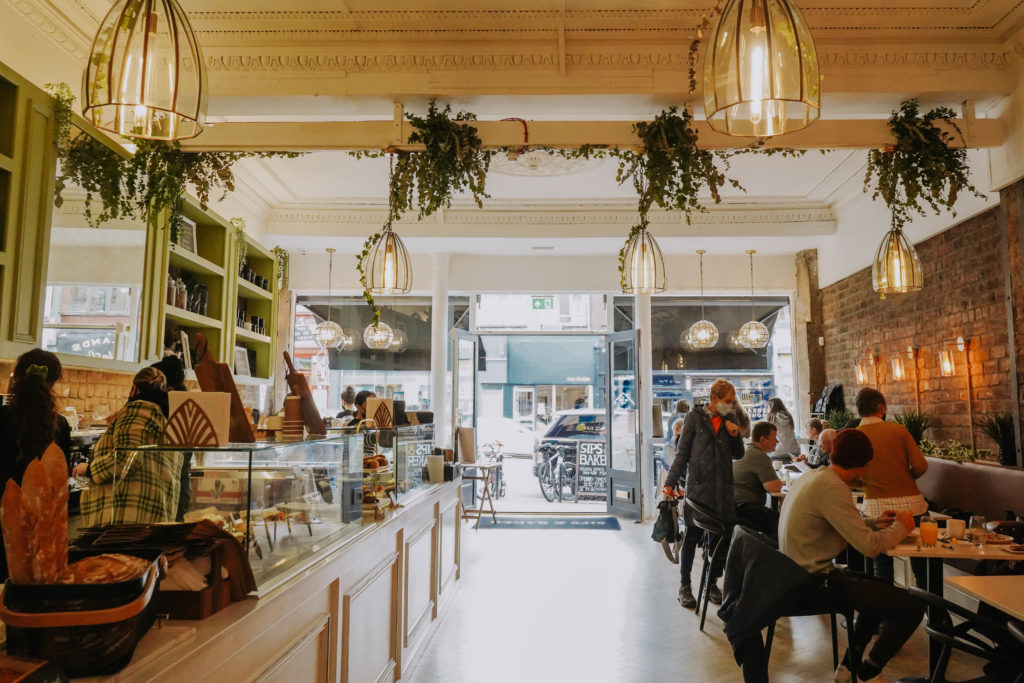
6 Rules for Coffee Shop Design
Choose a location based on profitability, not aesthetic
We’d like to tell a story about a student who went through our class. She called us shortly after the class to come out and look at the “perfect” location. It was a beautiful space with bright windows, soaring ceilings, exposed beams, and brick walls. But there was one major problem: the location wasn’t at all suited for her target customer: busy parents and their young children.
She was choosing a space based on how it looked, not the profitability of the location for her coffee shop concept. We encouraged her to look at locations near densely populated residential areas, better suited to the needs of the young families she hoped to serve (parking, drive-thrus, convenience proximity to home.)
Before committing to a space because you like how it looks, consider its potential profitability based on:
- Drive by and walk by traffic
- Cost per square foot
- Nearby businesses
- Proximity to large numbers of your ideal customers (families, commuters, work from home professionals, or large organizations like hospitals, schools, and businesses)
Hire professionals throughout the process
To save you time and headaches later, we encourage coffee shop owners to hire professionals. Use a realtor to find a space, and architect to help you design it, and professional contractors to take on the build out. It’s worth investing in professional experience up front so your coffee shop functions effectively in the long term.
Start with the menu

Don’t design your floor plan until you’ve gotten a handle on the menu. Your menu will dictate what large equipment items you’ll need.
In addition, the menu can dictate your customers’ experience. What are your operating hours? Do you anticipate customers to bring a laptop and stay throughout the day? If so, you’ll need to sell them more than a latte and a muffin. And, you’ll need to furnish your coffee shop to anticipate the needs of your ideal customers–whether they’re sitting at family-sized tables, individual work stations, or taking their drink to-go.
Design your coffee shop for function first
Before you start picking paint colors, make sure to design the coffee shop to be functional. Here are some important considerations for your coffee shop layout:
- Start at the back of house (kitchen and bar area) and move forward. You need to leave enough space for equipment, working areas, and storage for inventory
- Design the work area so employees don’t have to cross paths often. Ideally, you want your employees to be able to spread their arms out, rotate, and touch everything they need to do their job. Having to frequently run back and forth is inefficient, and potentially dangerous.
- In the kitchen and bar area, counters and backsplashes should be a smooth, non-porous, wipeable surface to meet health code for cleaning (check your local requirements in detail!)
- Consider the flow of traffic through your coffee shop, including where customers will order and pick up their orders. Make sure there is enough space for lines to form without crowding other customers.
- Instead of large communal tables, place two-top tables side-by-side so they can be pushed together for larger groups, then separated back out to create more seating for different groups. (Nobody wants to sit together with strangers now more than ever)
- Drive-thru and to-go window service in specialty coffee shops are here to stay even into the post pandemic world! This is a consideration of major importance now that consumers have grown accustomed to this convenience and experience. We’ve got word that numerous large chains have no plans to open any more shops without drive-thru or walk up window capabilities.
Create your coffee shop design with a customer in mind
Always make design decisions from the customer’s perspective. That’s why it’s crucial to have developed a well-thought out concept and business plan before you start designing. You need to understand exactly why your ideal customer is coming into your coffee shop in the first place. What type of seating will they need, if any? Are they more likely to come in alone, or as a larger group? How long do they plan to stay?
Also, avoid common furniture mistakes. You may find a couch that you think is cozy and fun, but remember that customers aren’t likely to cozy up to strangers on a couch. It takes the place of what could be more seating.
Create a unique aesthetic
It’s finally time for the finishing touches. You want your coffee shop to have it’s own unique aesthetic that’s functional, different, and completely fit for your ideal customer. Here are some design considerations:
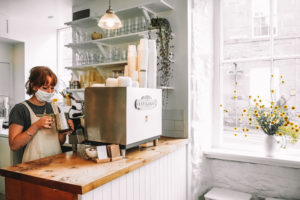
- First Impression: First impressions are important, even to coffee shops. Make sure your design is communicating what you’d like it to when customers first come through the door. What will they see and feel? How will they describe it to friends? Spend time thinking about the impression you’re making.
- Lighting: Good lighting is critical to setting the atmosphere. From planning for natural light with large windows or mood lighting with chandeliers, sconces, and lamps, your lighting choices can truly change the experience.
- Seating: How will you lay out tables and chairs to best accommodate the needs of your customers and fit your space? This is where working with professional designers can be especially helpful–so you can choose furniture that makes the most of your space.
- Big Statements and Small Accents: Make the space your own with big statements or small design accents. We love coffee shops that communicate a clear and unique concept. (We think it’s so much more effective than just imitating what the trendy coffee shop down the street is doing.) What themes, art, or accents will truly speak to your customer, and how can you bring those into the design?
- Spaces: Does your coffee shop serve as more than one thing? We have students who have incorporated surf board rentals, vinyl record sales, motorcycles, local artists, and more. Be thoughtful about how each individual space will function for your customers to set your coffee shop apart.
Learn more about coffee shop design with Texas Coffee School
Learn how to make strategic and intentional design choices with Texas Coffee School. In our 3-Day Coffee Business Master Class, we walk our students through the entire coffee shop opening process–from business concept to finding a location to grand opening. Learn more about our classes here.
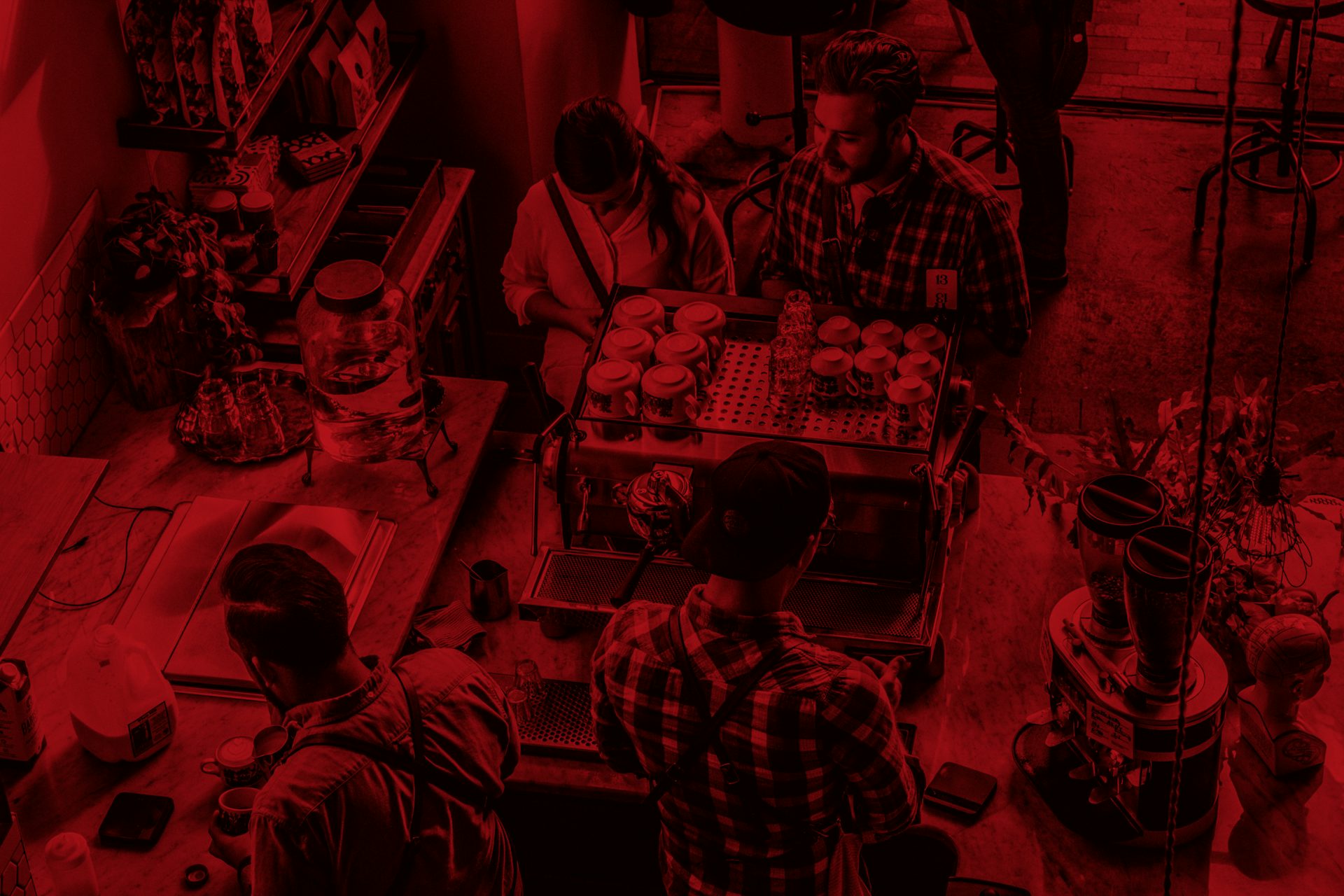
Register for a Coffee Class
The Best Coffee Training Available
We’ve helped hundreds of students successfully launch their own coffee shop businesses. Join us in our 5-Star Rated Coffee Classes, whether you’re an aspiring entrepreneur looking to open a coffee shop, a manager, a barista or home enthusiast looking to sharpen your skills.
